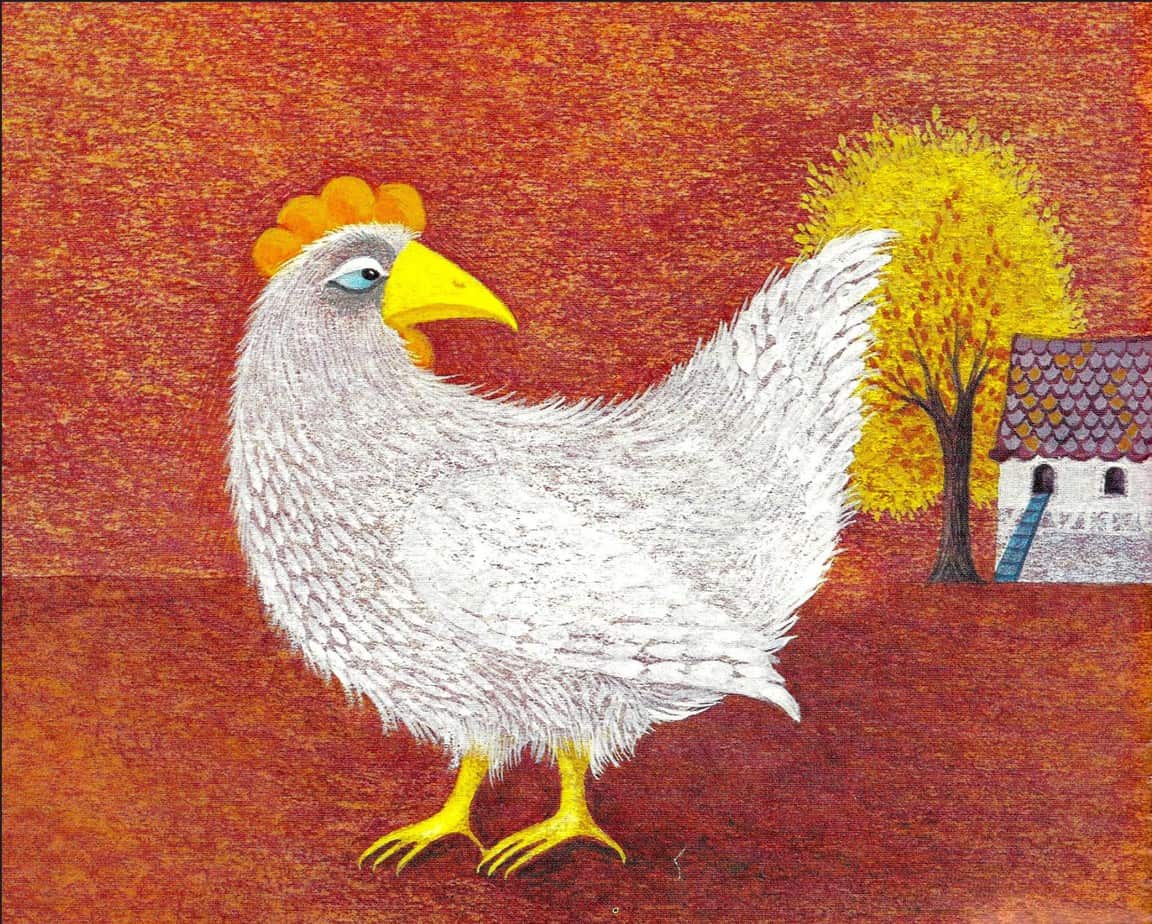TASTES LIKE CHICKEN: A HISTORY OF AMERICA’S FAVOURITE FOOD
This week on A Taste of the Past – author and culinary historian Emelyn Rude traces the history of eating chicken, from the first domestication of the chicken nearly 10,000 years ago to its current status as our favorite meat.
Tastes Like Chicken
Hatched: Dispatches from the Backyard Chicken Movement
Guest Gina Warren discusses her newest book Hatched: Dispatches from the Backyard Chicken Movement, published May 2021 by University of Washington Press. Warren chronicles her experience in starting a backyard chicken flock from bringing home day old chicks, feeding and housing them, and eventually butchering and cooking them as meat. Rather than offering practical advice or a how-to-guide to raising chickens, Warren instead demonstrates thoughtful grappling with what it means to be an ethical eater in a capitalist society.
Warren’s journey with ethical eating begins as a vegetarian seeking alternative ways to acquire animal protein while causing the least amount of harm to animals and the environment and taking an active role in producing her own food. Warren states her mission clearly: “I chose to increase the overlapping territory in the Venn diagram between what I consume and what goods I can understand as part of a continuous process.” While raising a small flock of egg-laying chickens, Warren interrogates the industrial food system and the cruelties inflicted on poultry. However, Warren is also critical of the backyard chicken movement and the inequities in class privilege it can reveal. The Silicon Valley Tour de Coop brings up some complex paradoxes, revealing that the ability to raise chickens may be a product of privilege, and chicken zoning regulations are largely products of environmental racism and redlining. While raising animals and plants for food in urban areas can be a powerful act of undermining capitalism with agriculture, Warren points out many ways that these are still exclusive and incomplete actions. Similarly, in her chapter about dumpster diving for food to feed herself and her chickens, Warren acknowledges that being white, young, and female – “someone who doesn’t look like they need to be dumpster diving” – protects her in an encounter with the police.
Warren writes with unflinching and unsentimental candor about the end of the chickens’ lives when she teaches a small group of interested learners about humane butchering. Her respect for their lives and pragmatic gratitude for their deaths is moving. The final chapters explore the act of eating meat, and Warren describes some delicious sounding preparations of liver pate, chicken feet, and stir-fried intestines, as well as the pleasure and pride of preparing meals for friends and family that align with her ethical values.
New Books Network
Chickens might seem out of pace with city life, but city dwellers are finding sanctuary and community by keeping chickens, forcing them to slow down and consciously engage with the city. In cities nature is often seen as supplementary to the primary function of the circulation and production of capital.
Rising with the rooster: How urban chickens are relaxing the pace of life
Catherine Oliver
8th March 2022
Chickens have been (and still are) immensely important to human evolution. No surprise they feature large in art and illustration.
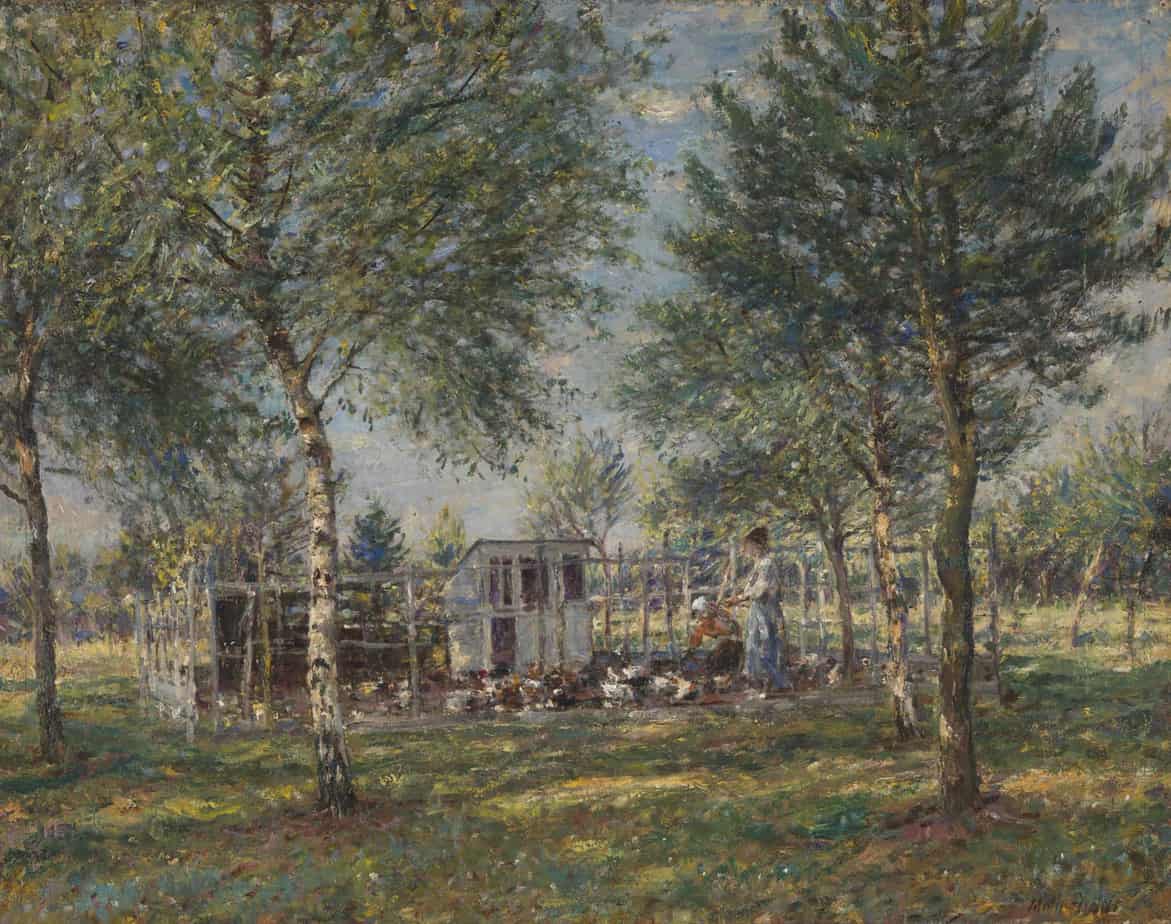
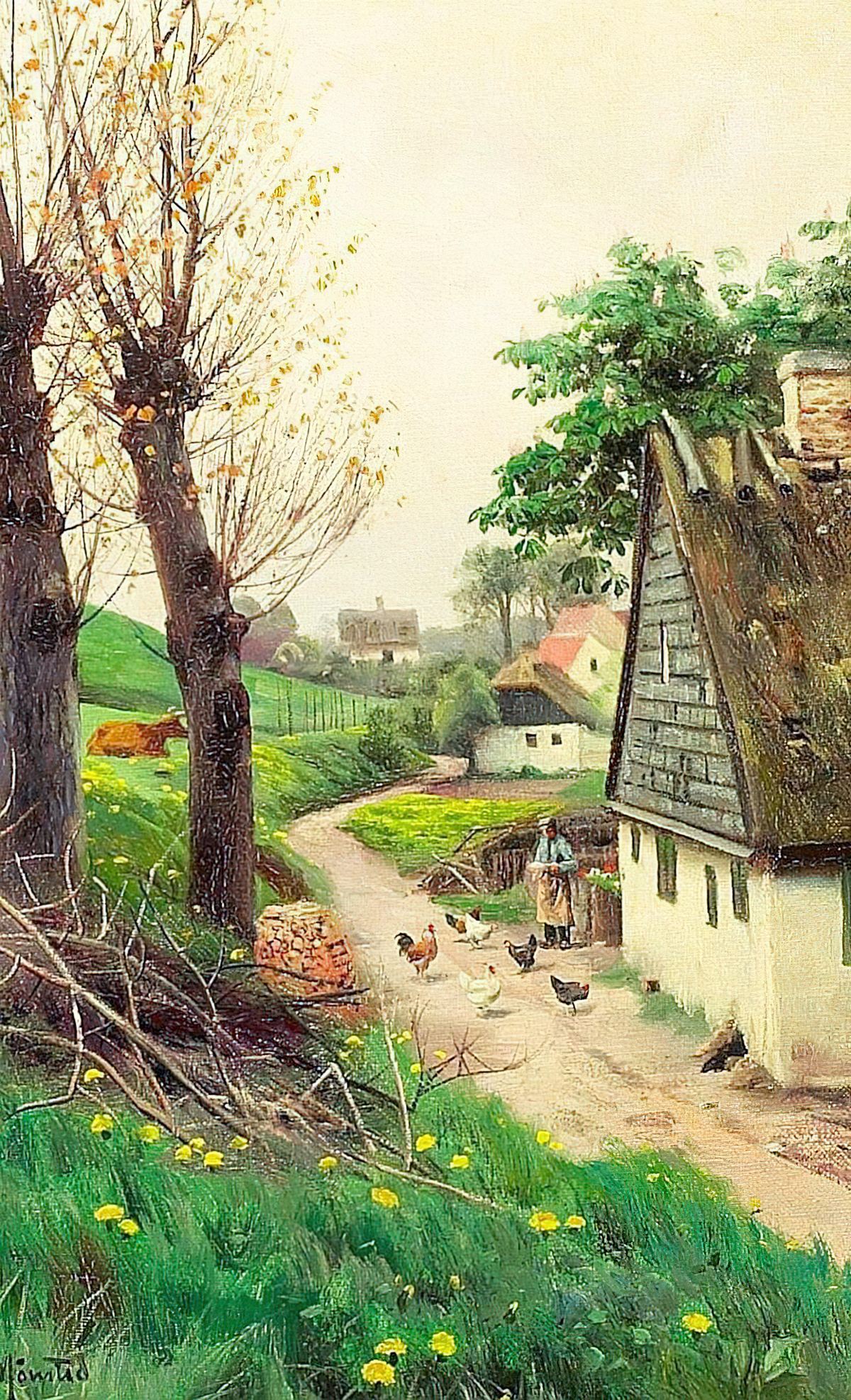
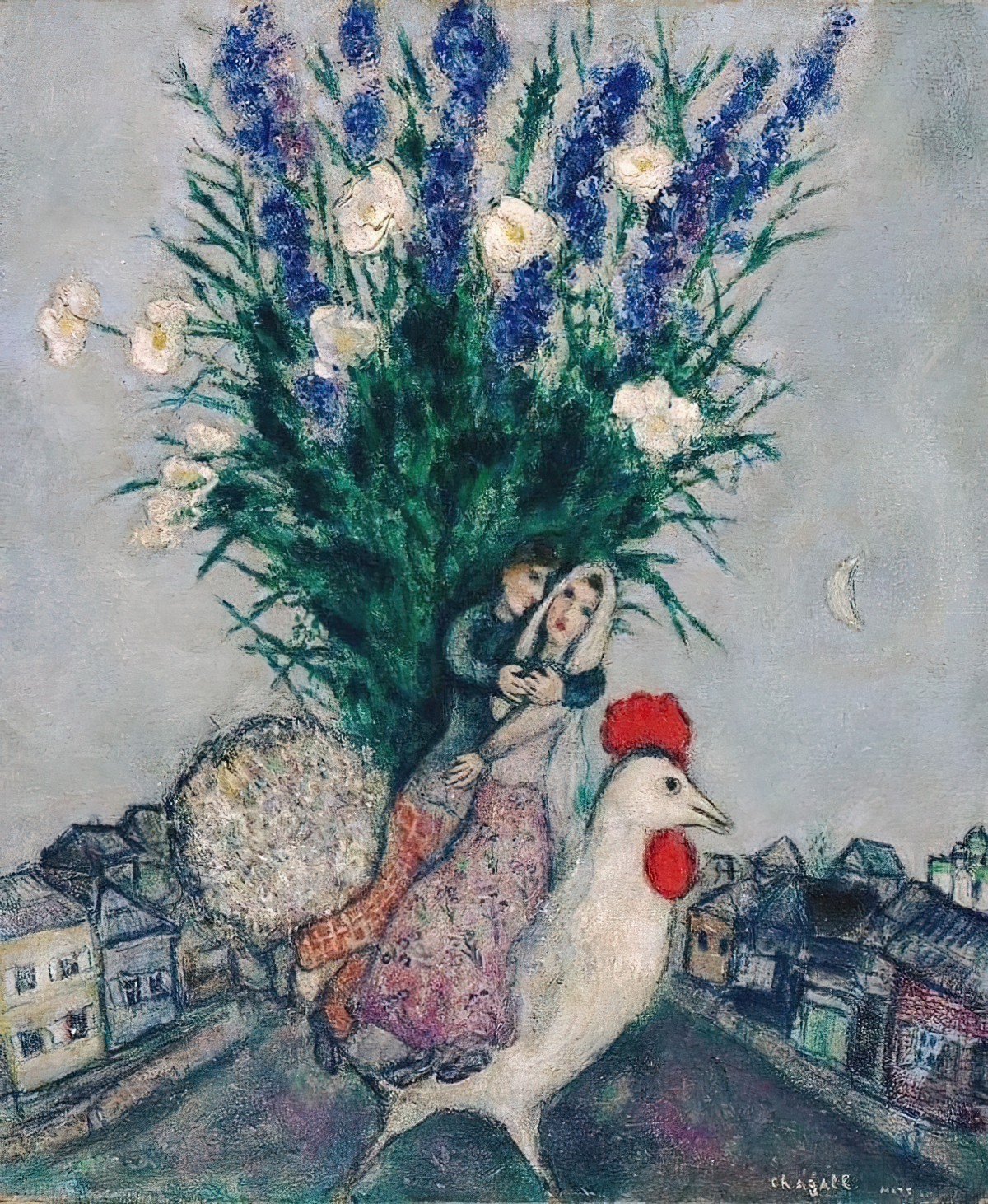
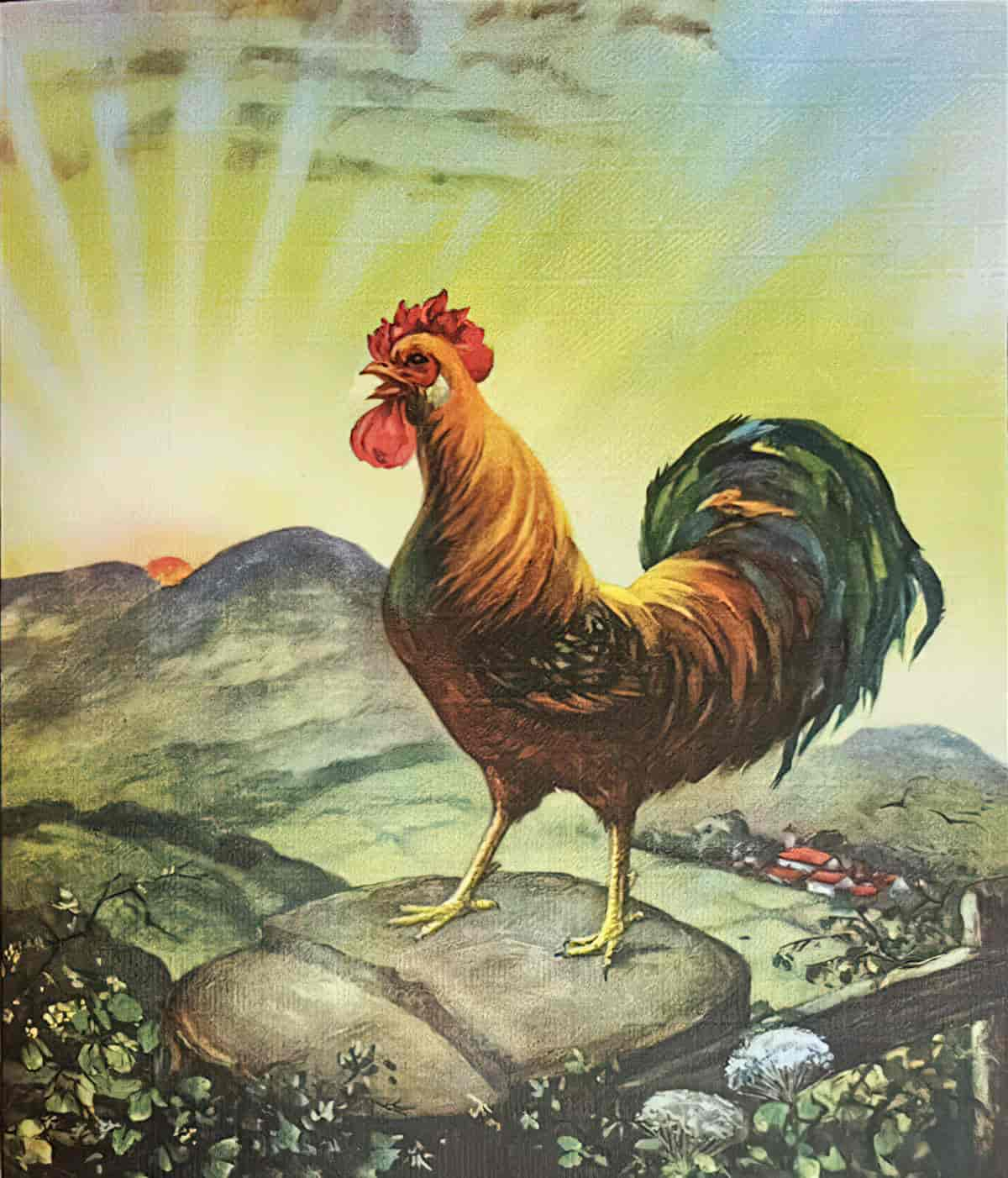
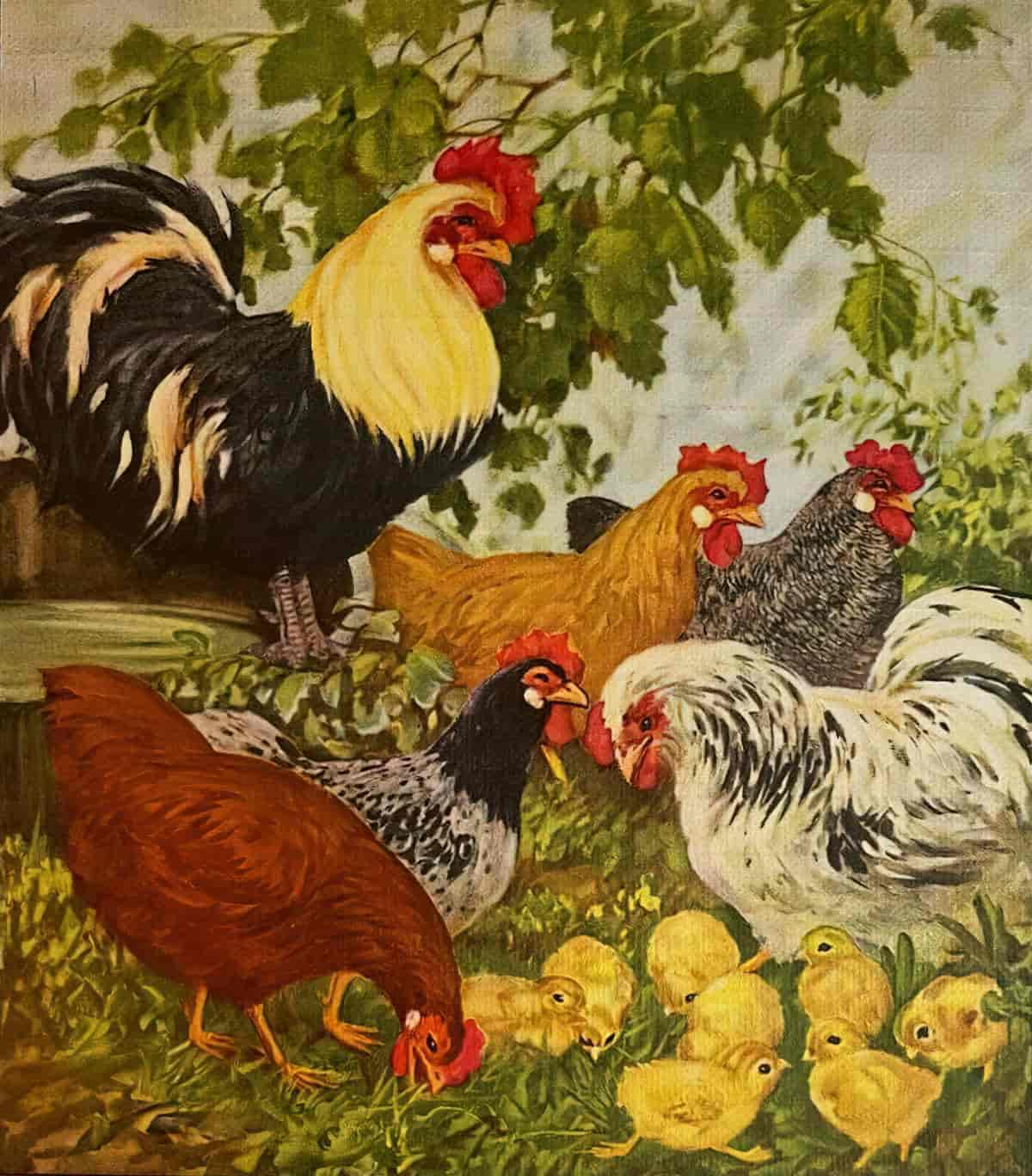
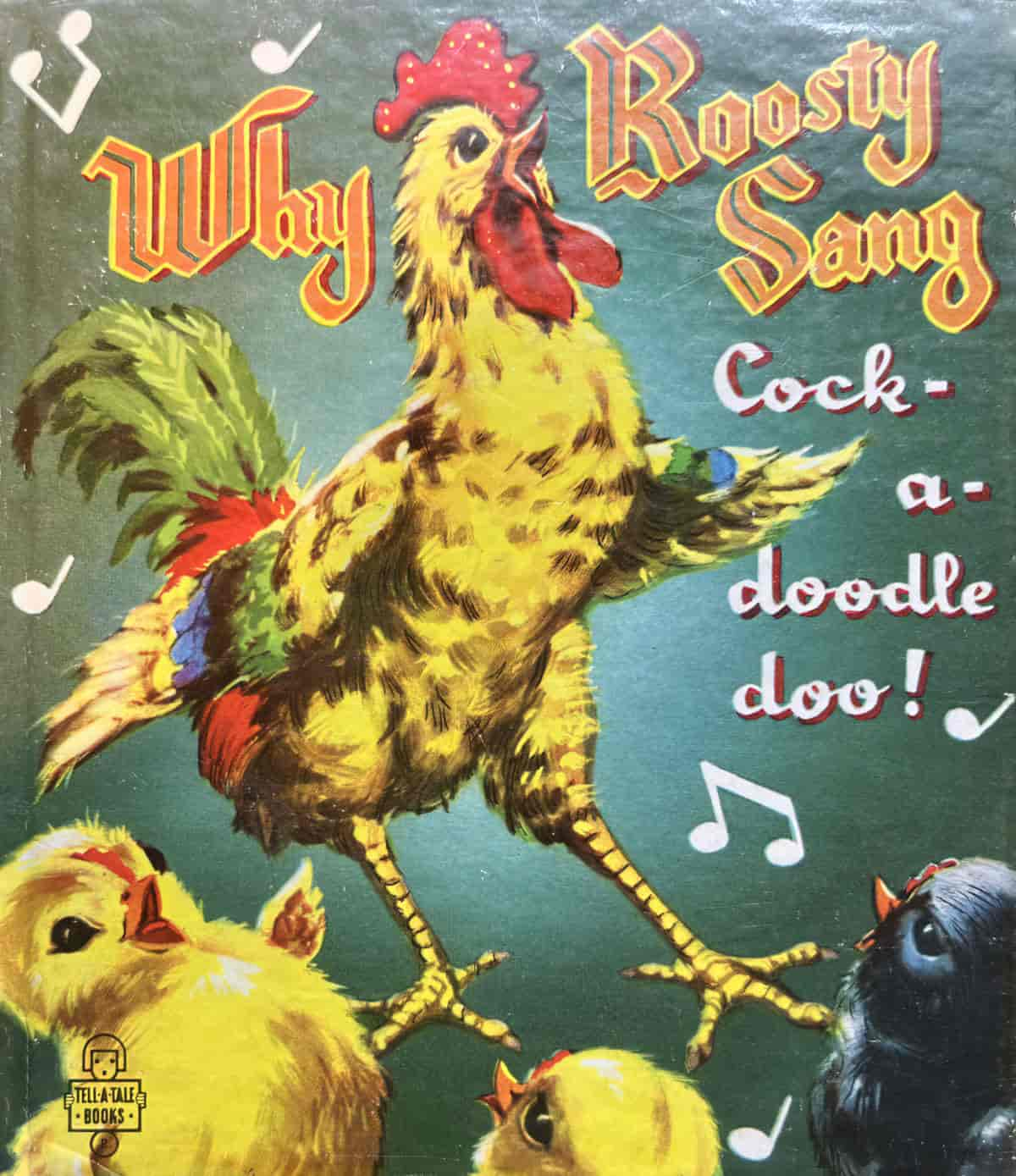
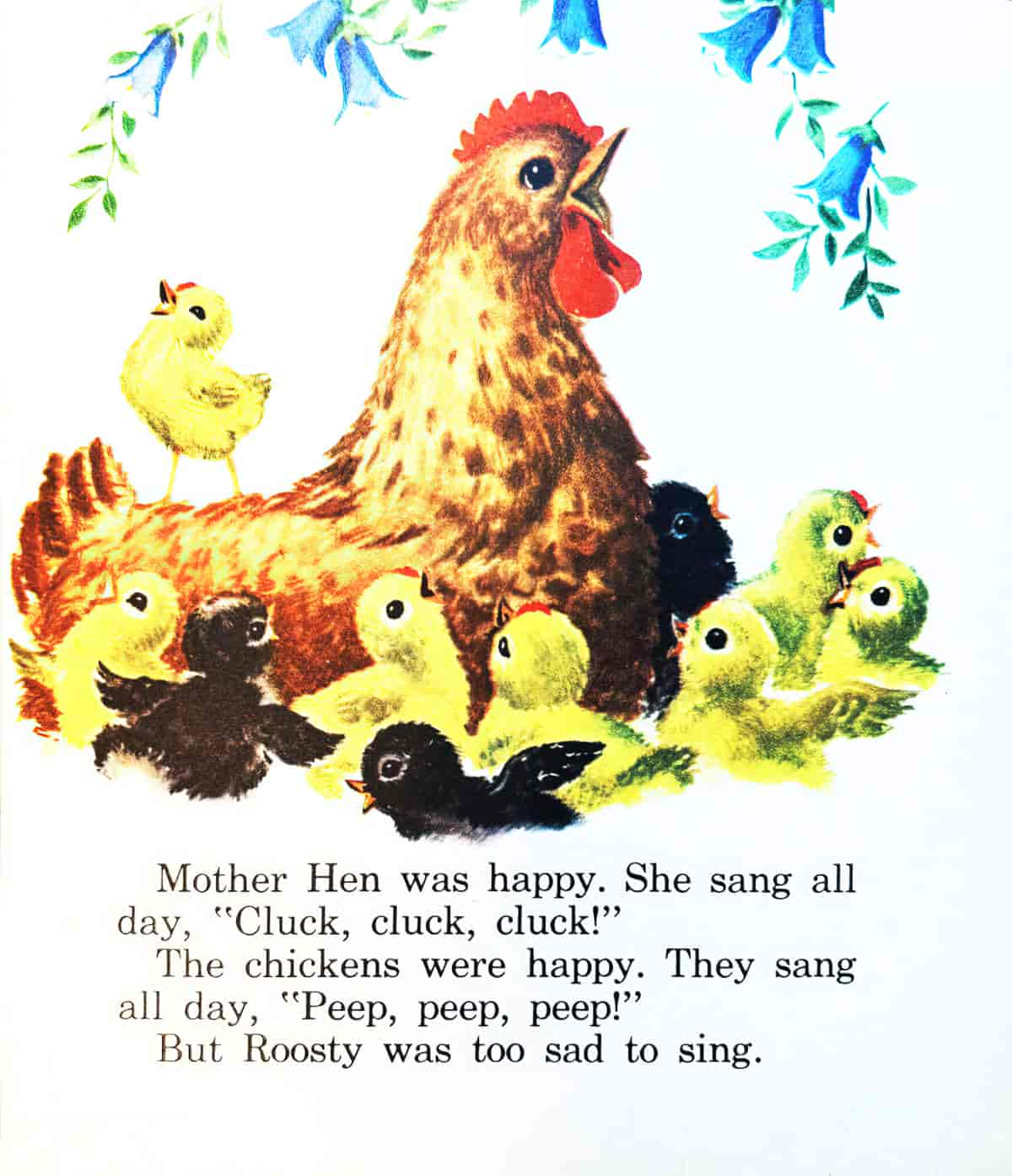
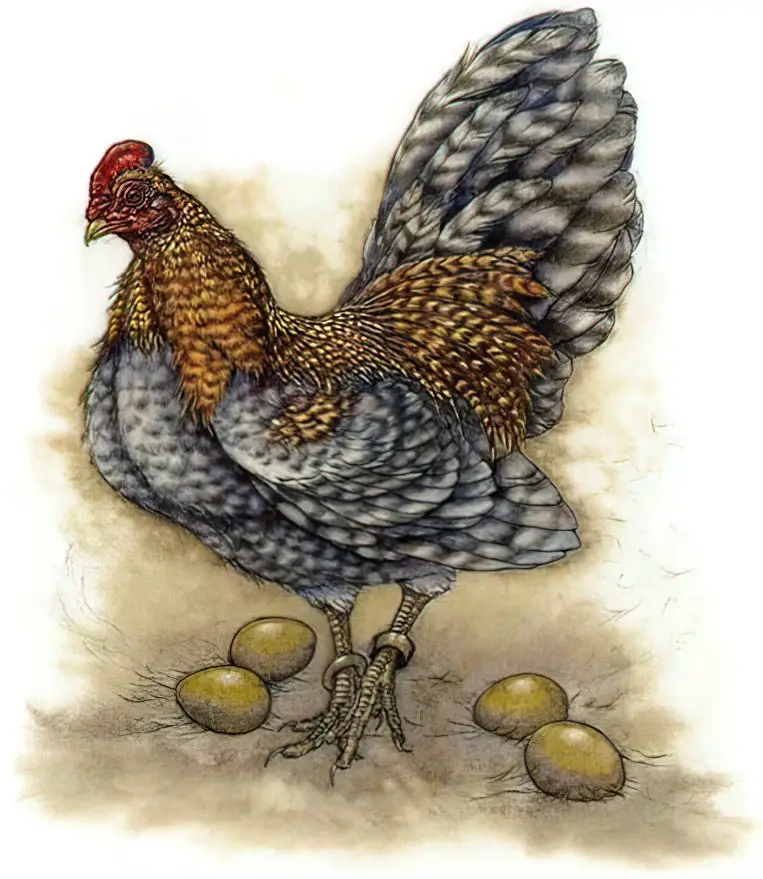
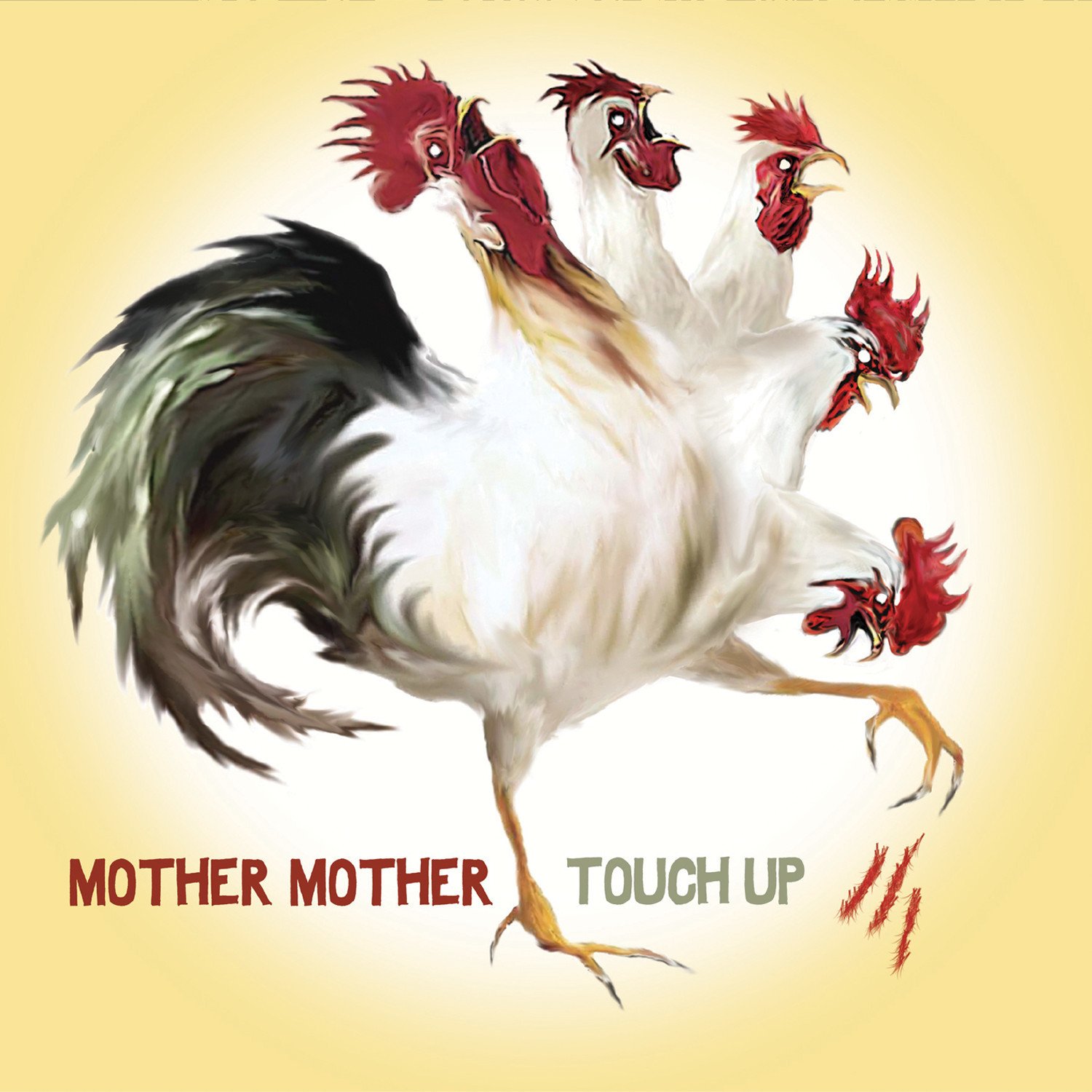
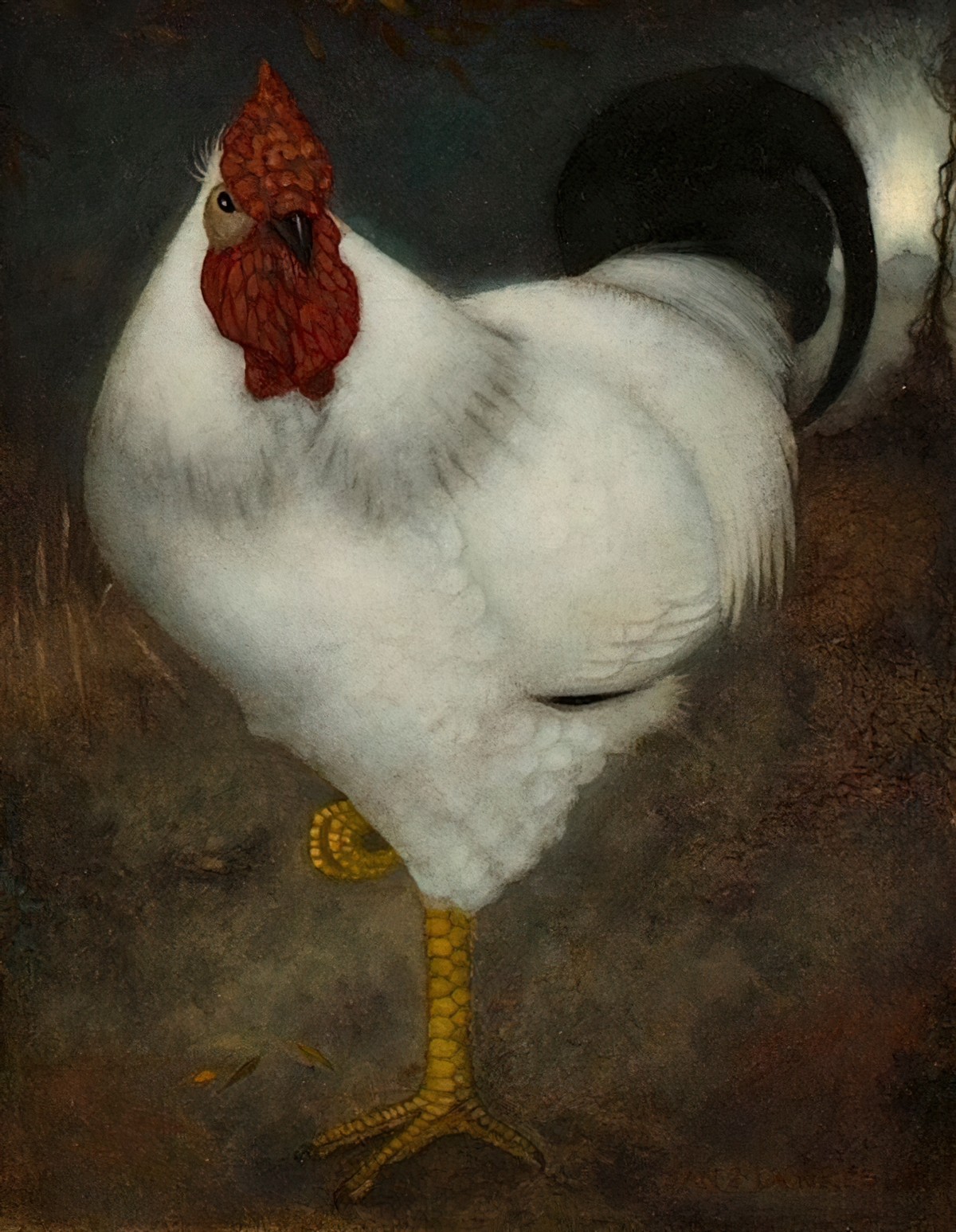
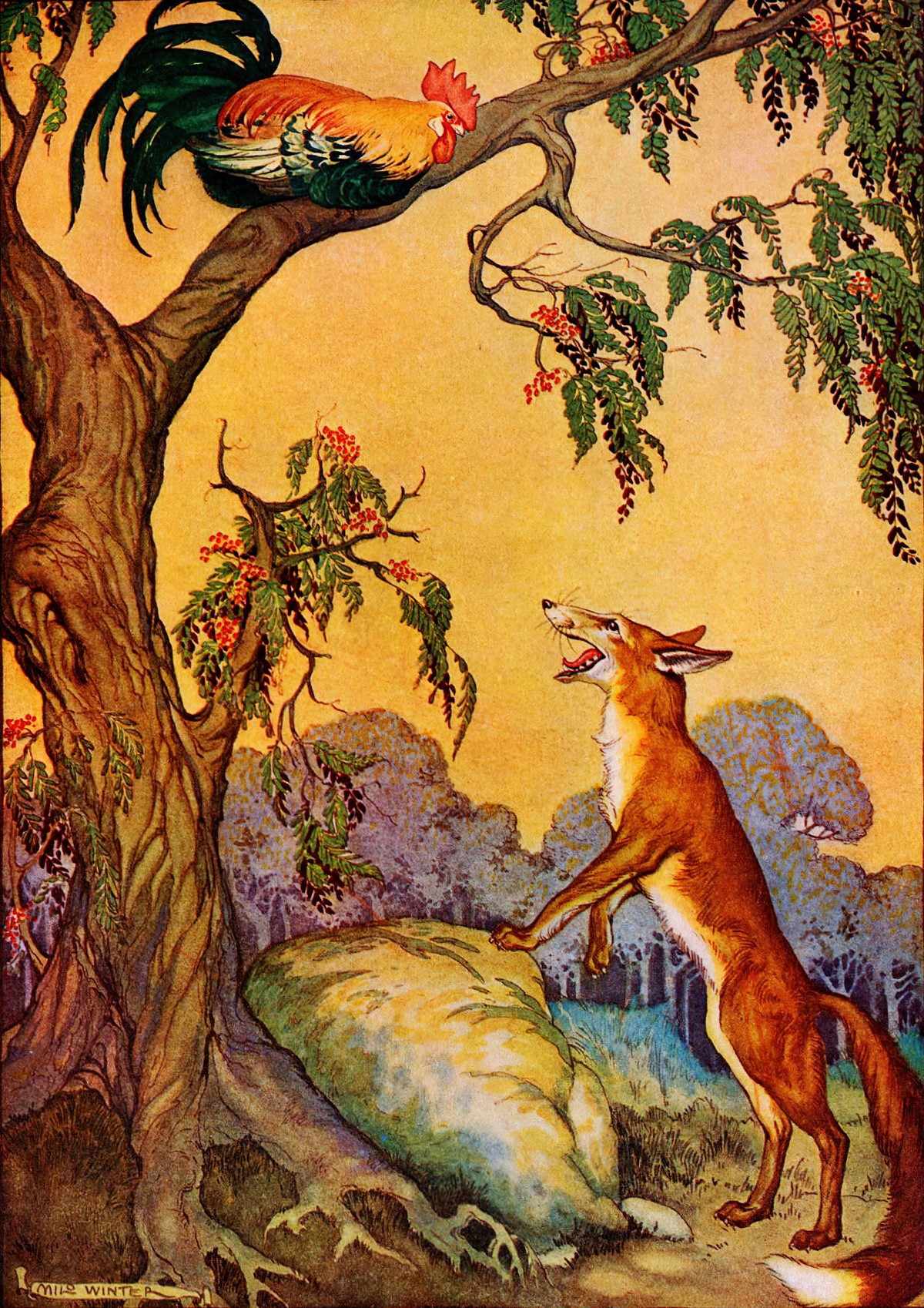
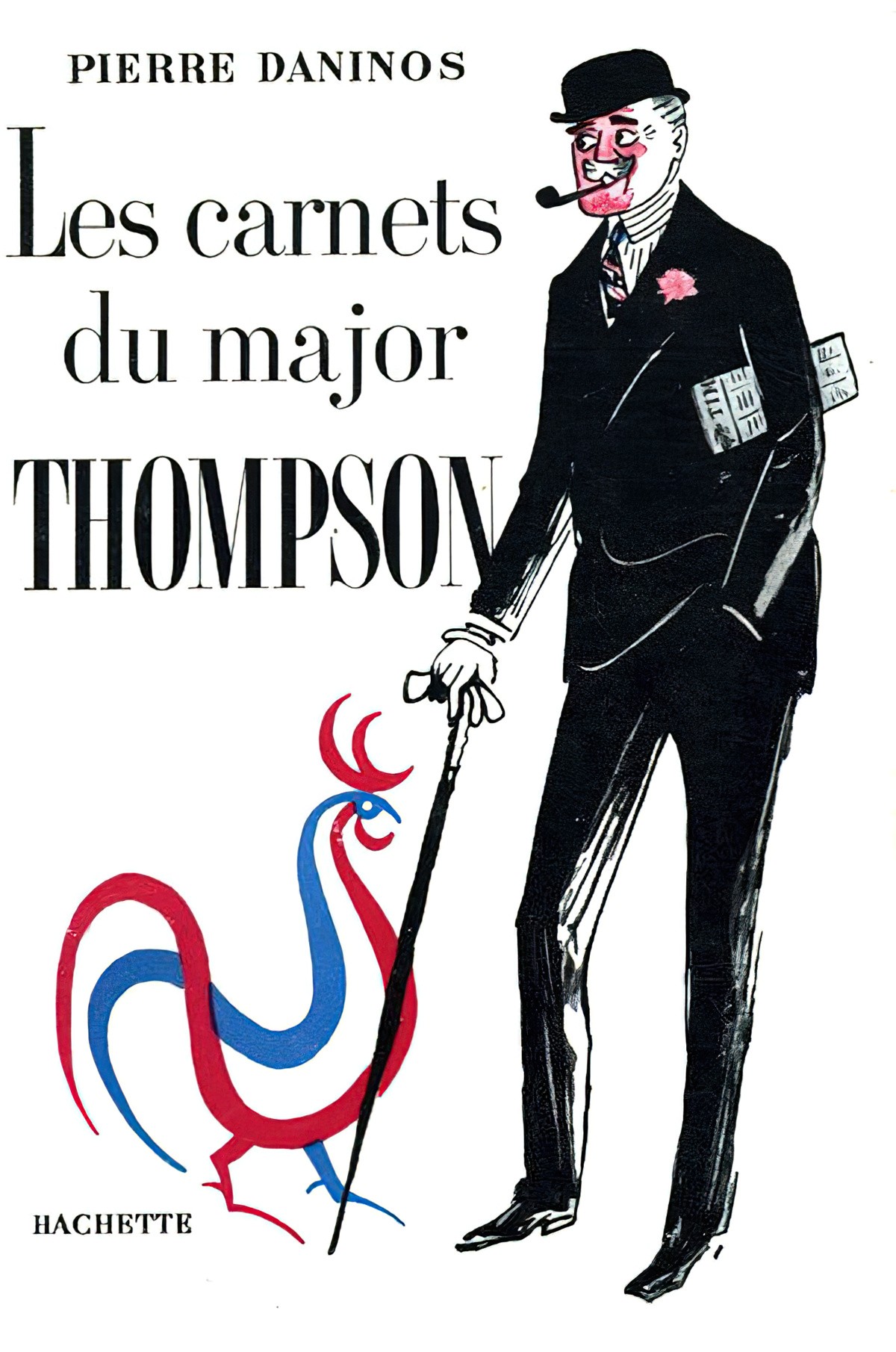
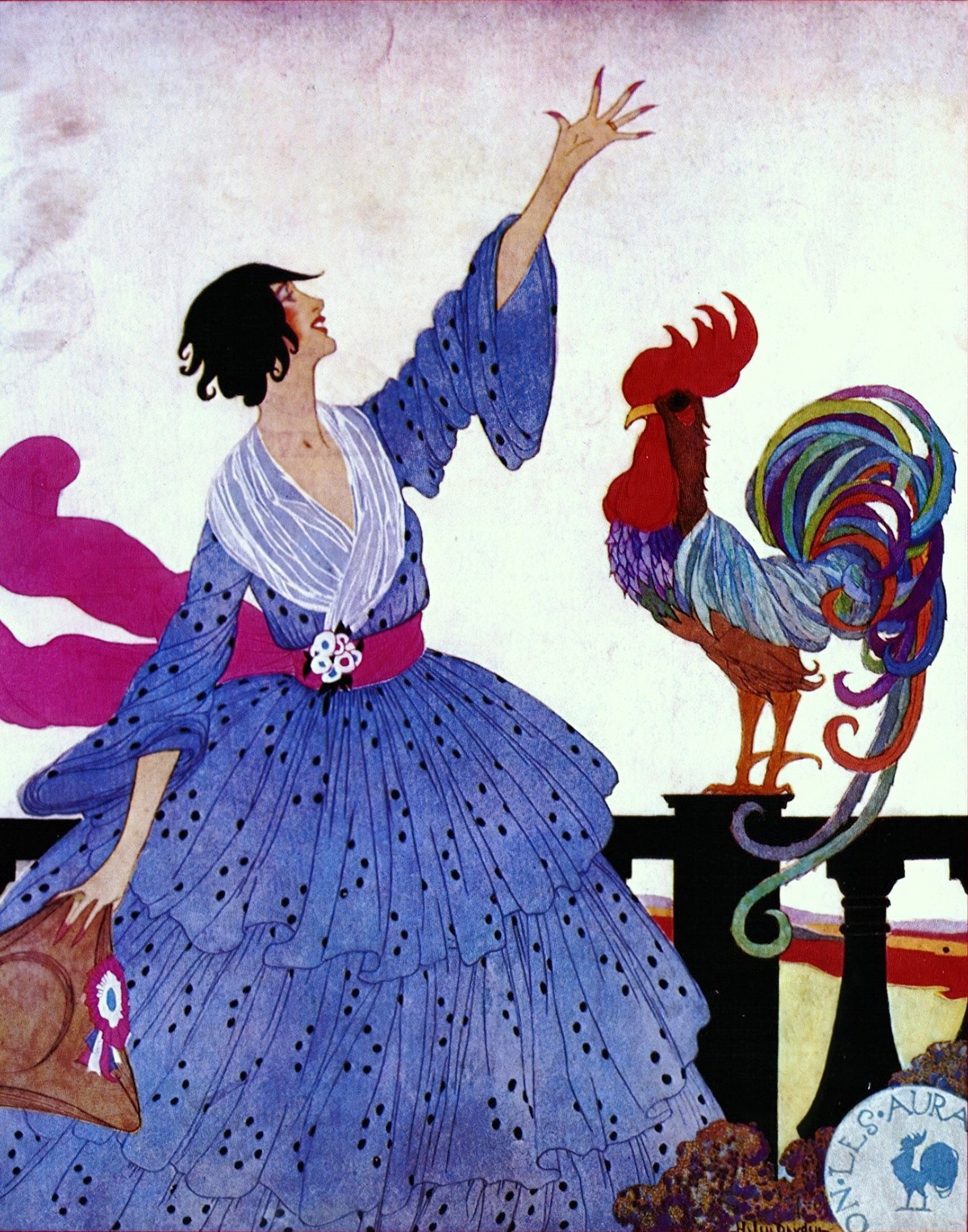
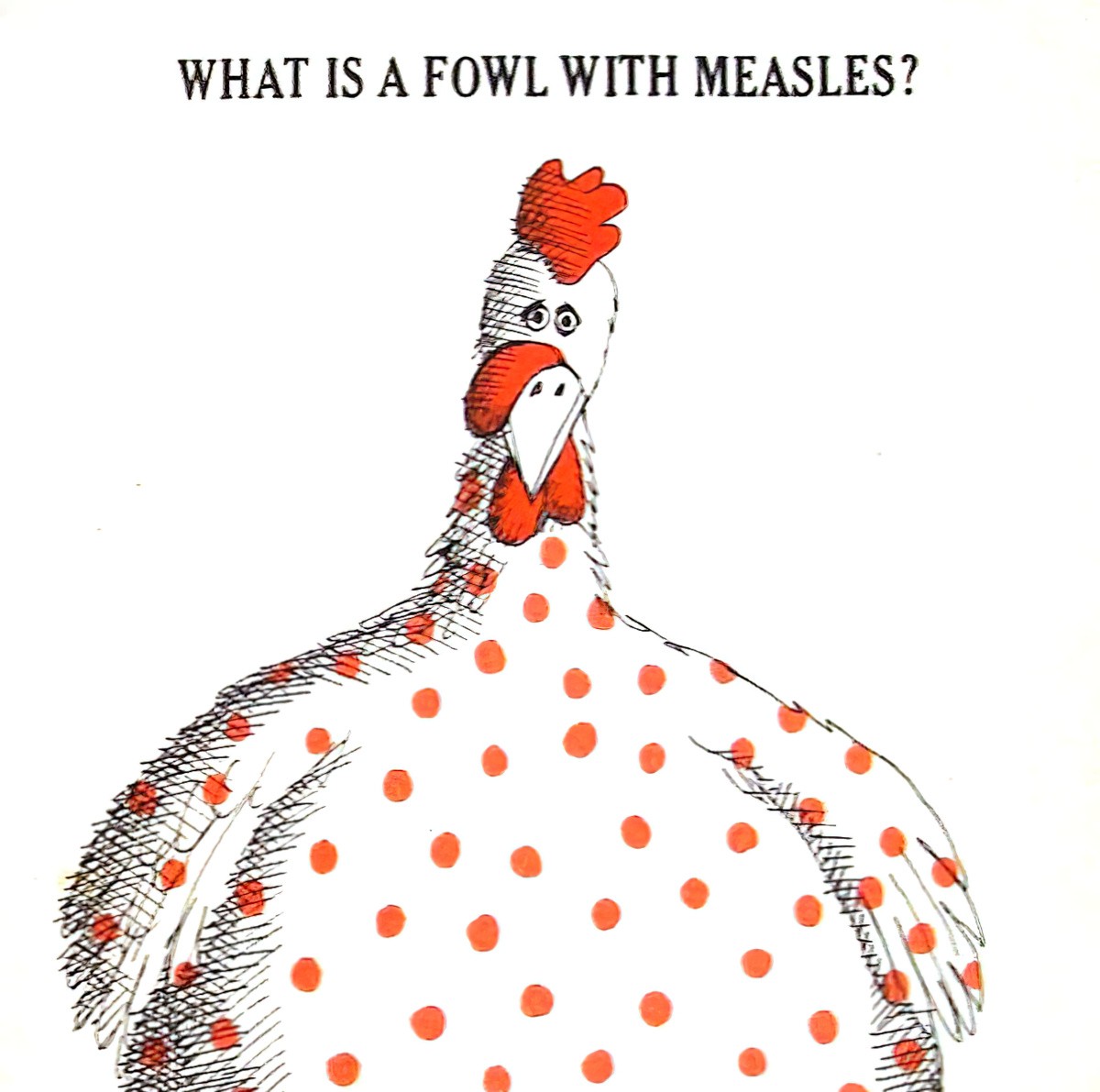
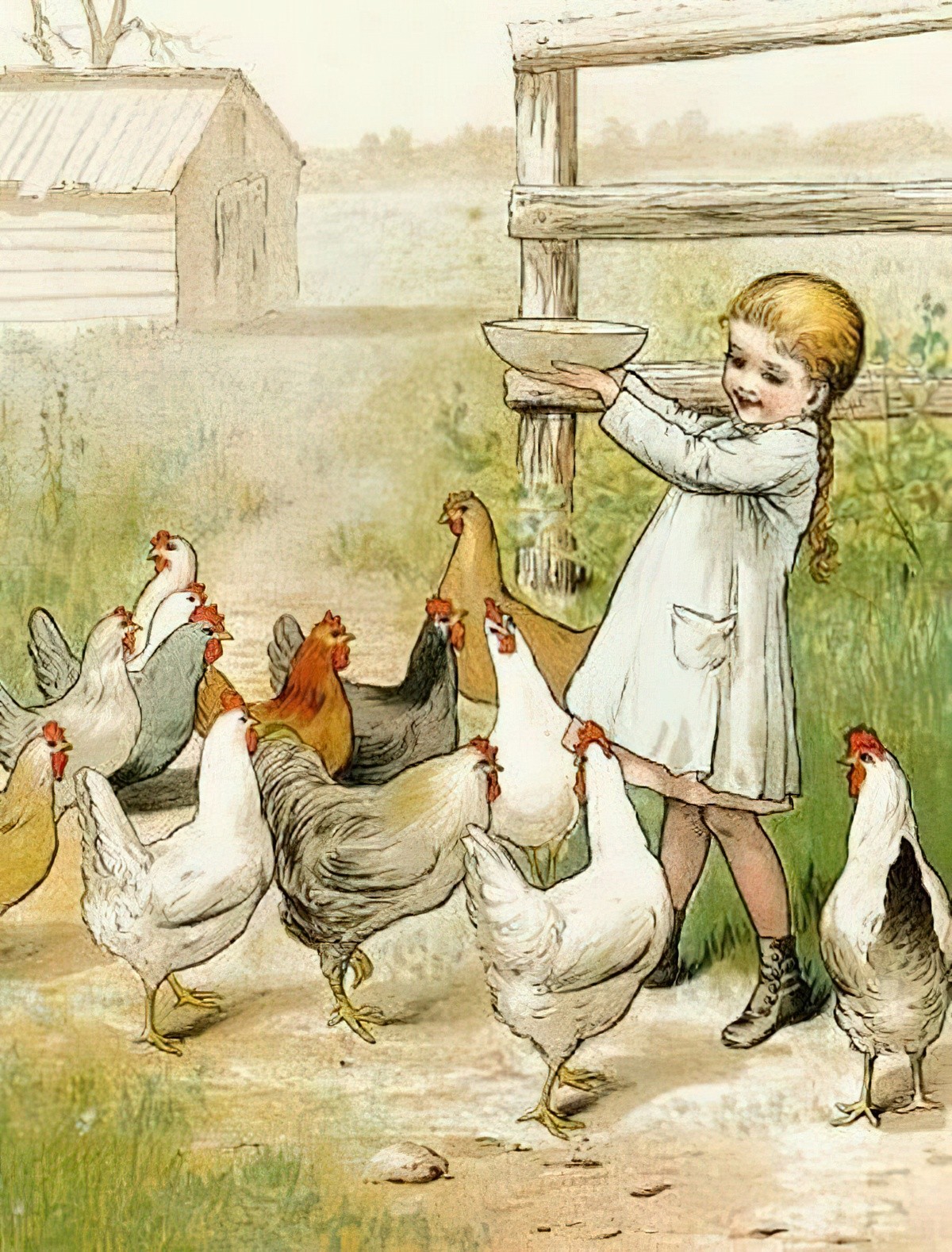
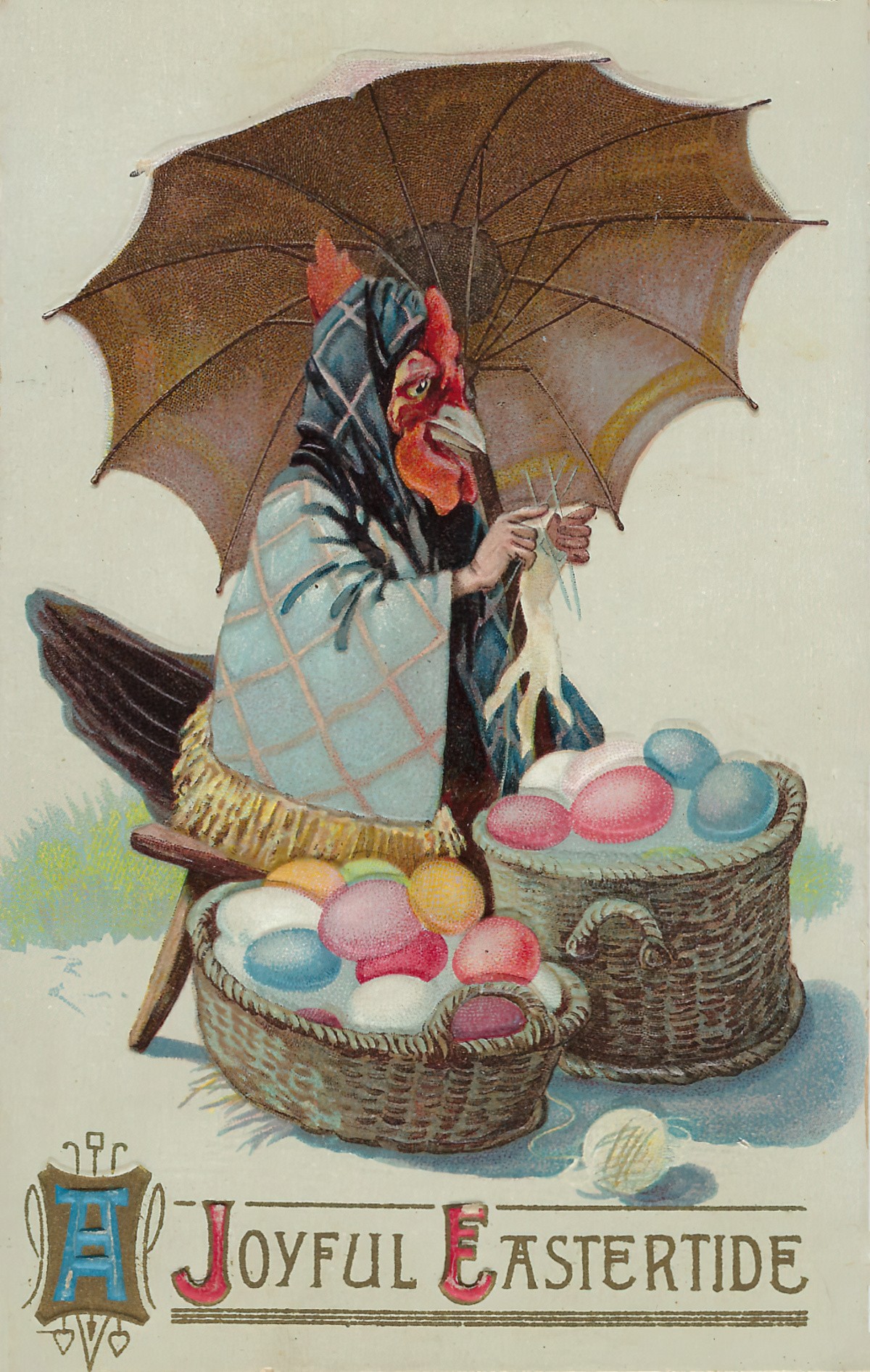
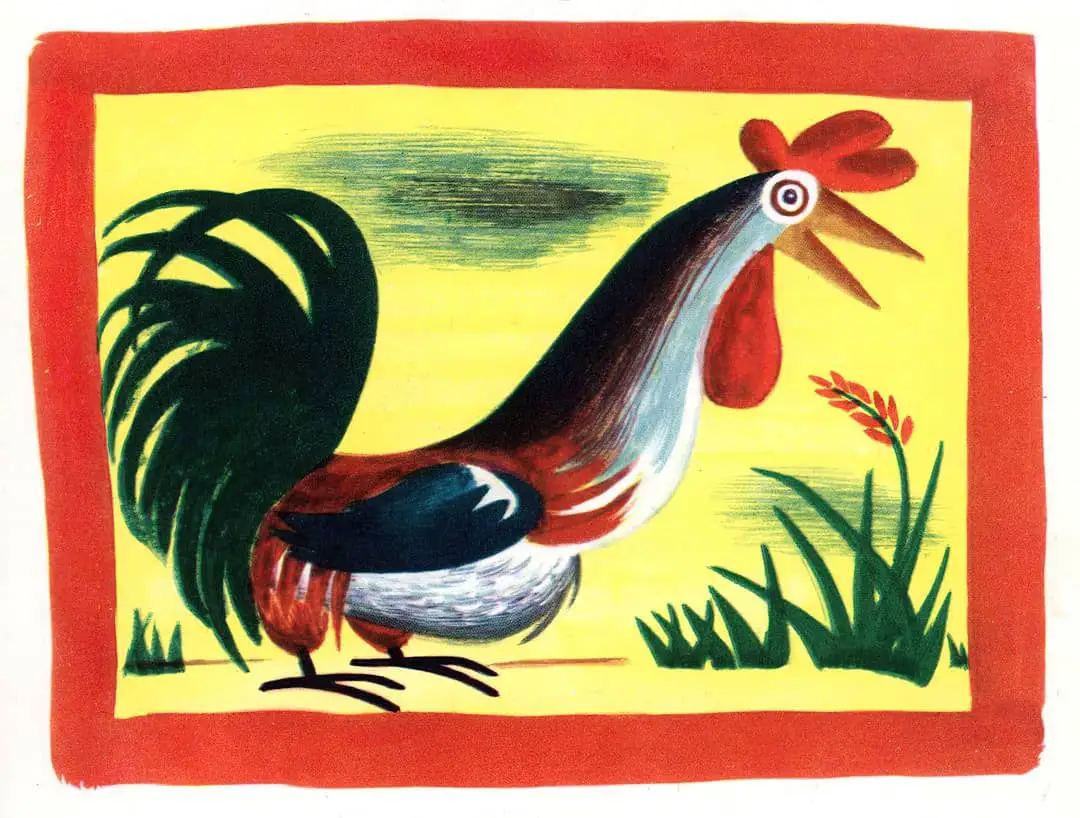
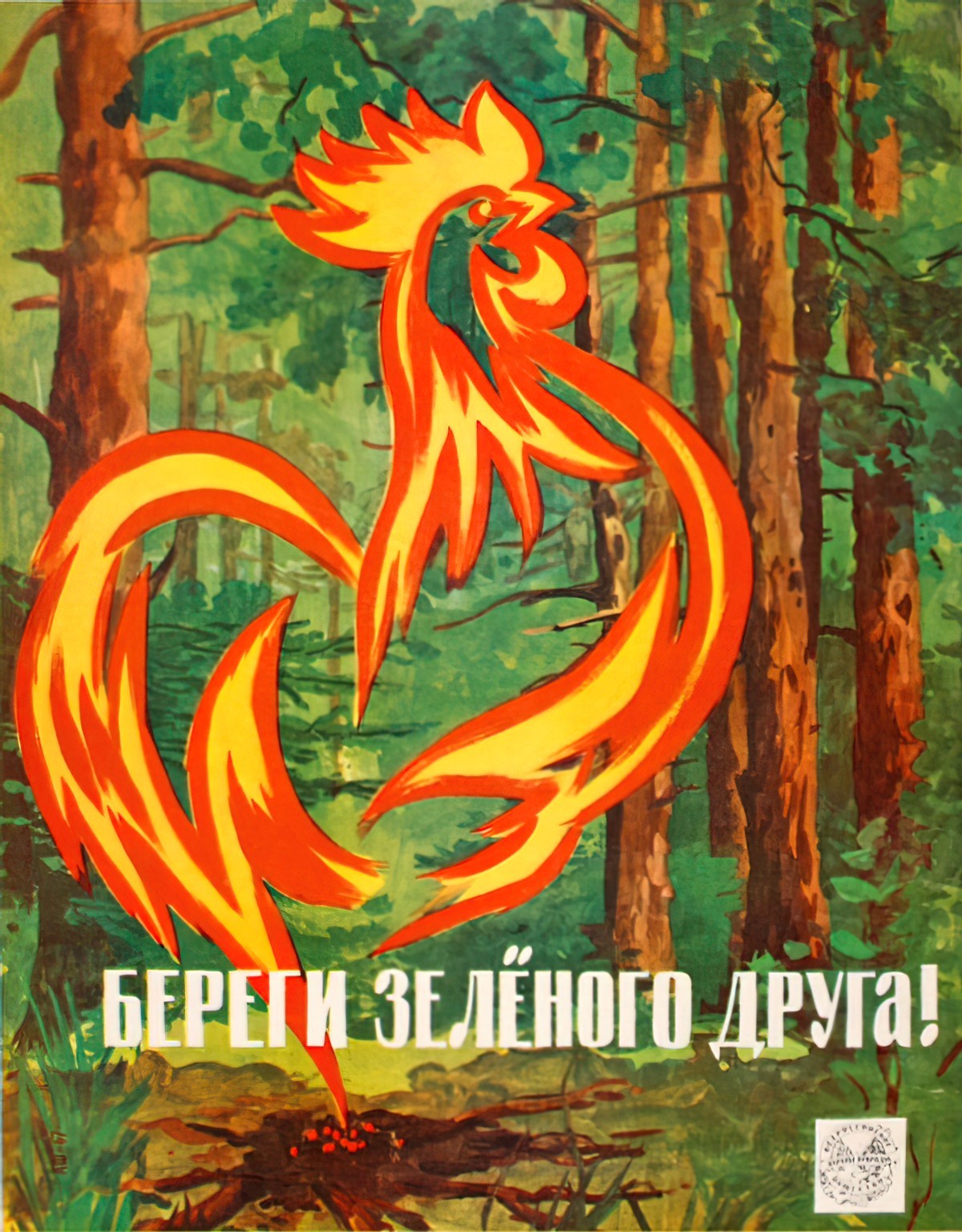
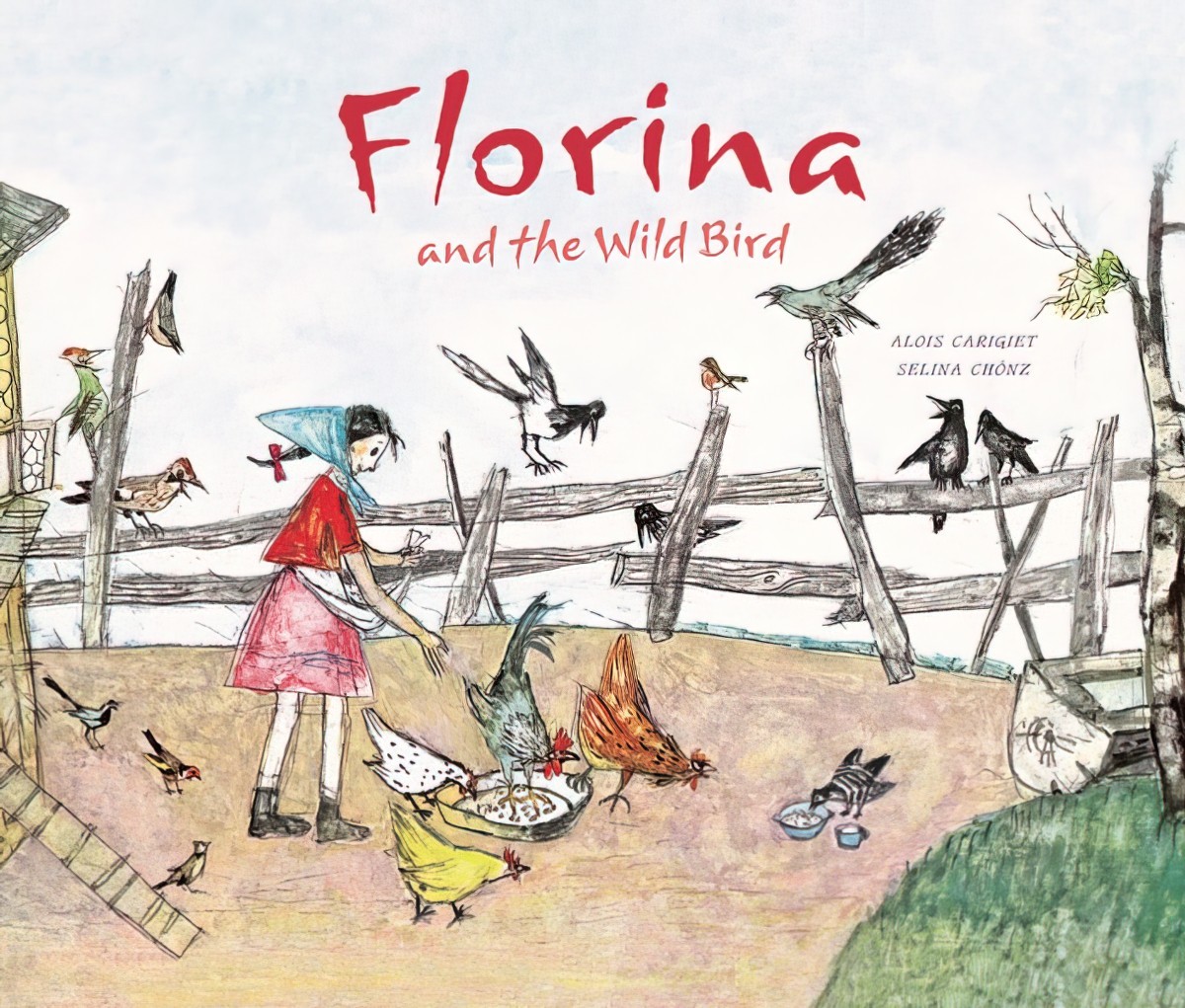
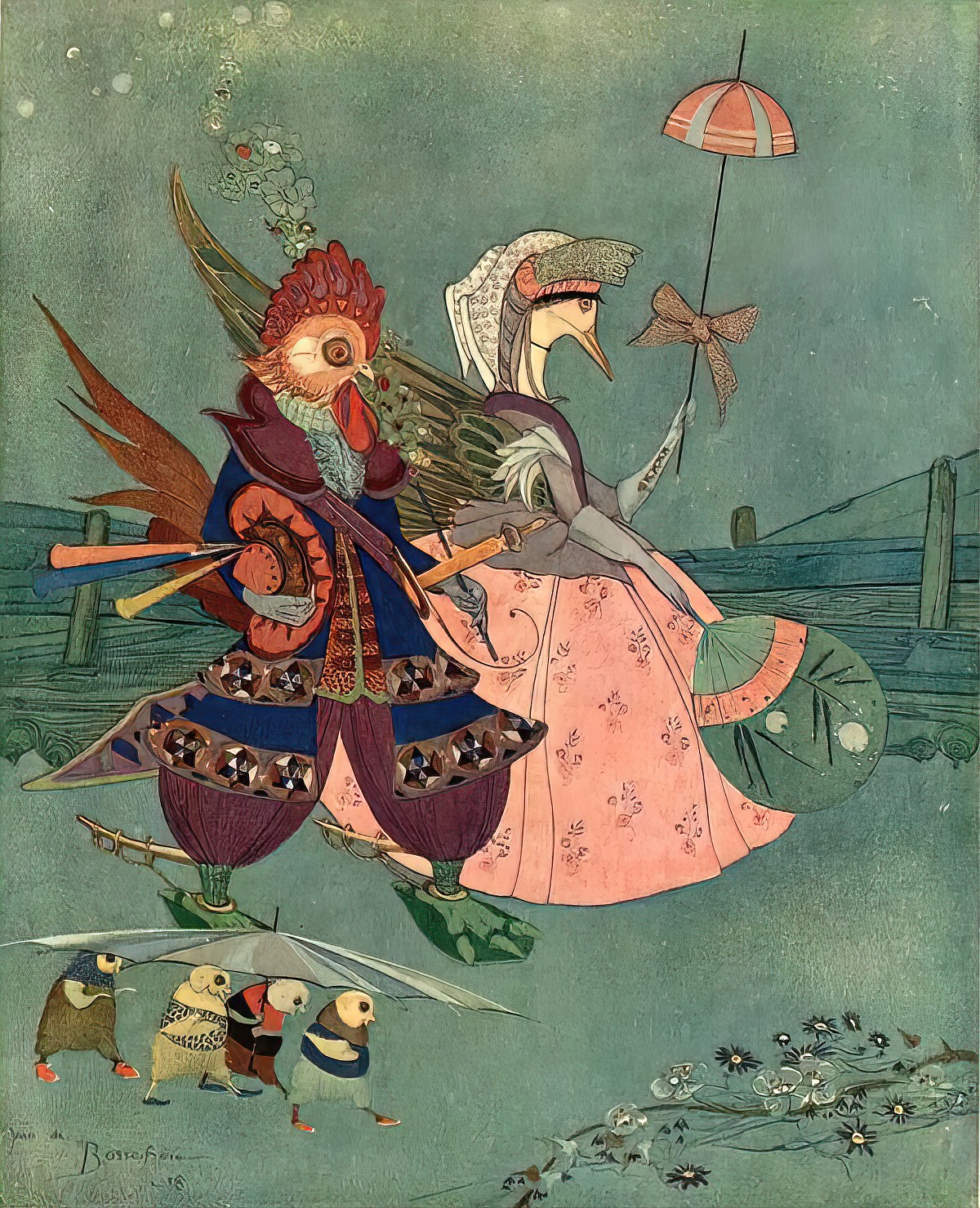

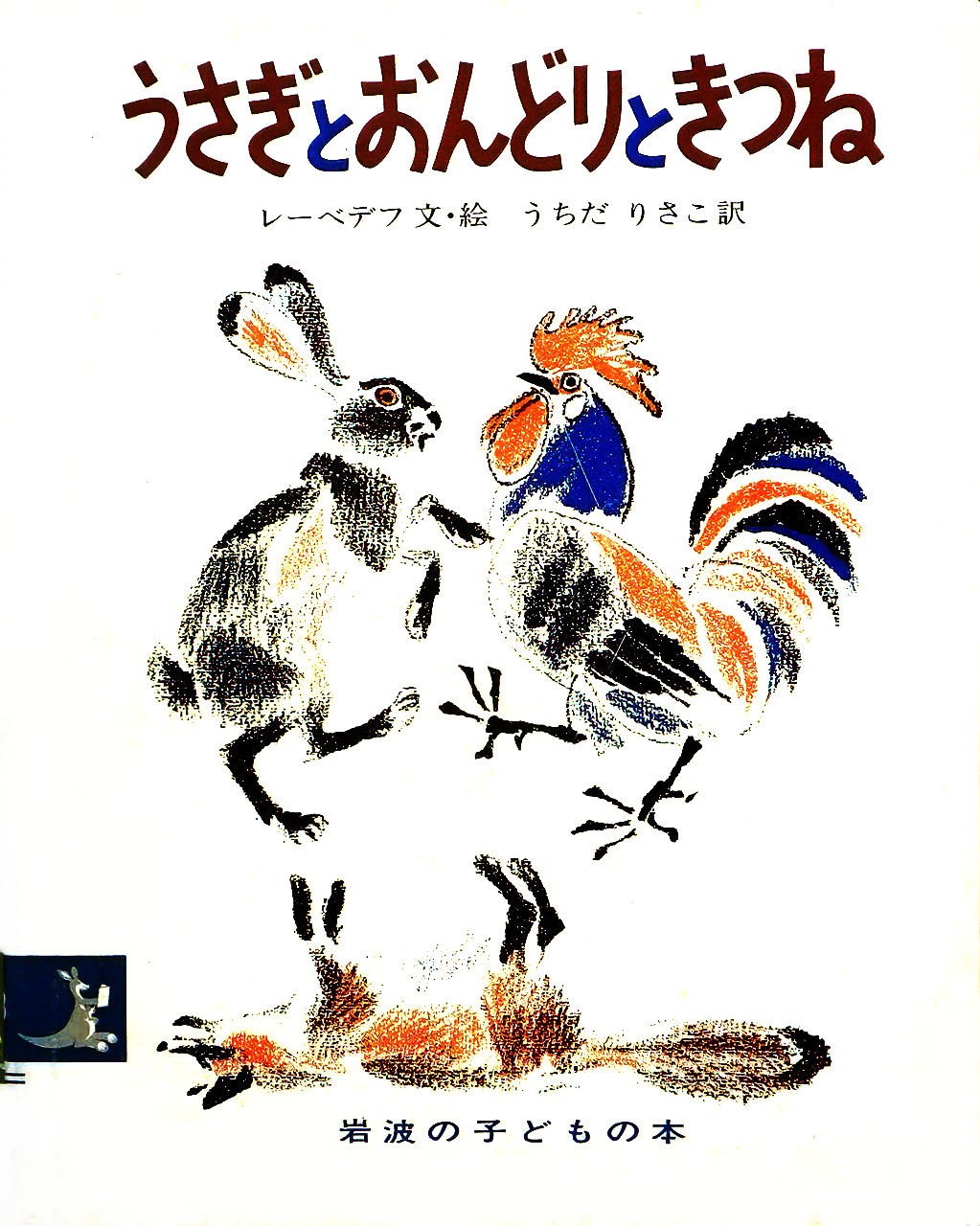
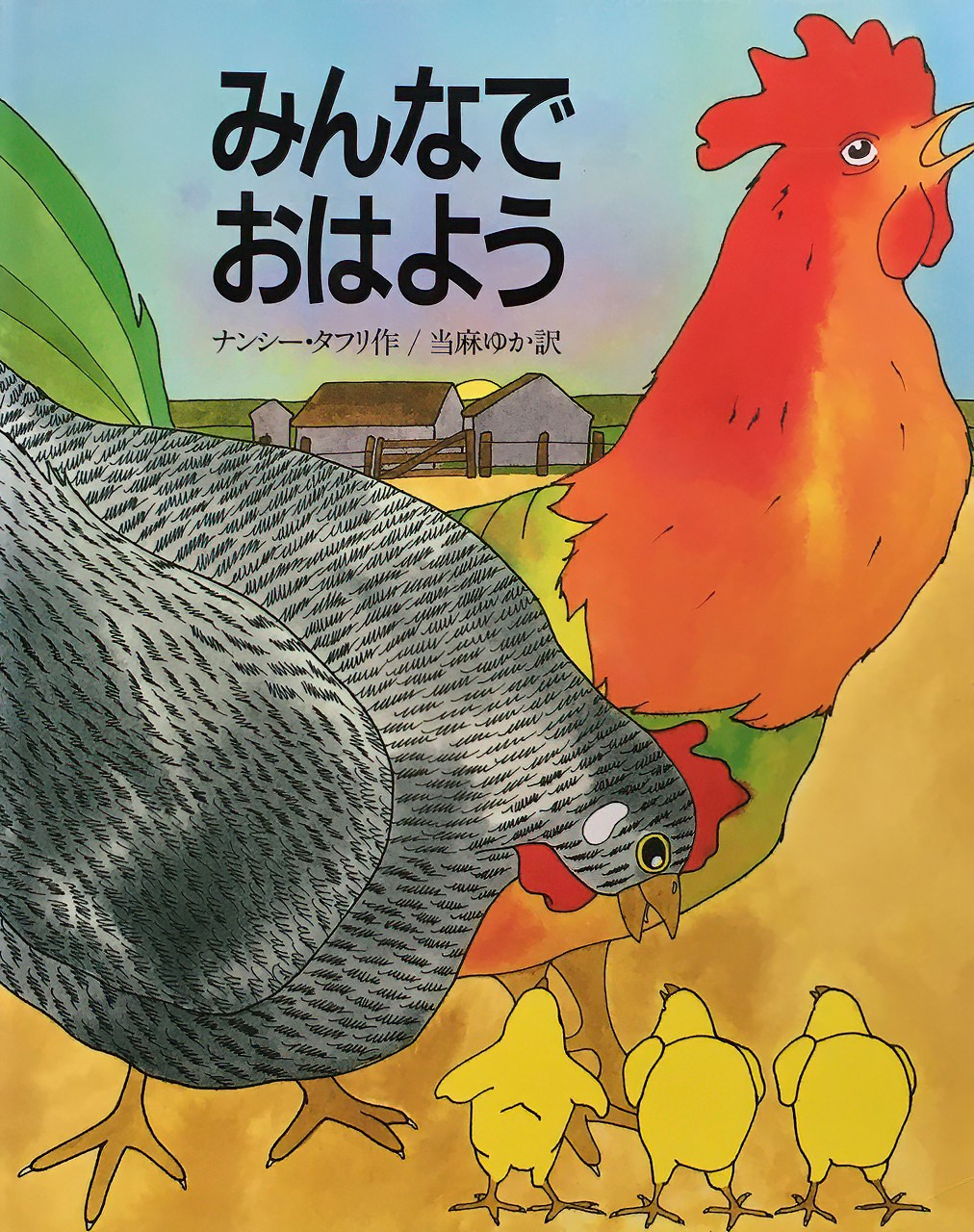
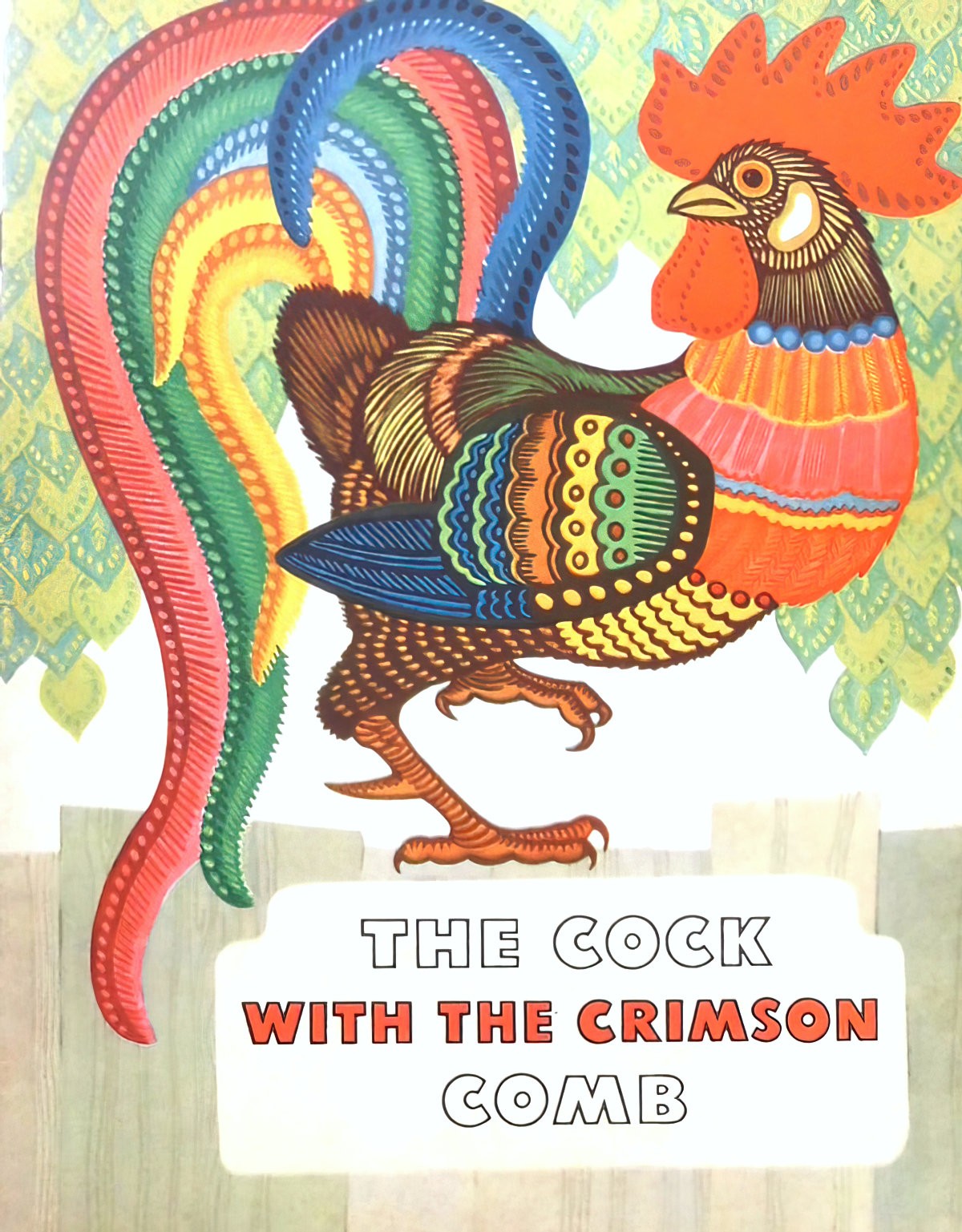

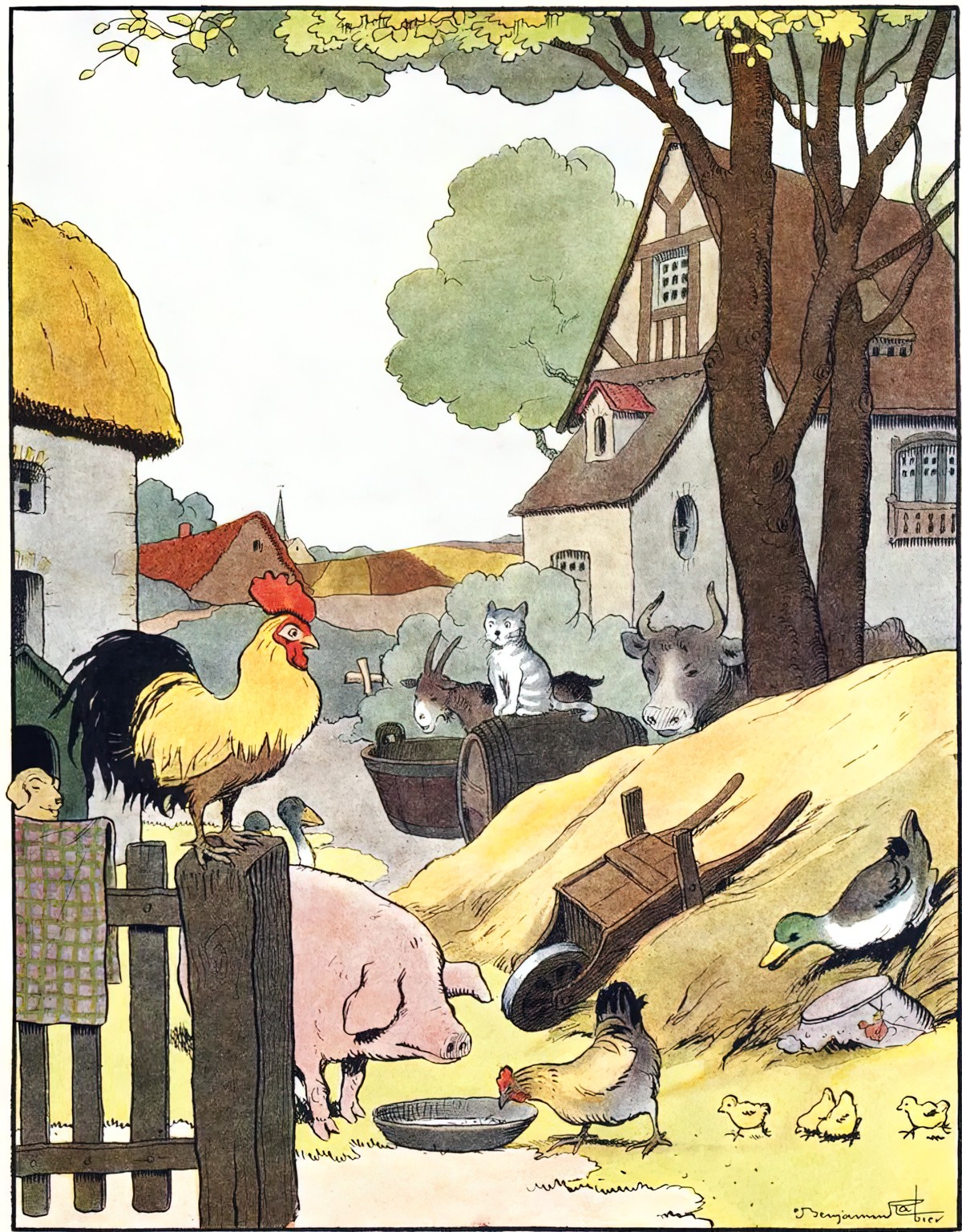
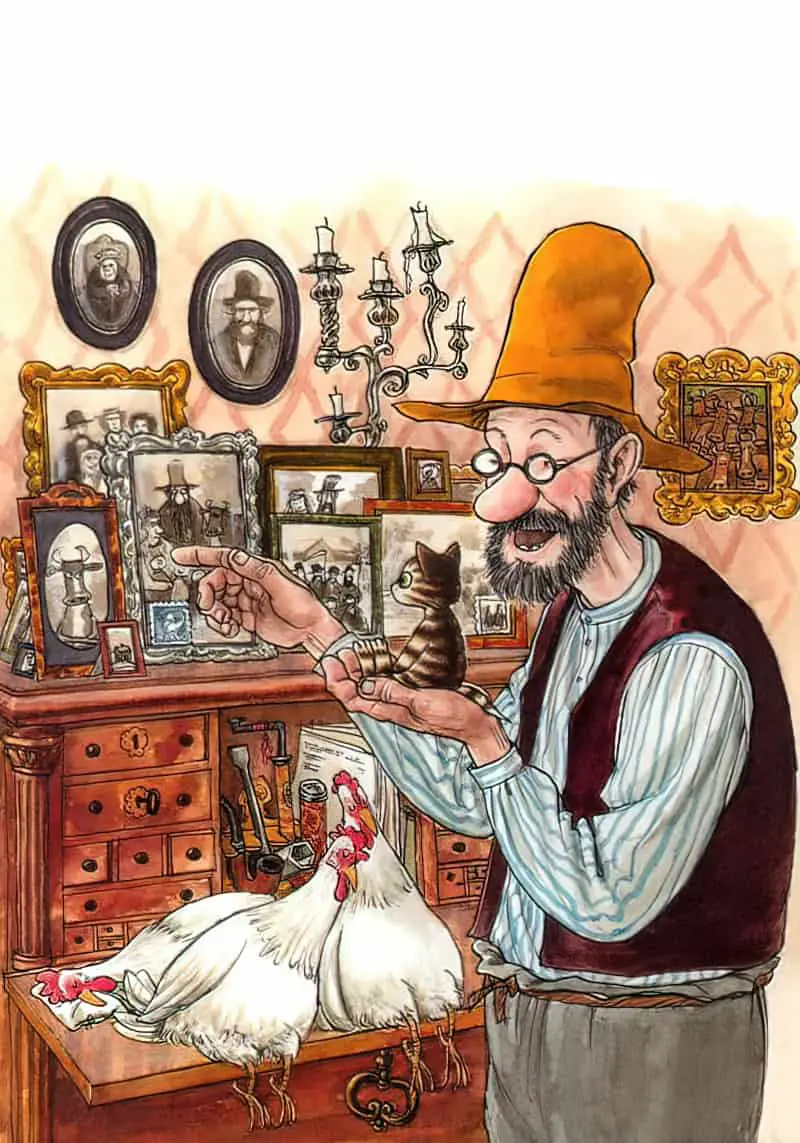
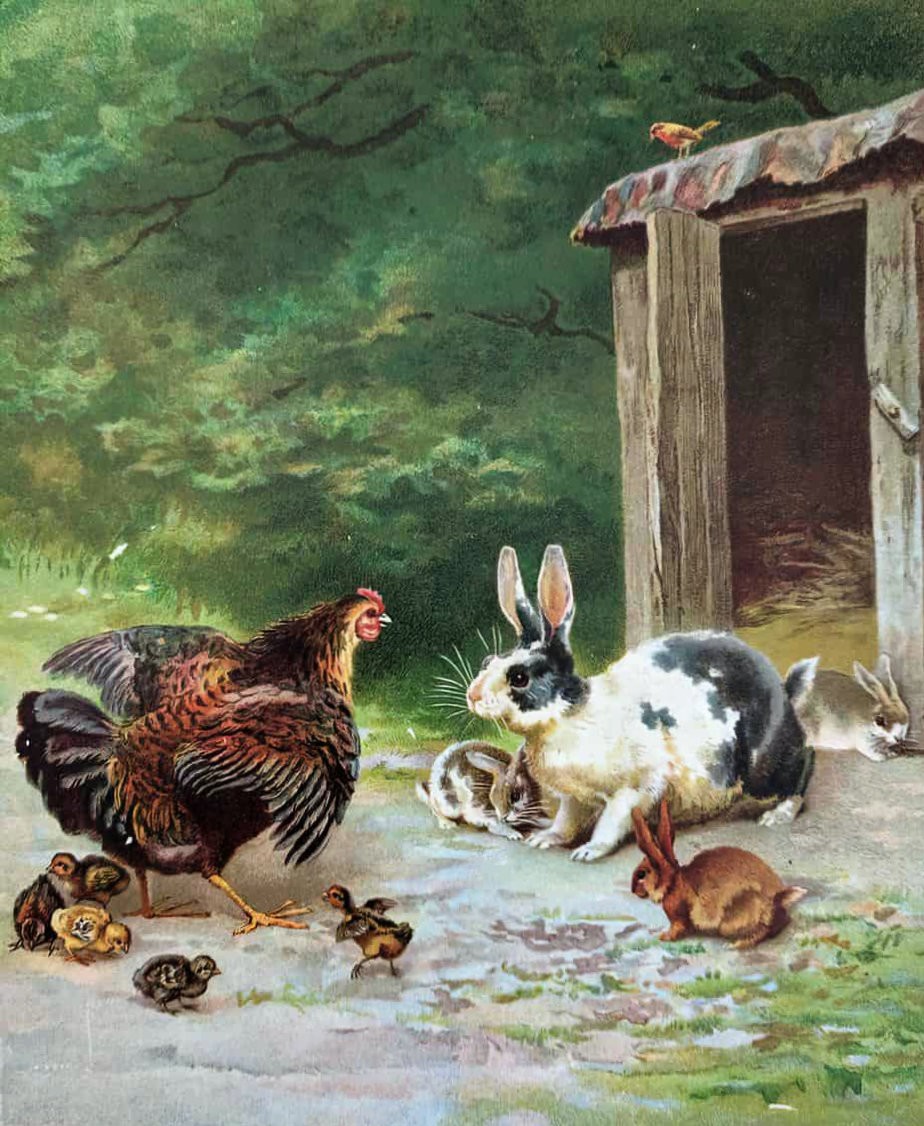
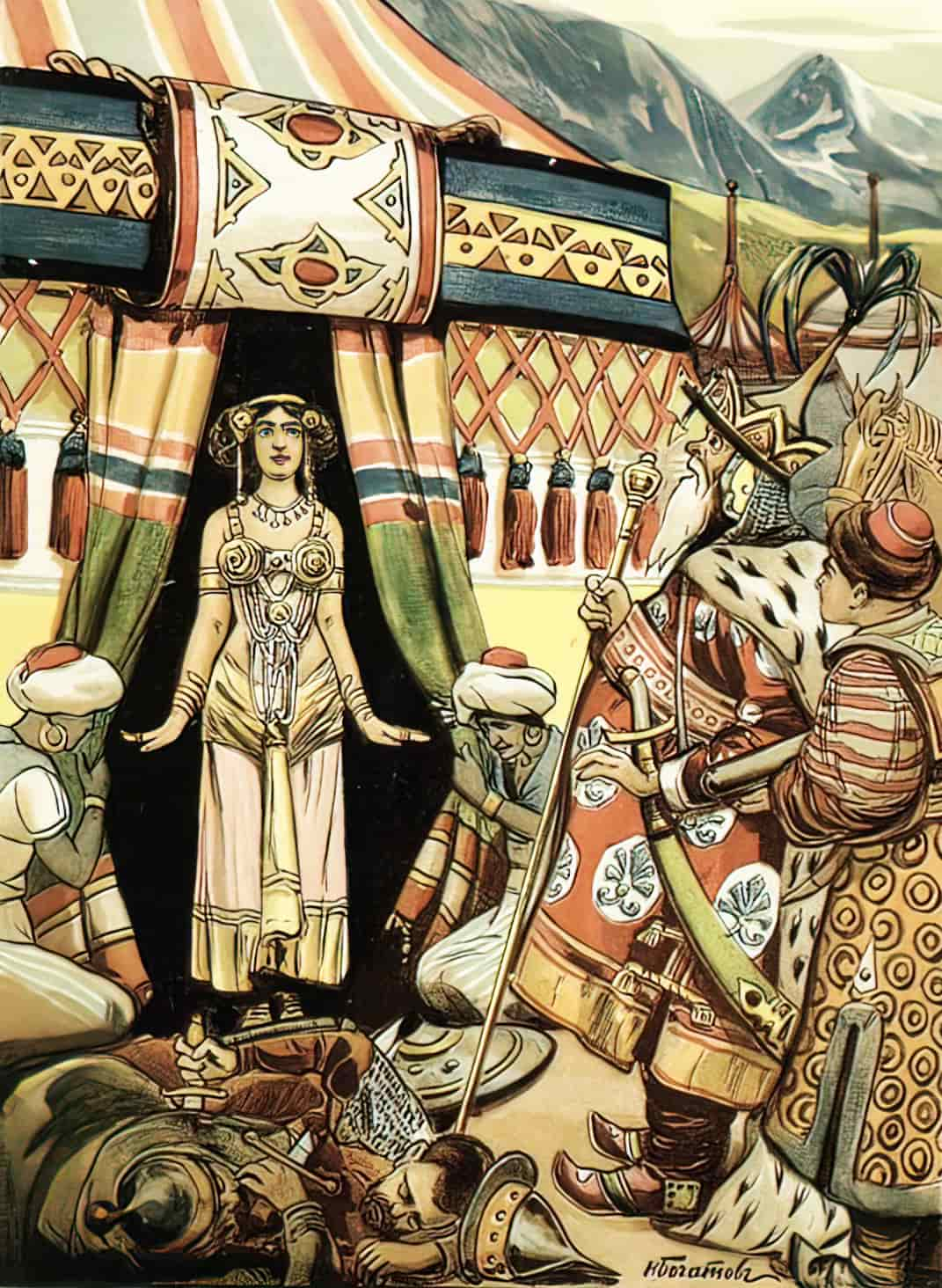
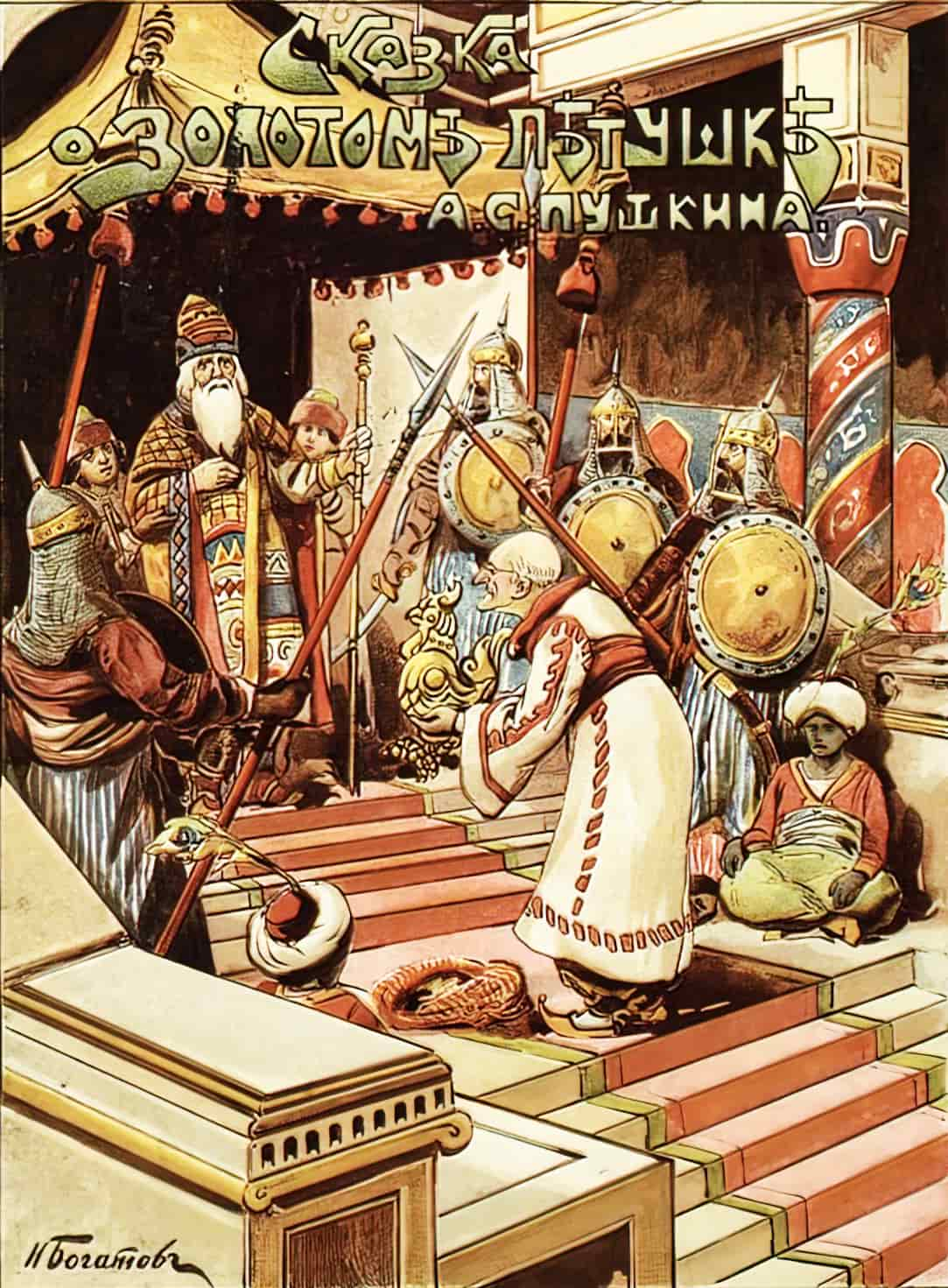
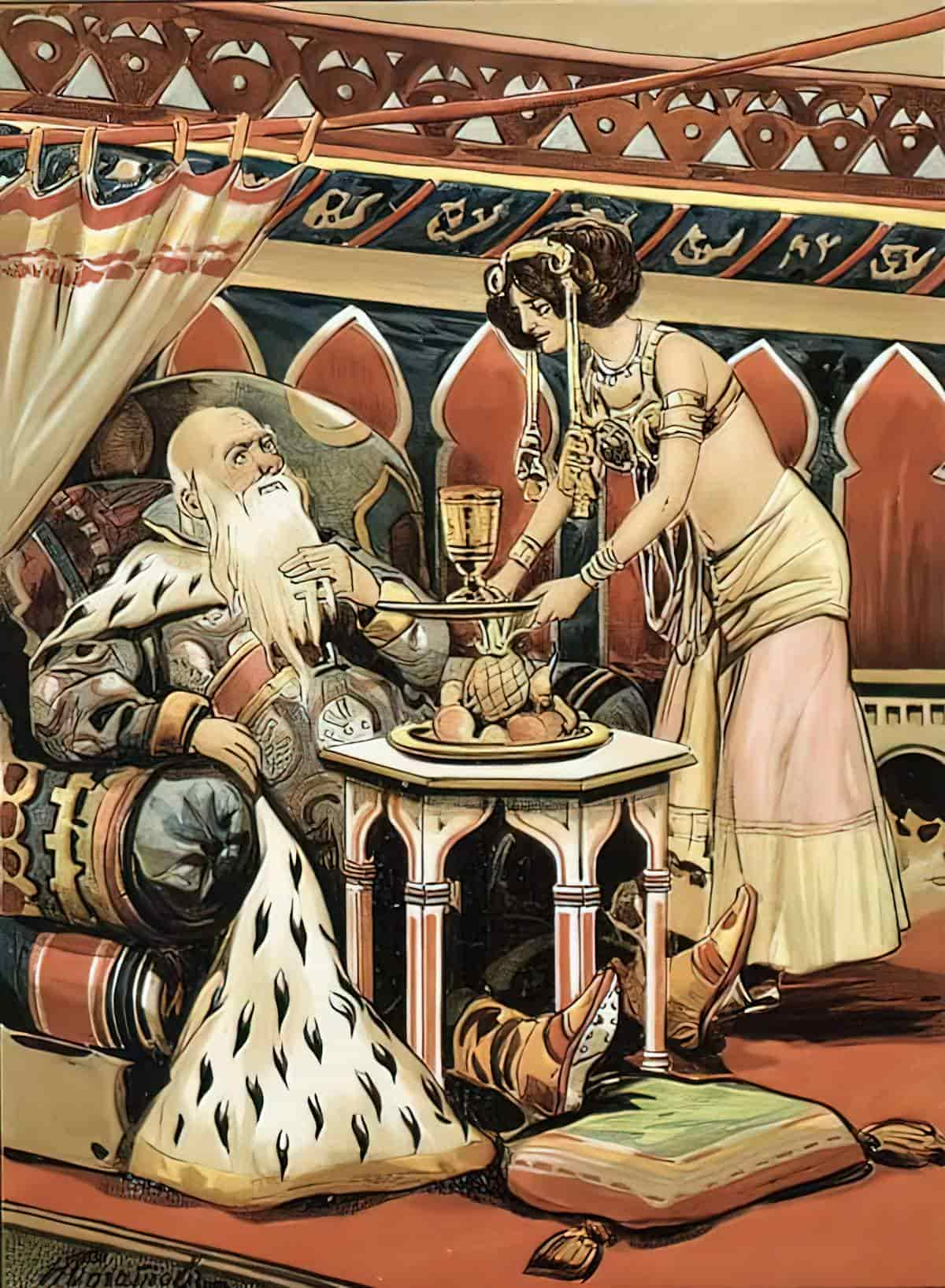
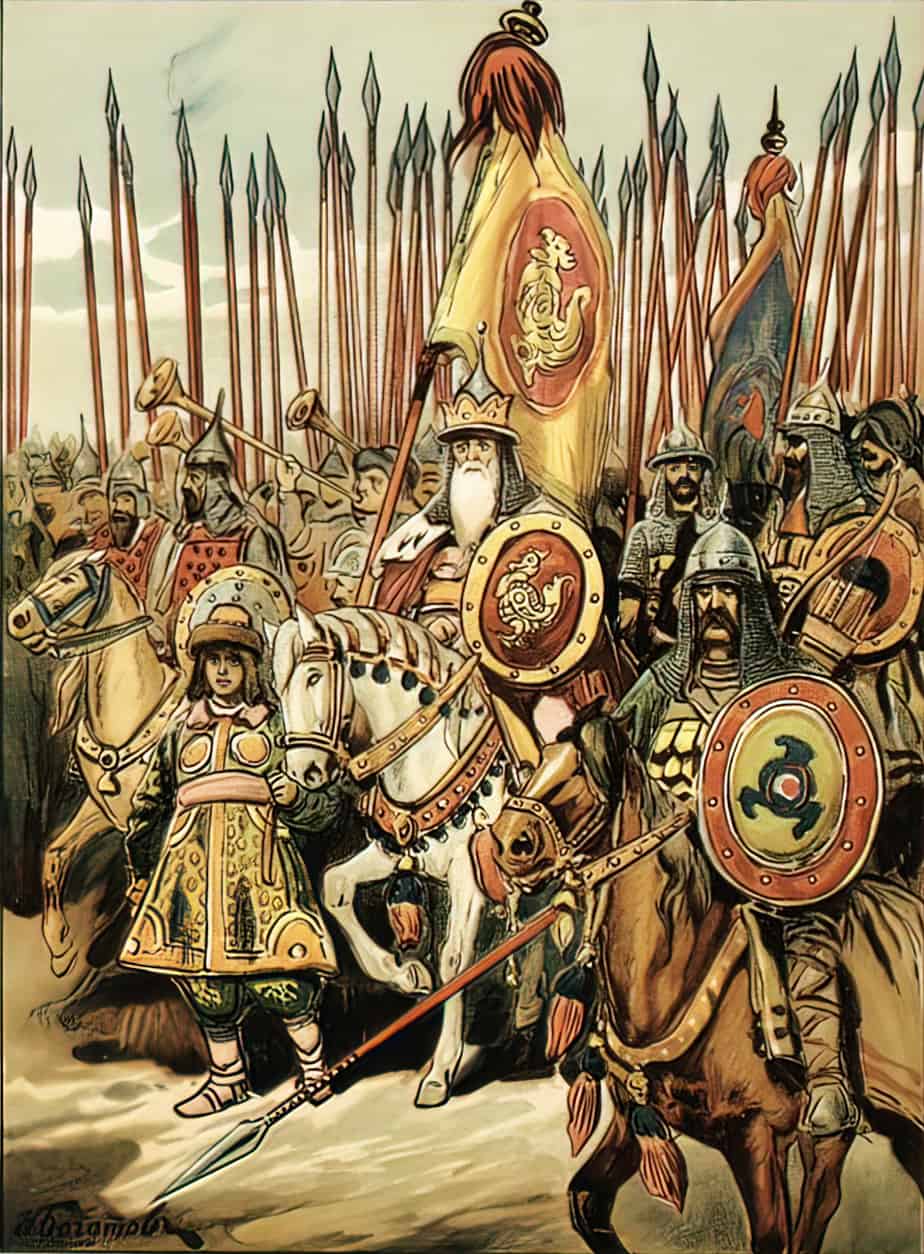
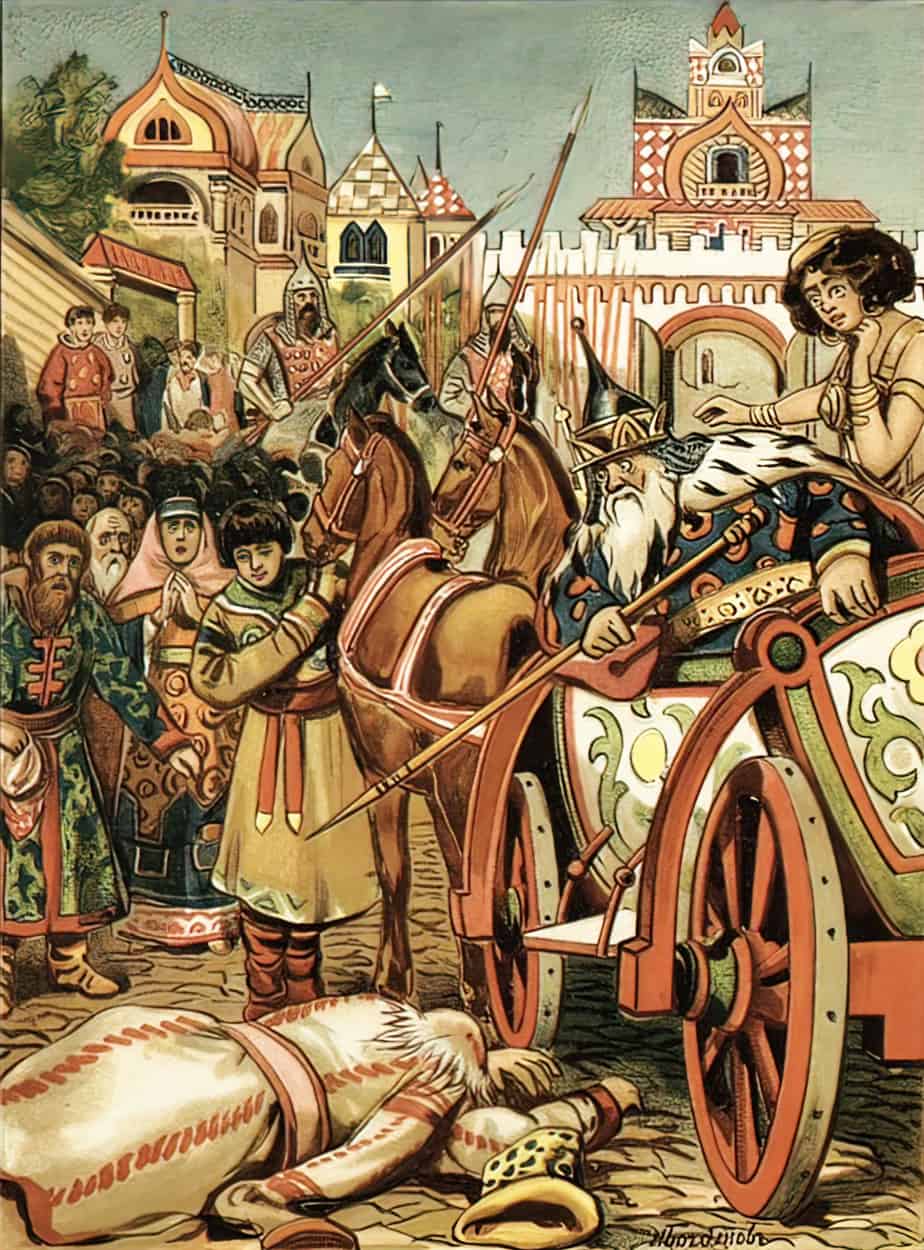
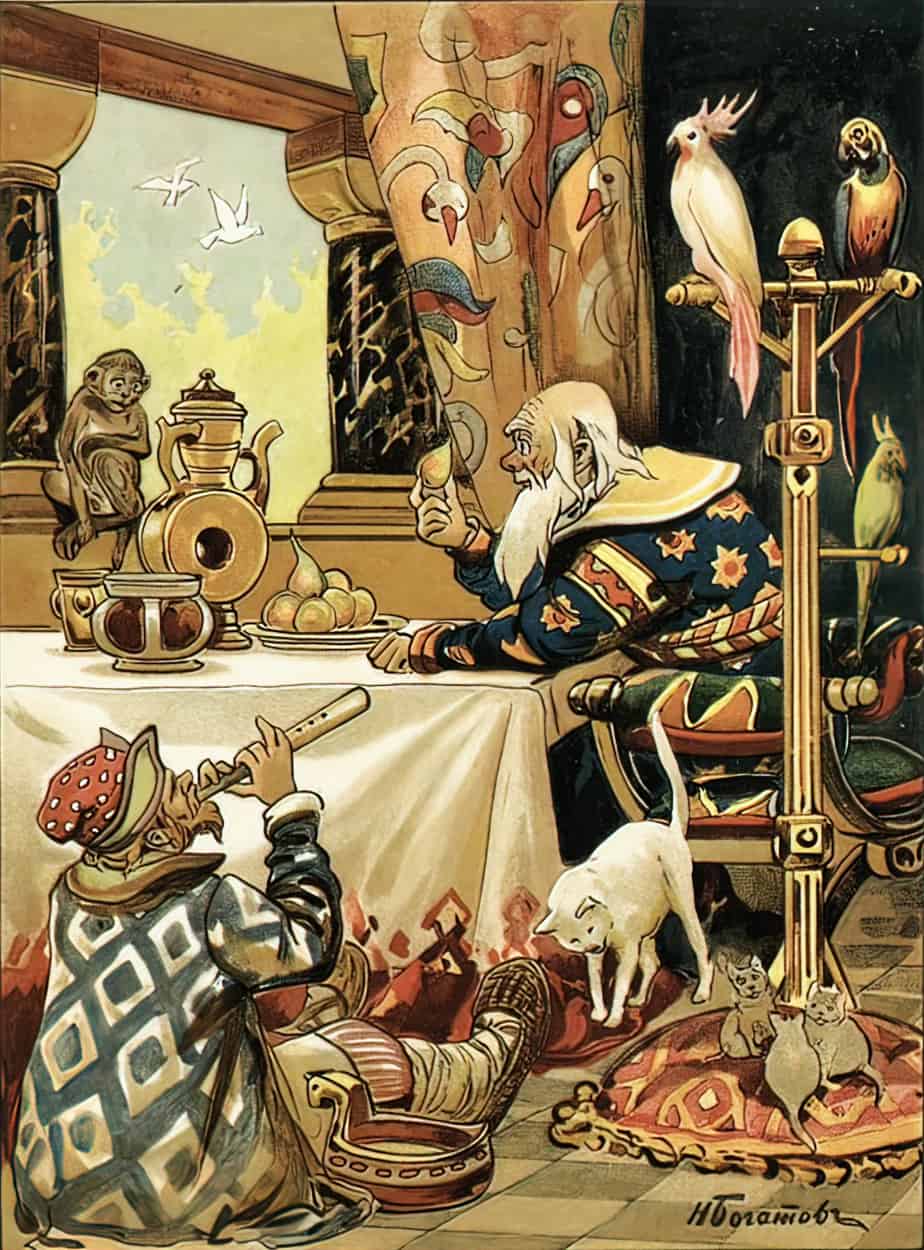
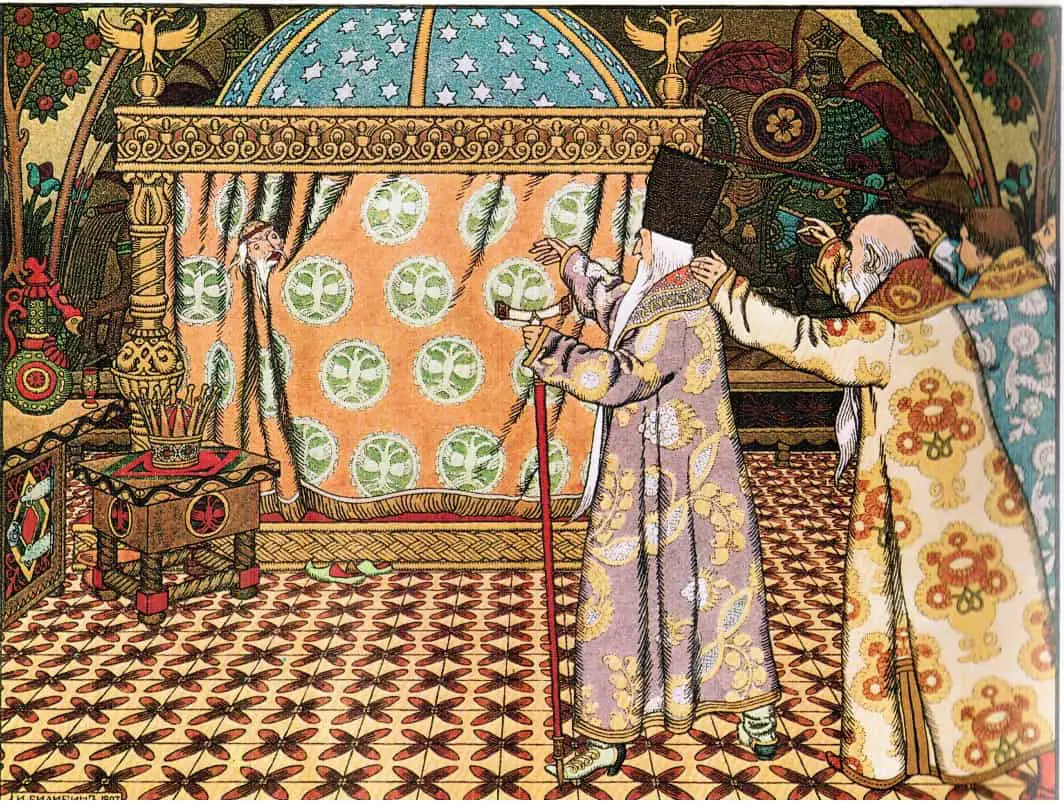
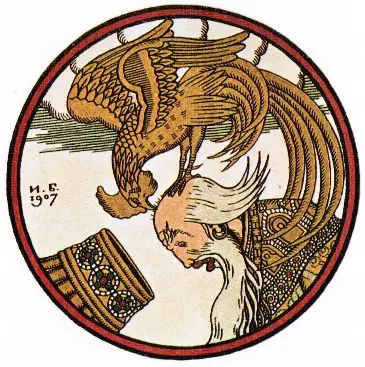
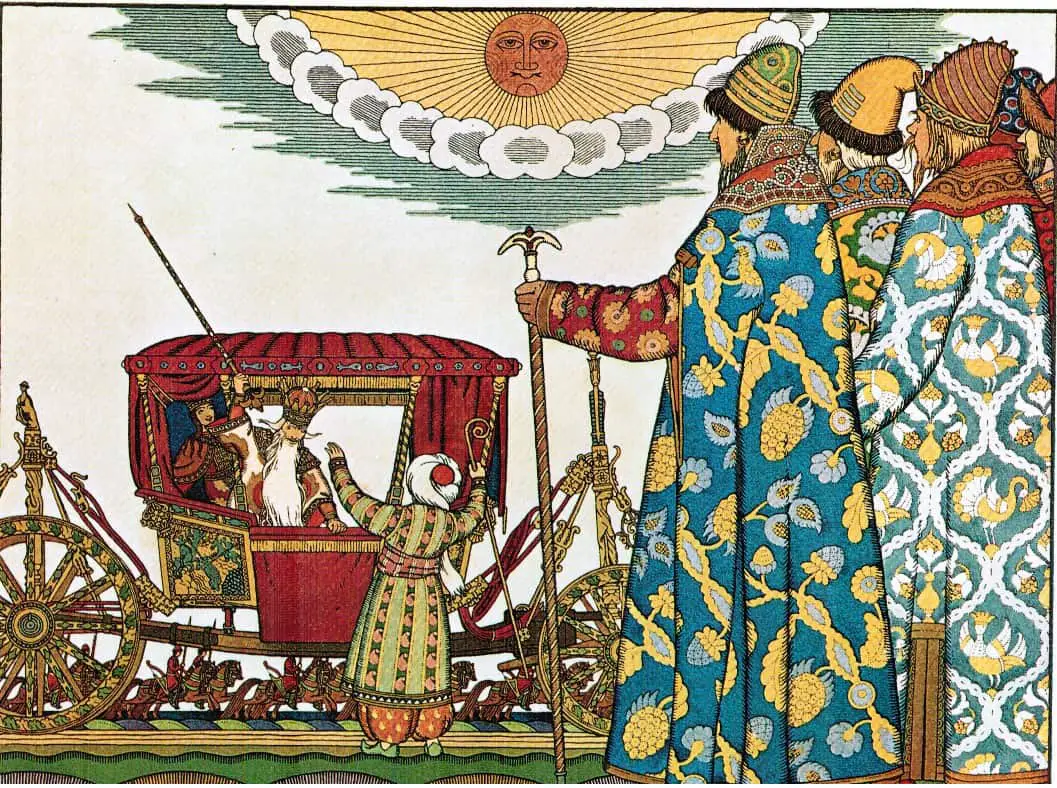
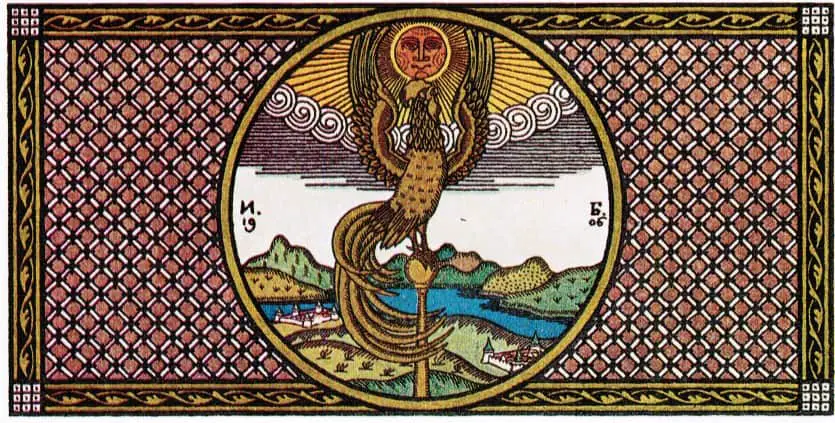
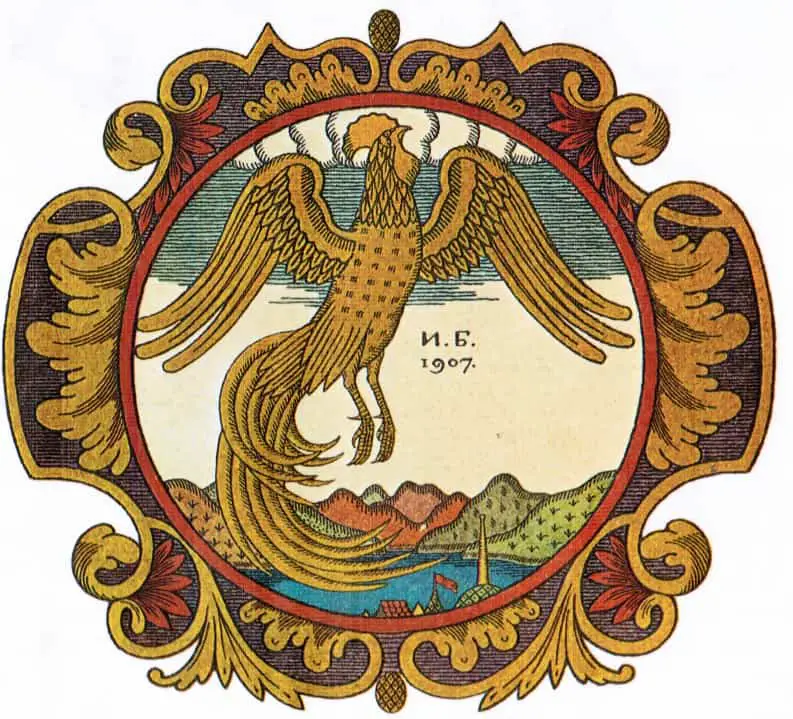
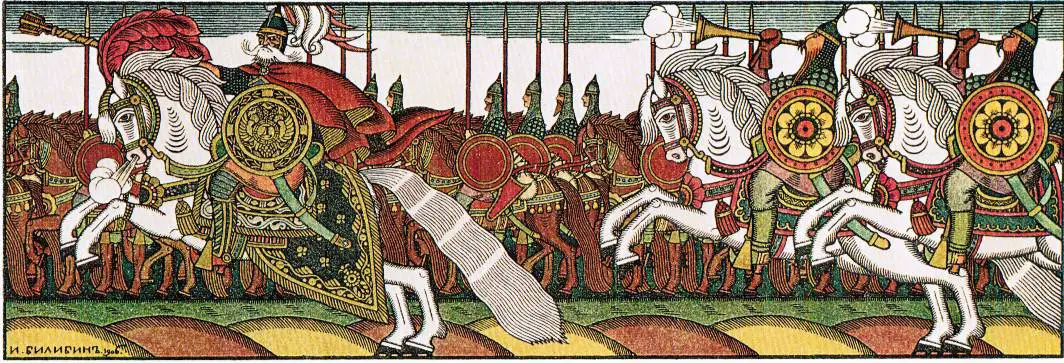
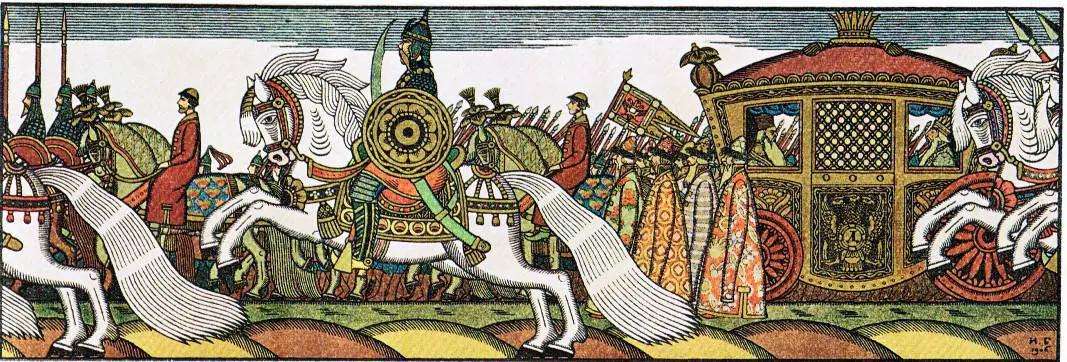
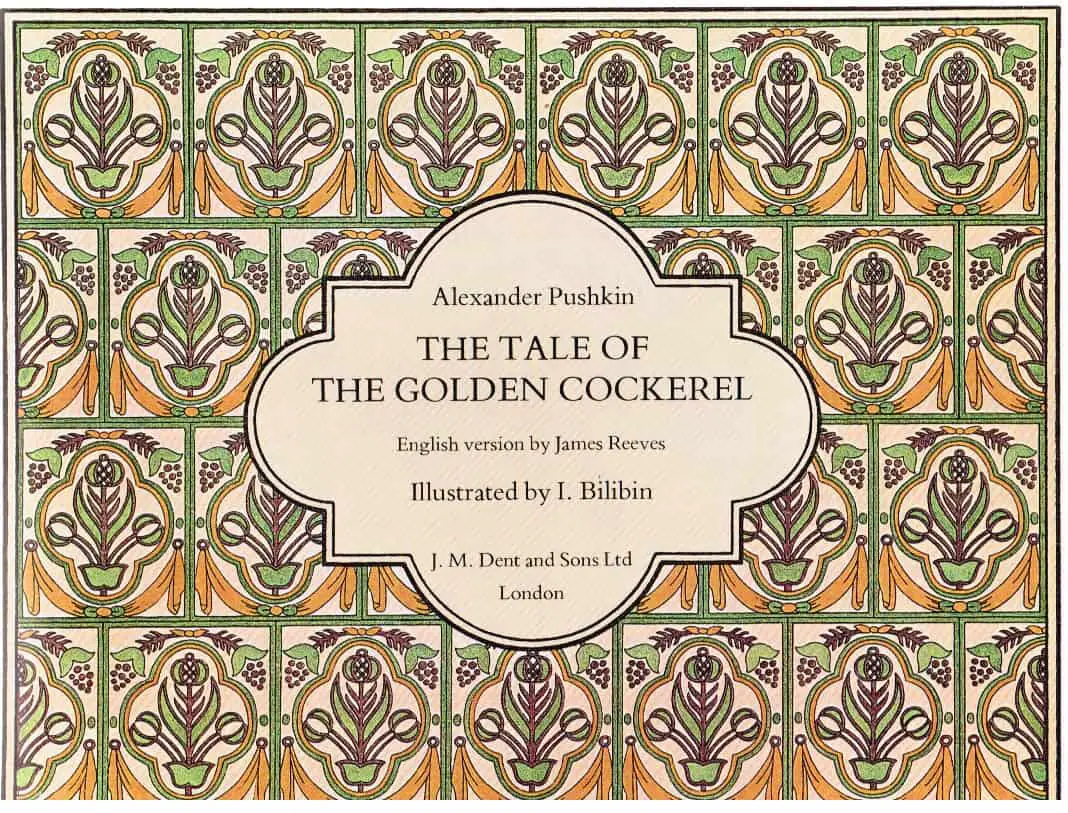
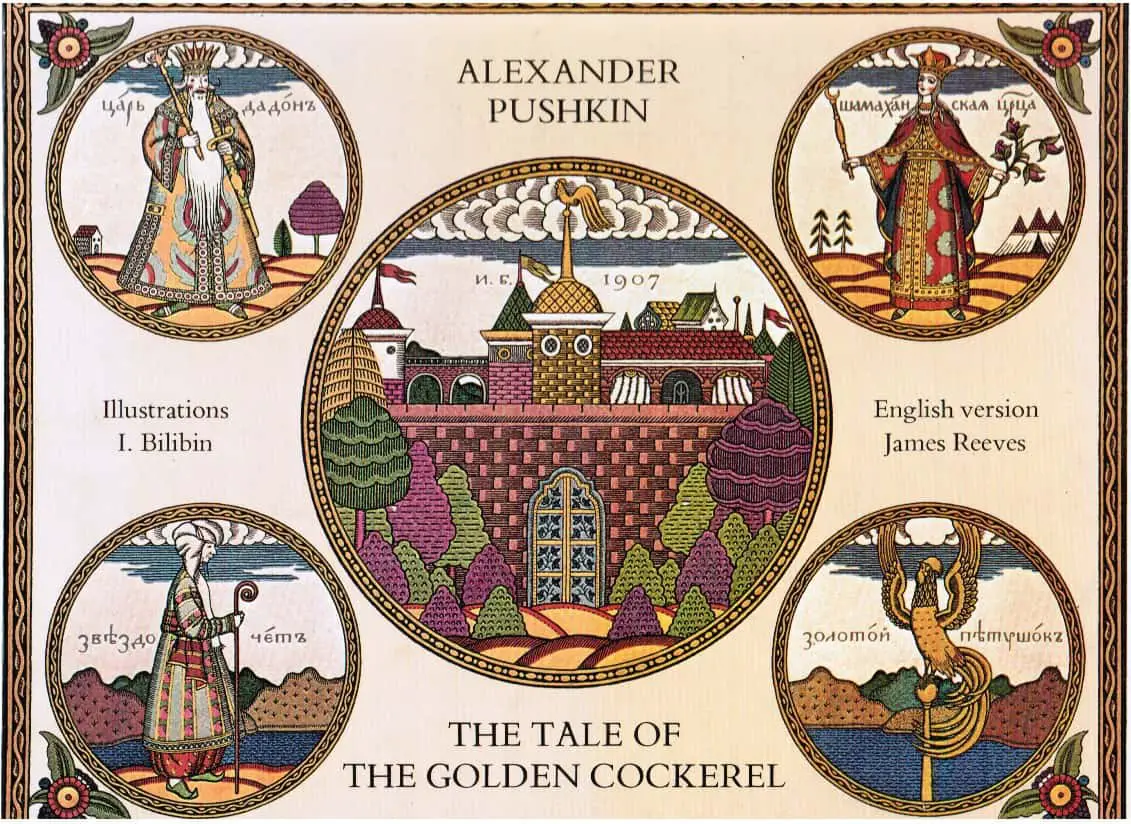

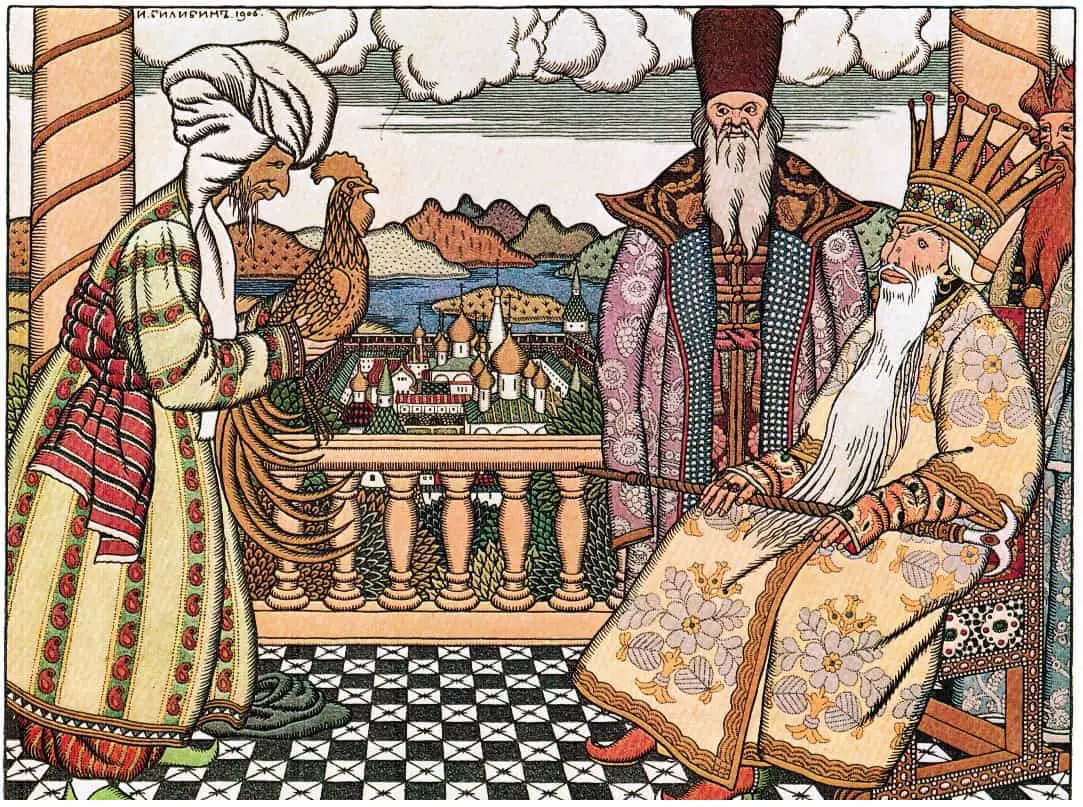
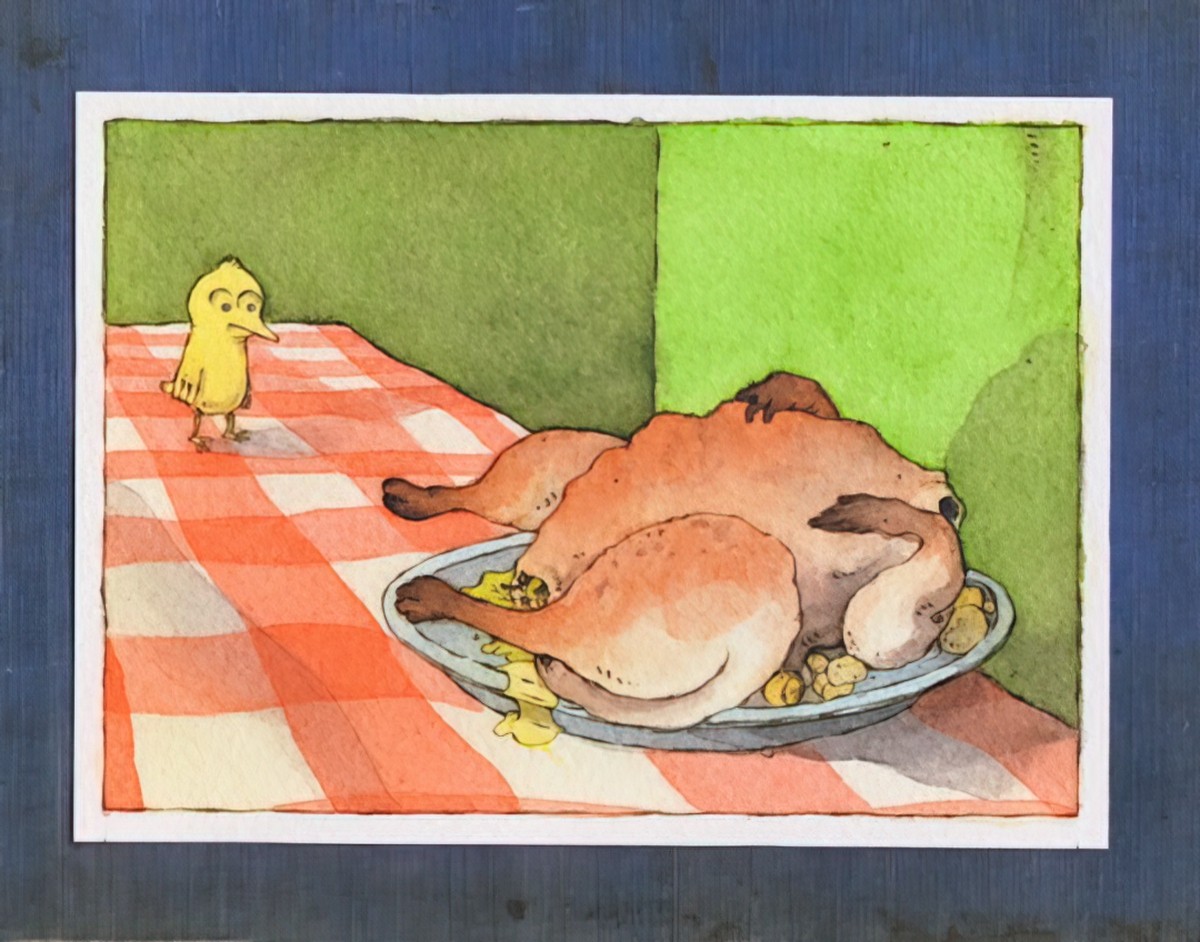
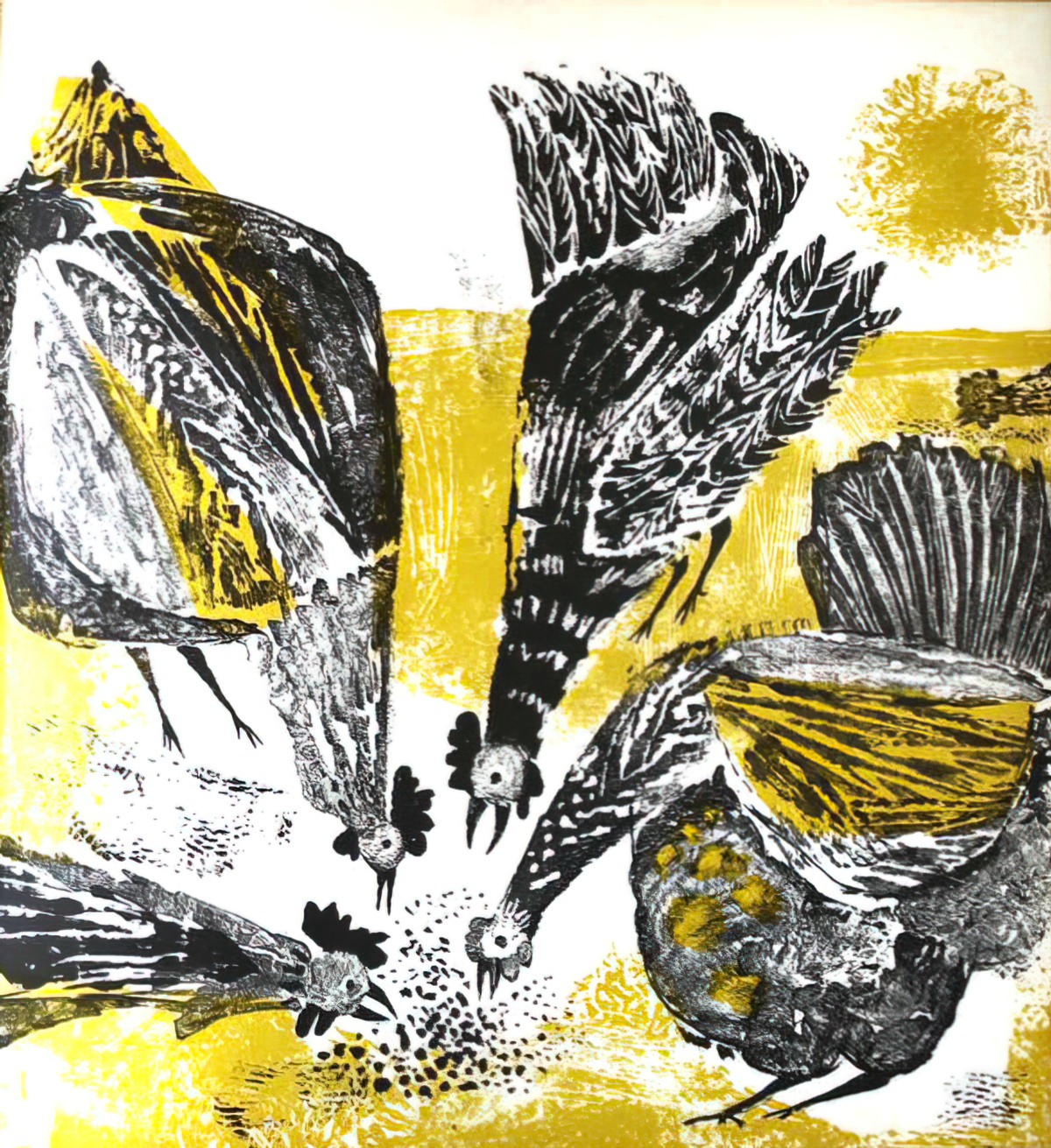
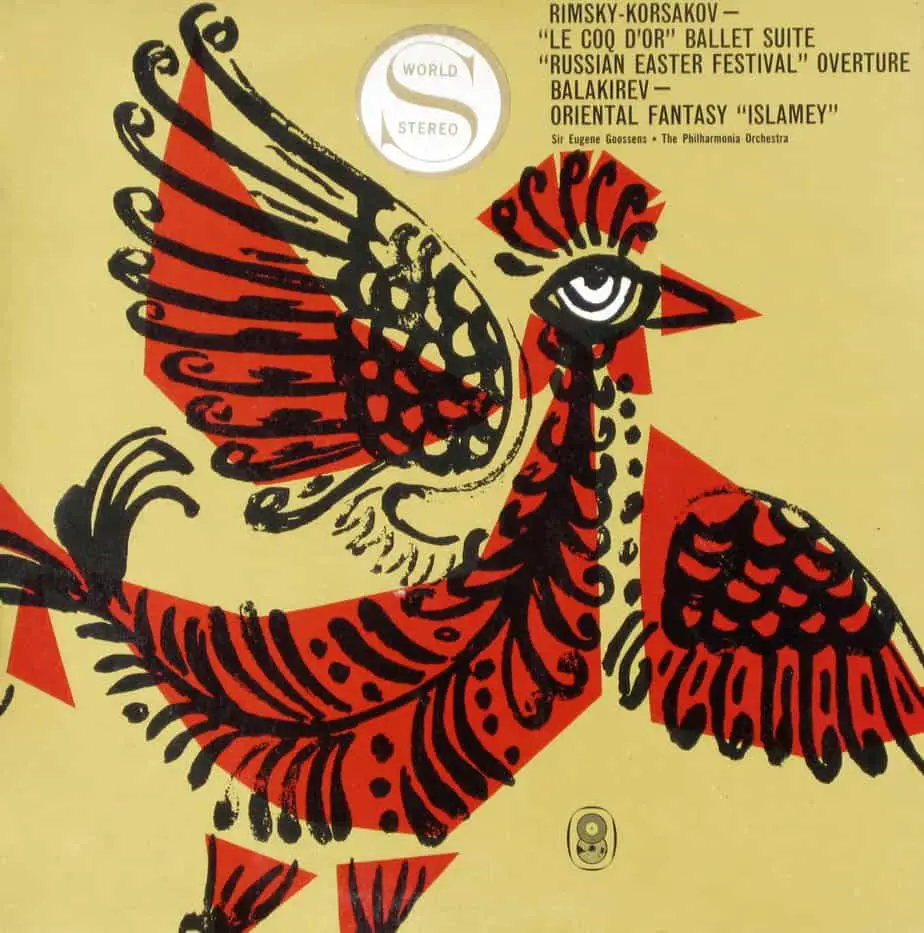
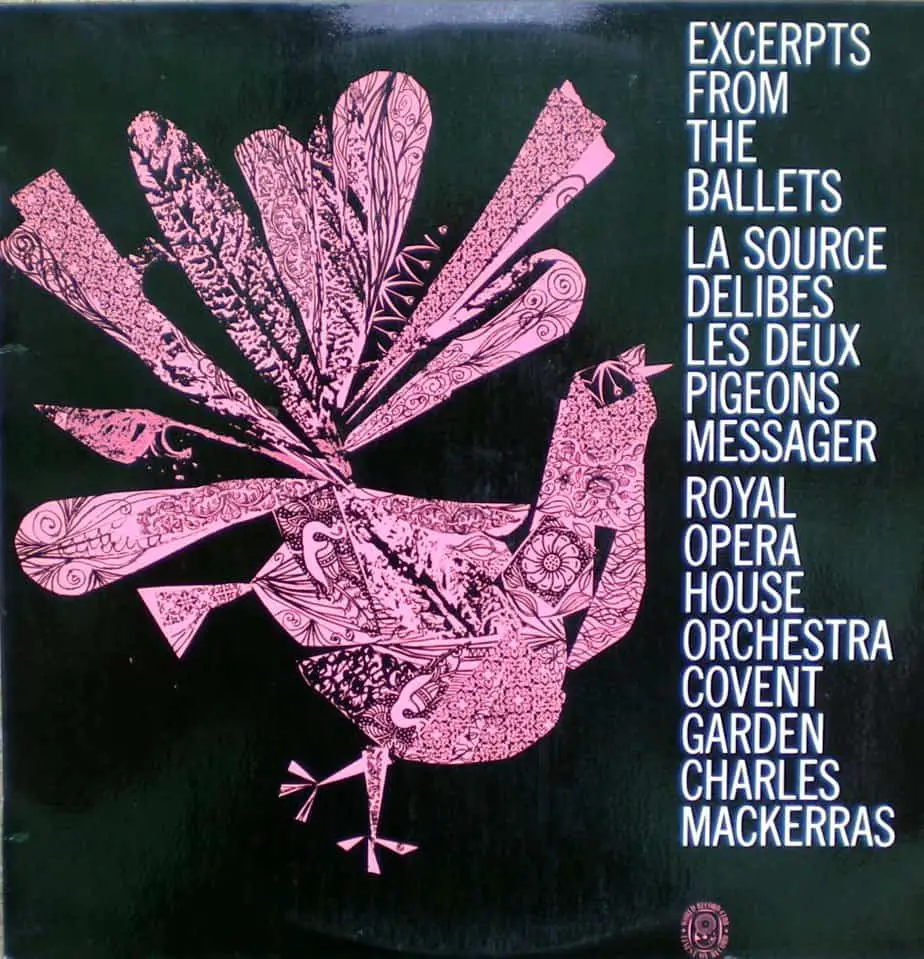
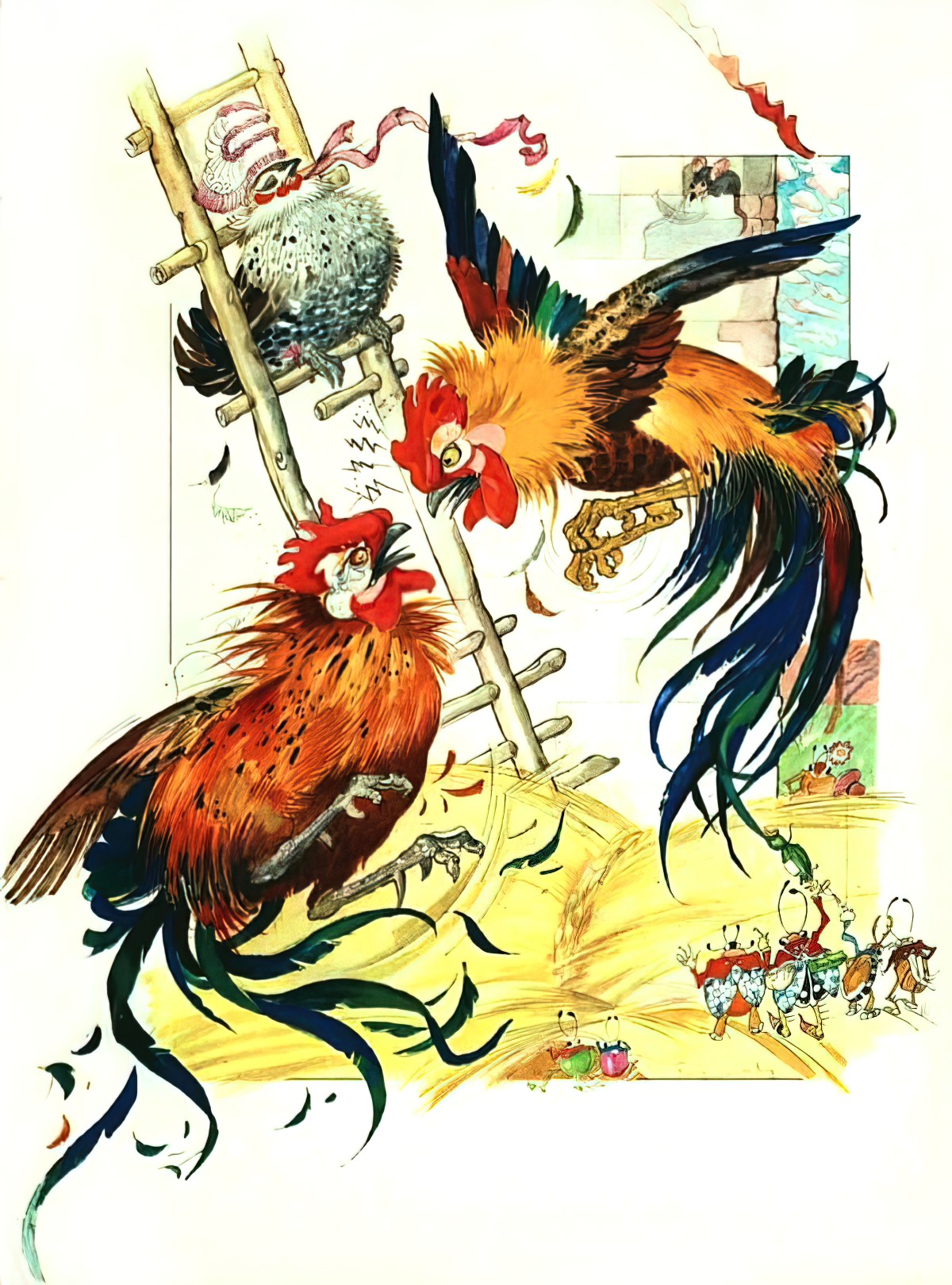
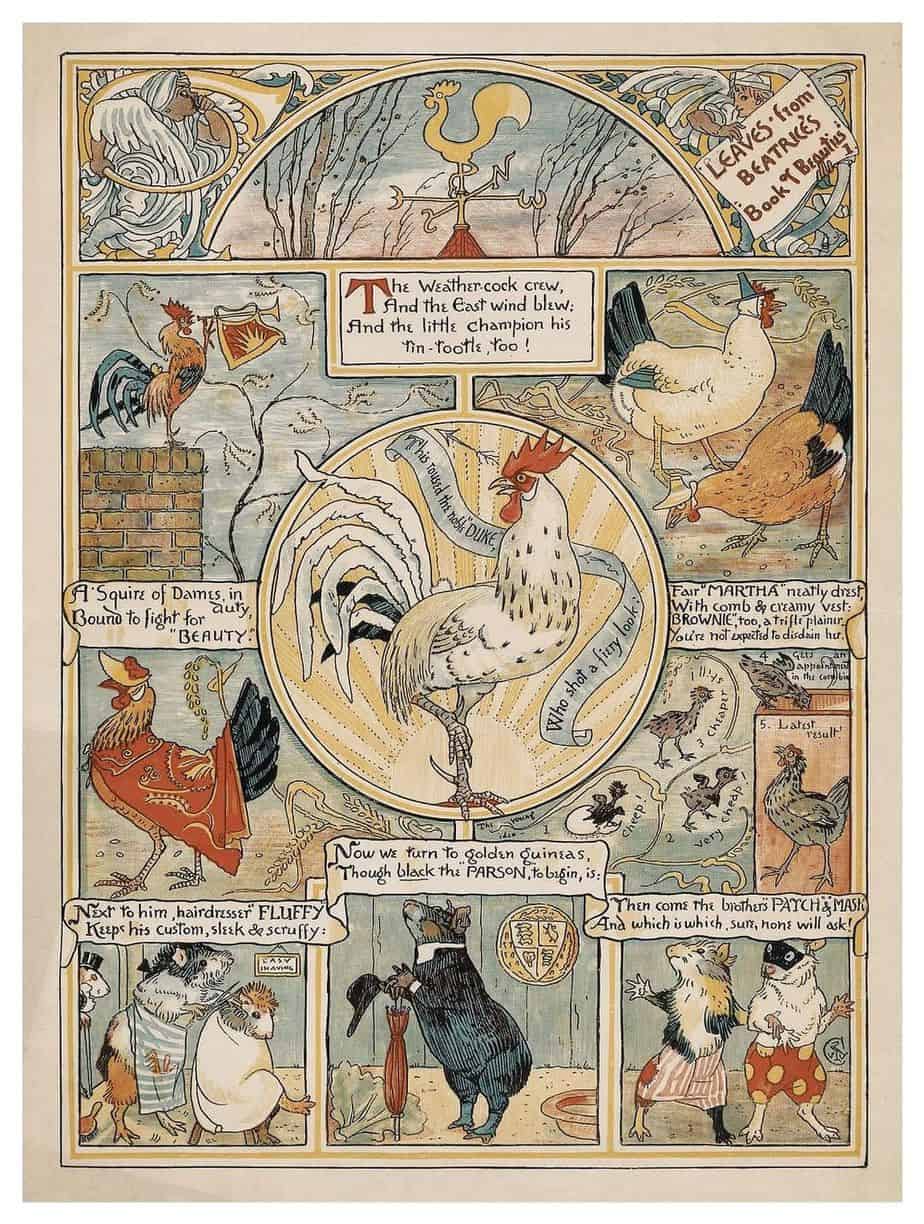
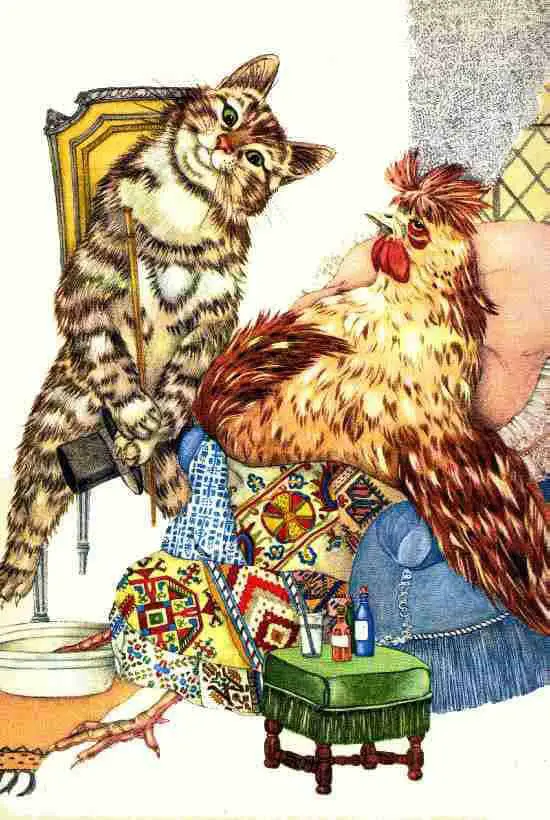
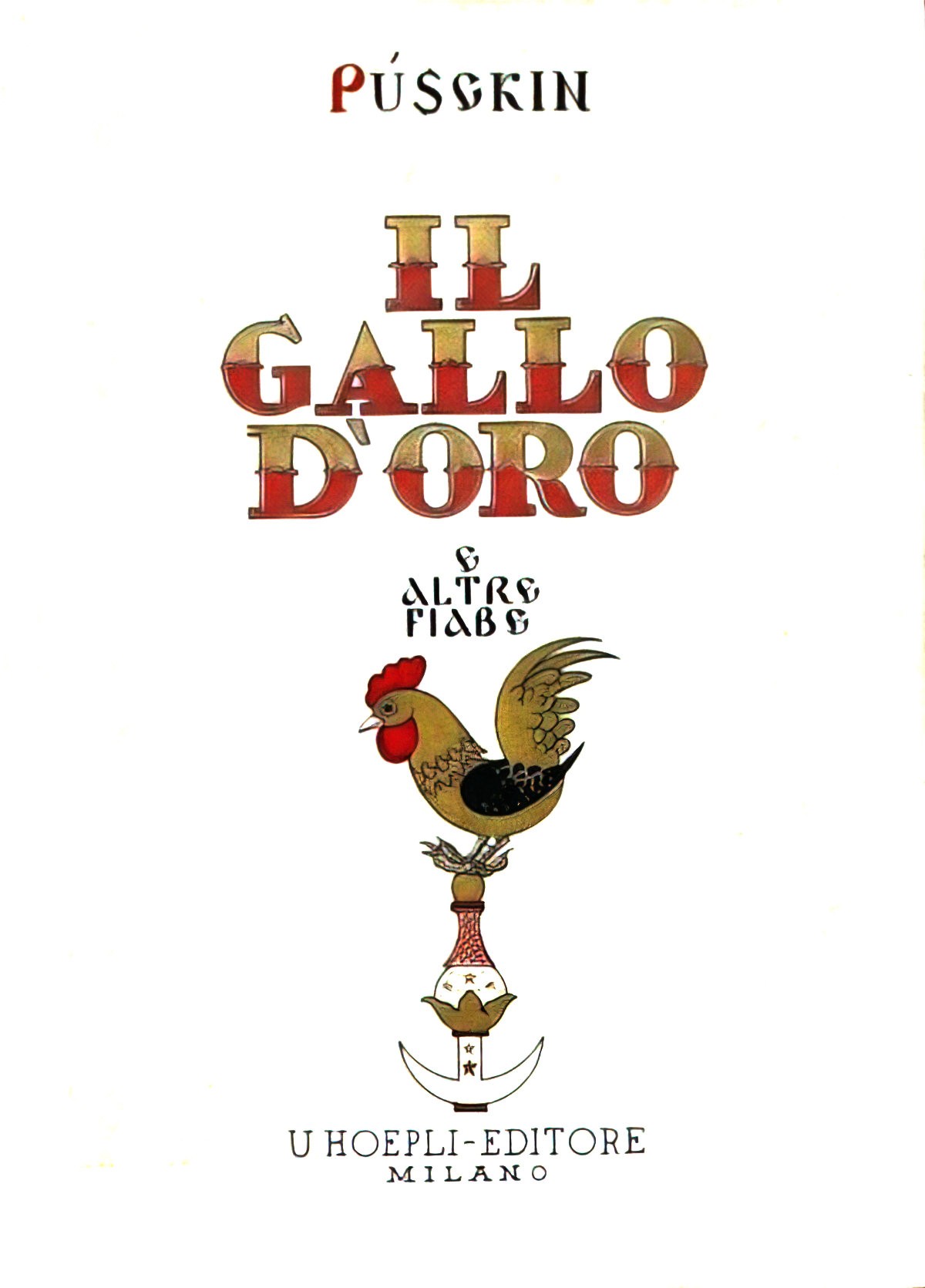
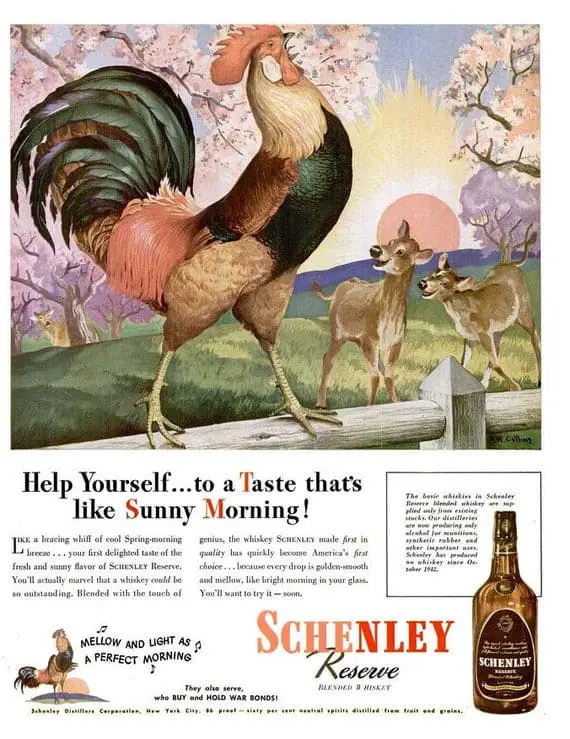
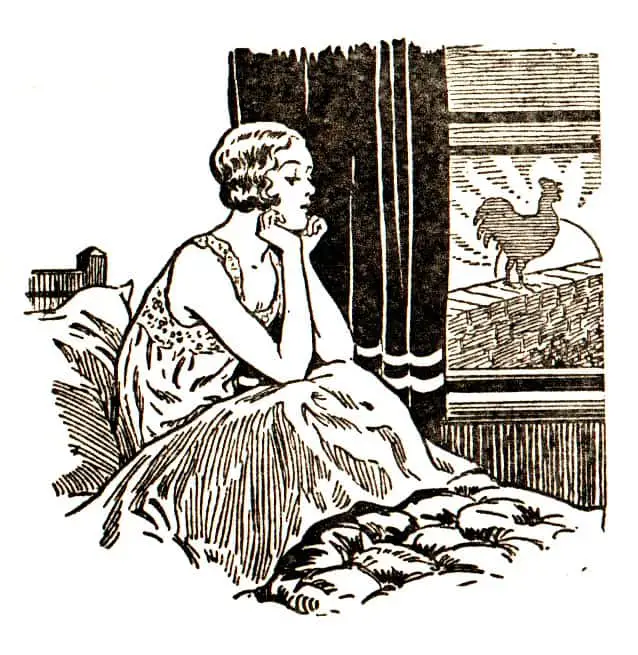
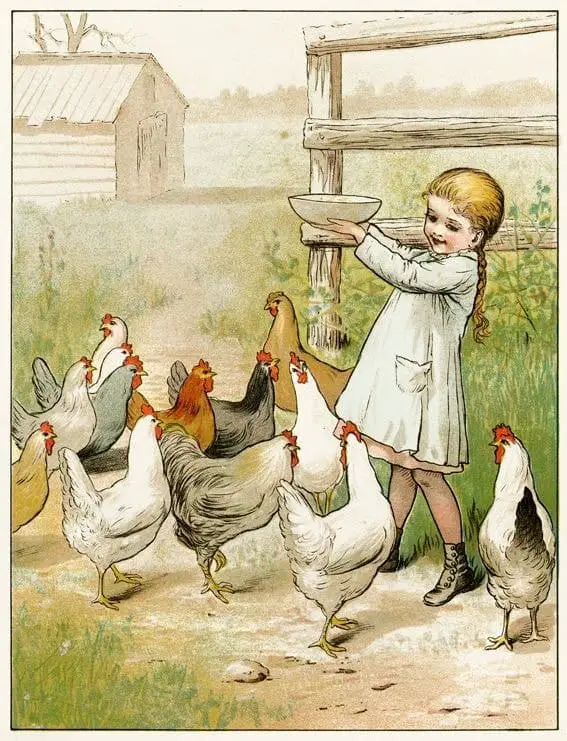
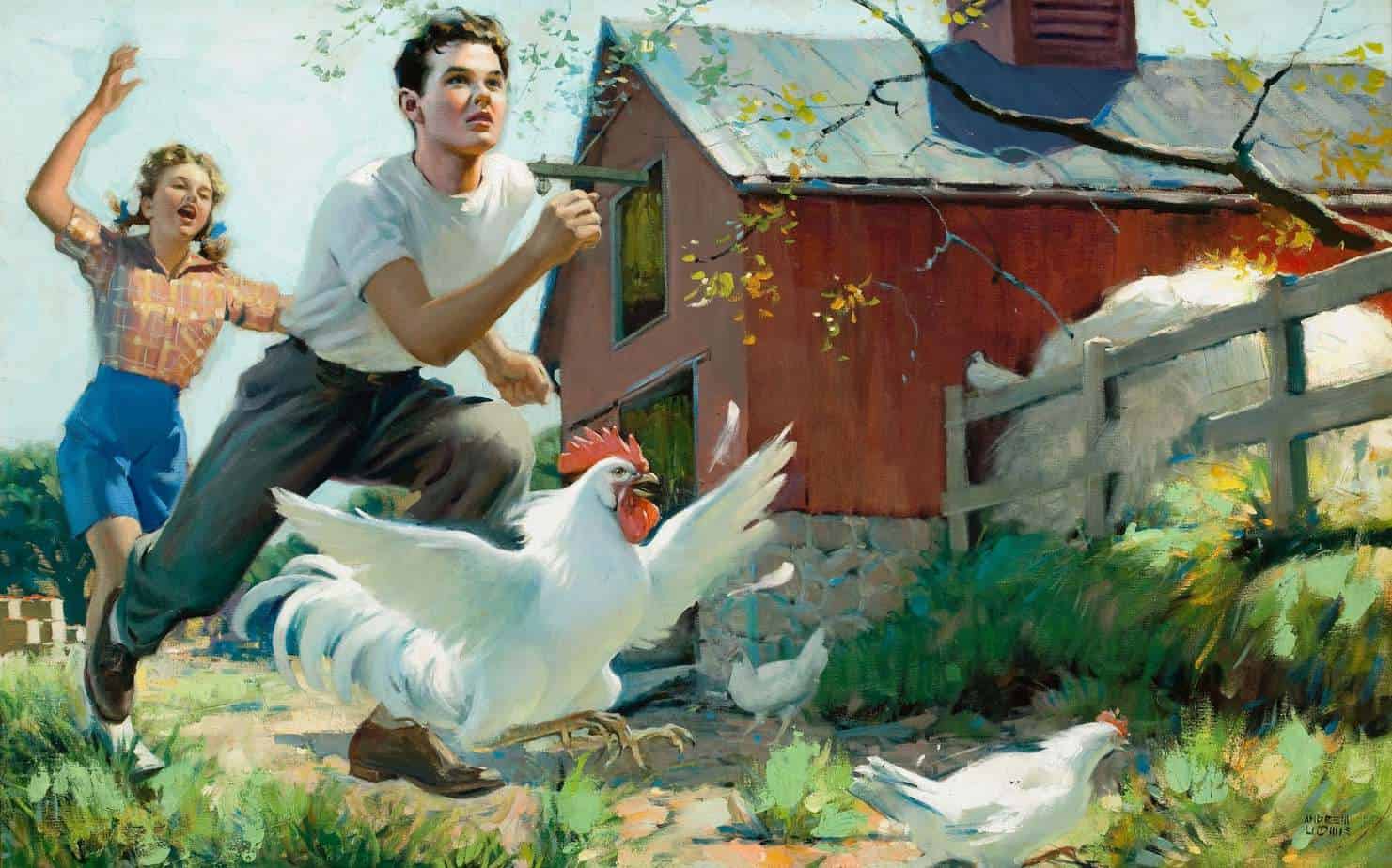
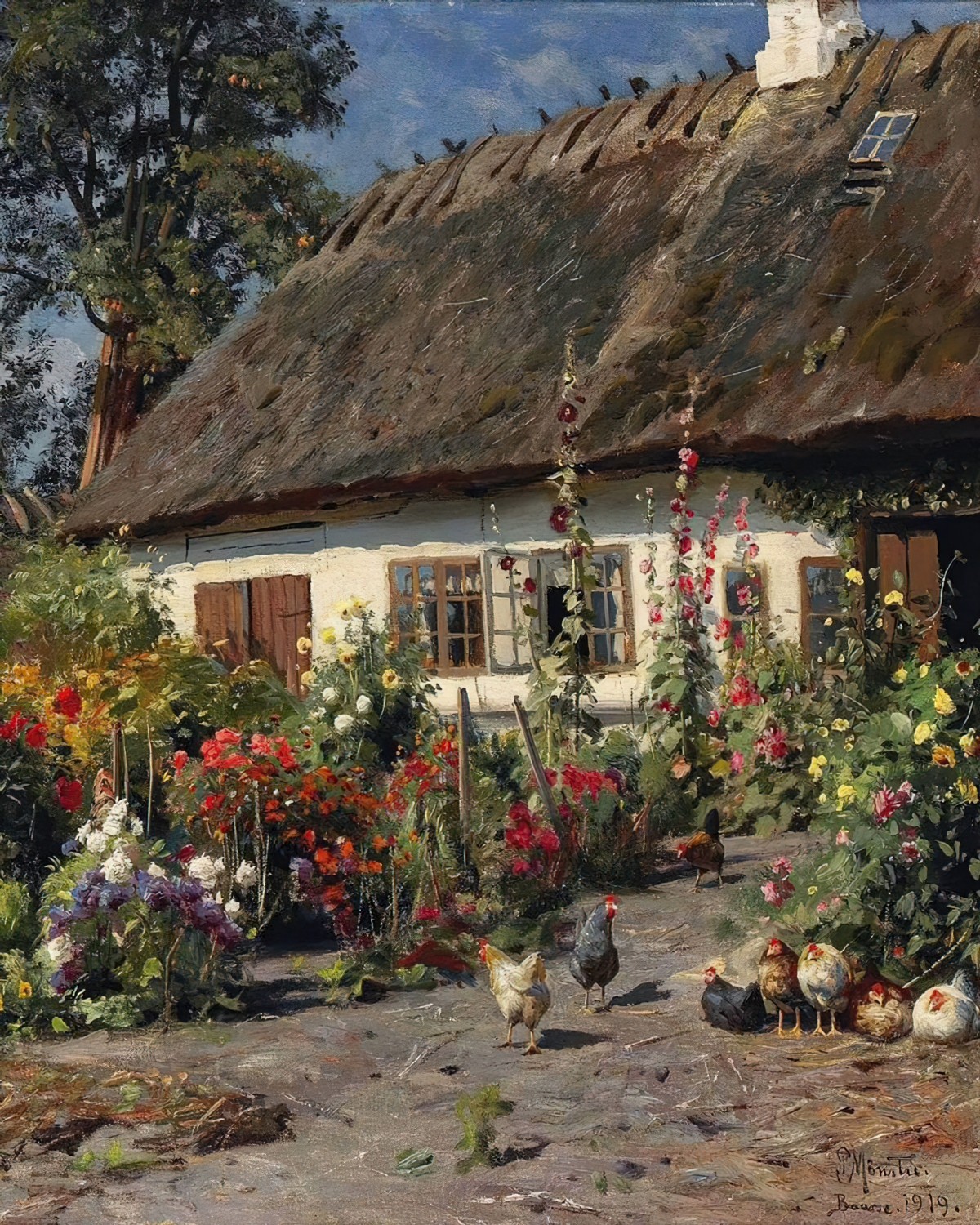
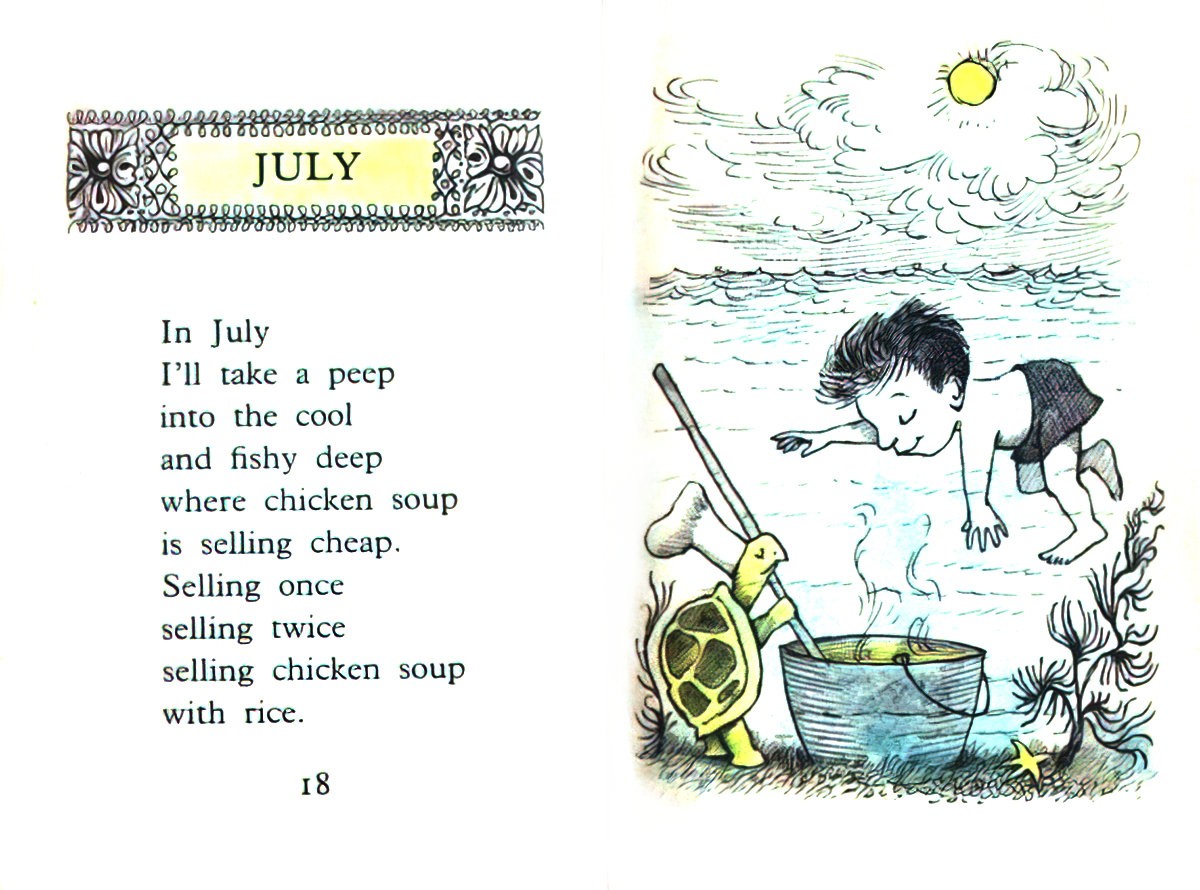
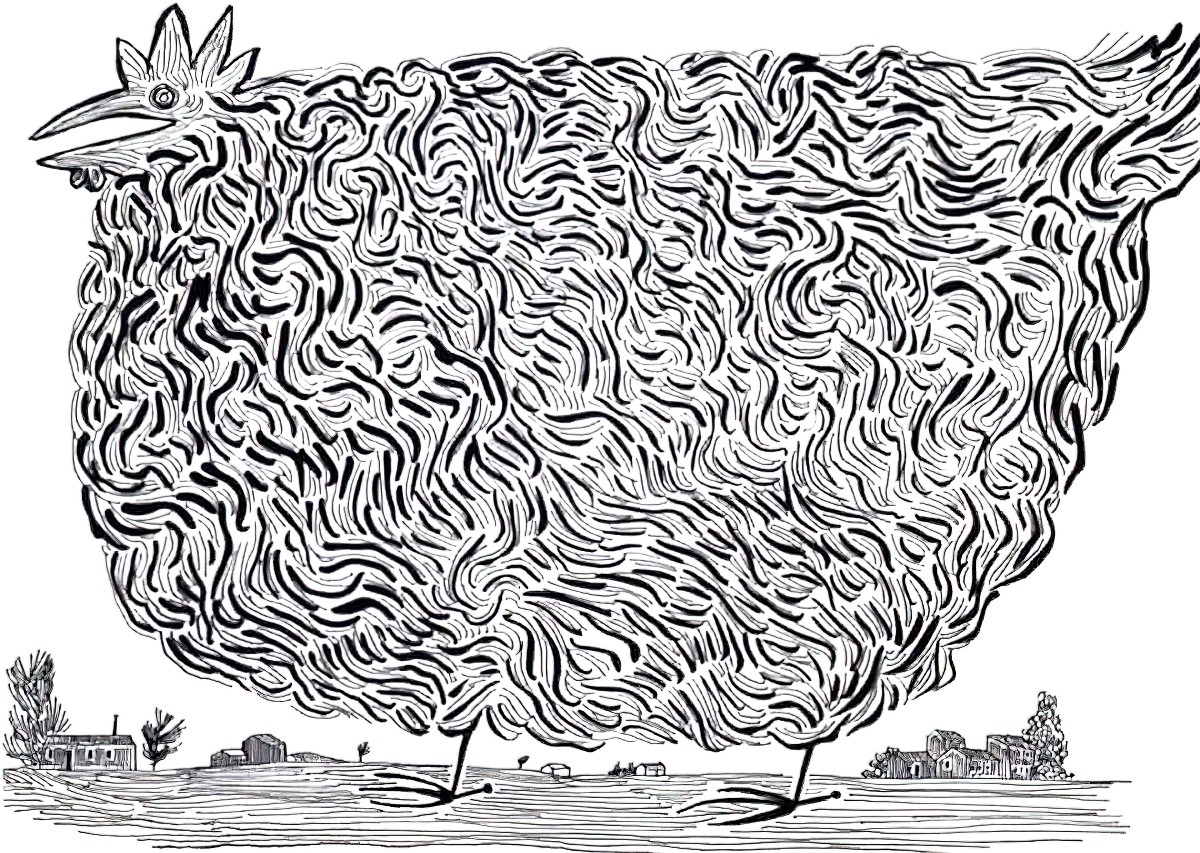
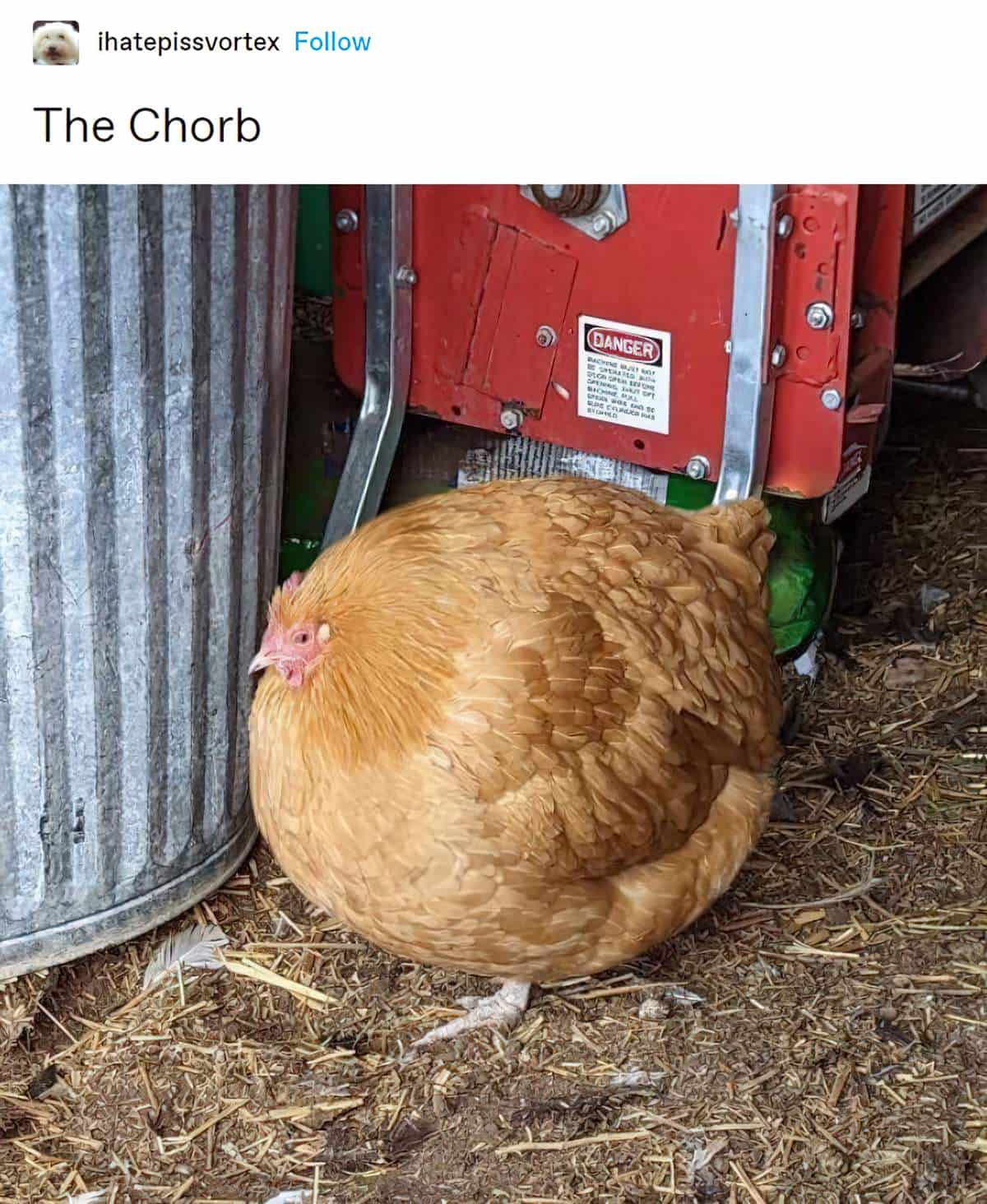
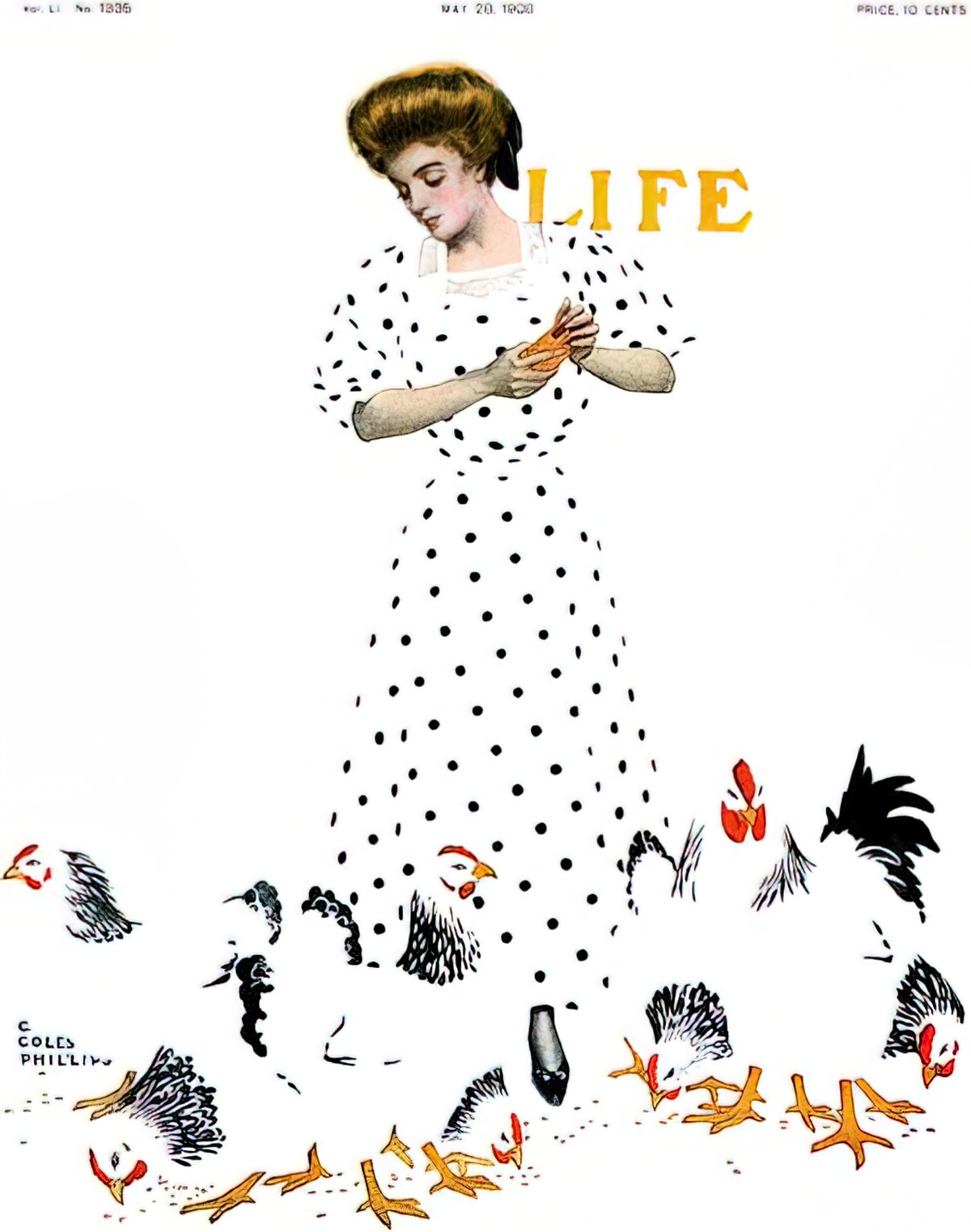
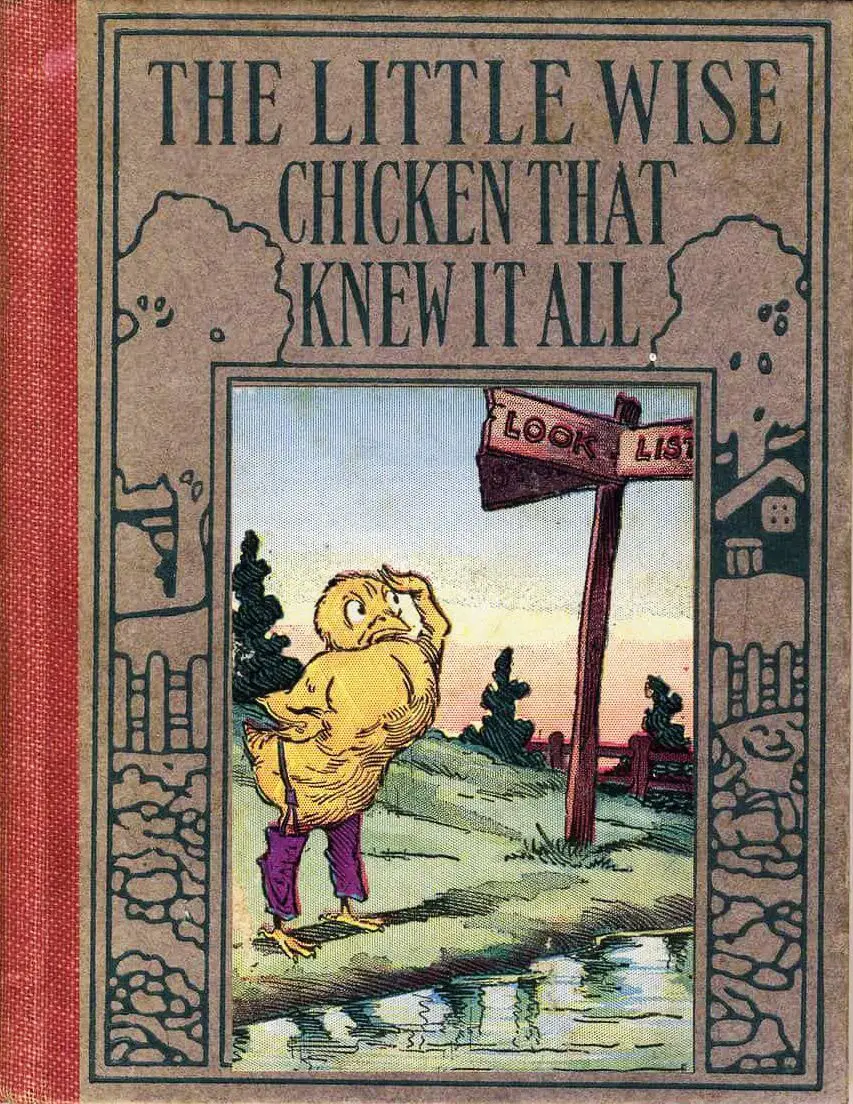
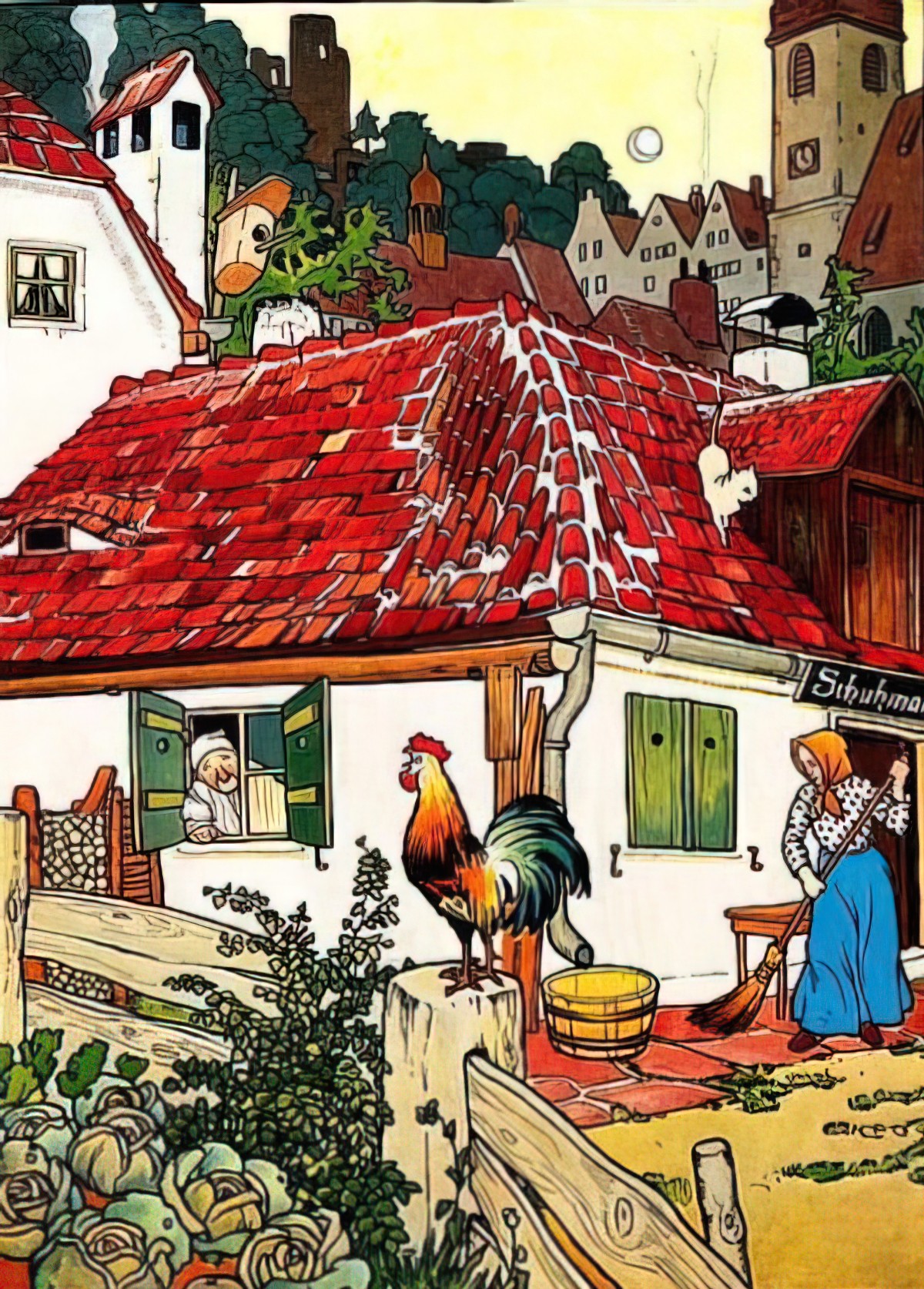
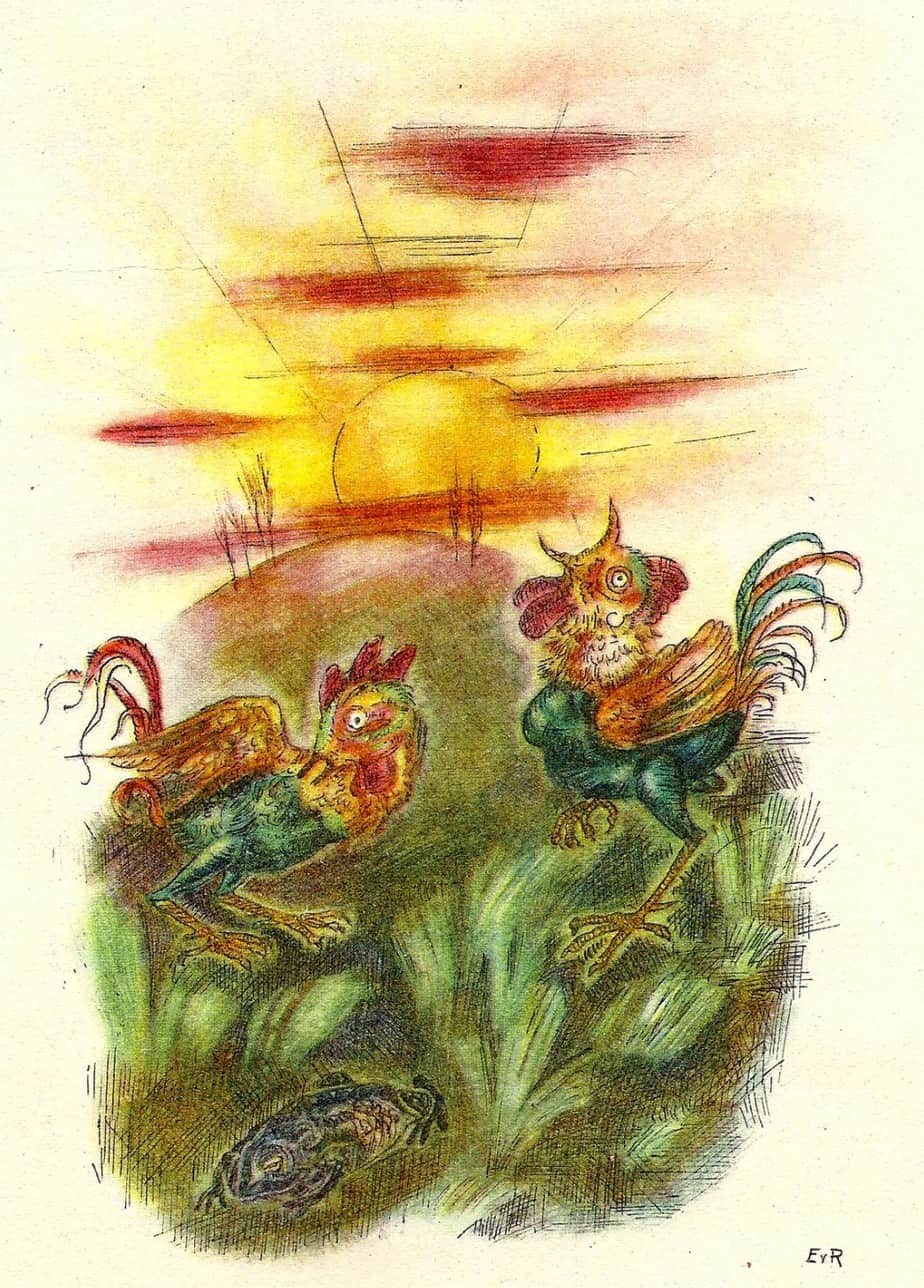
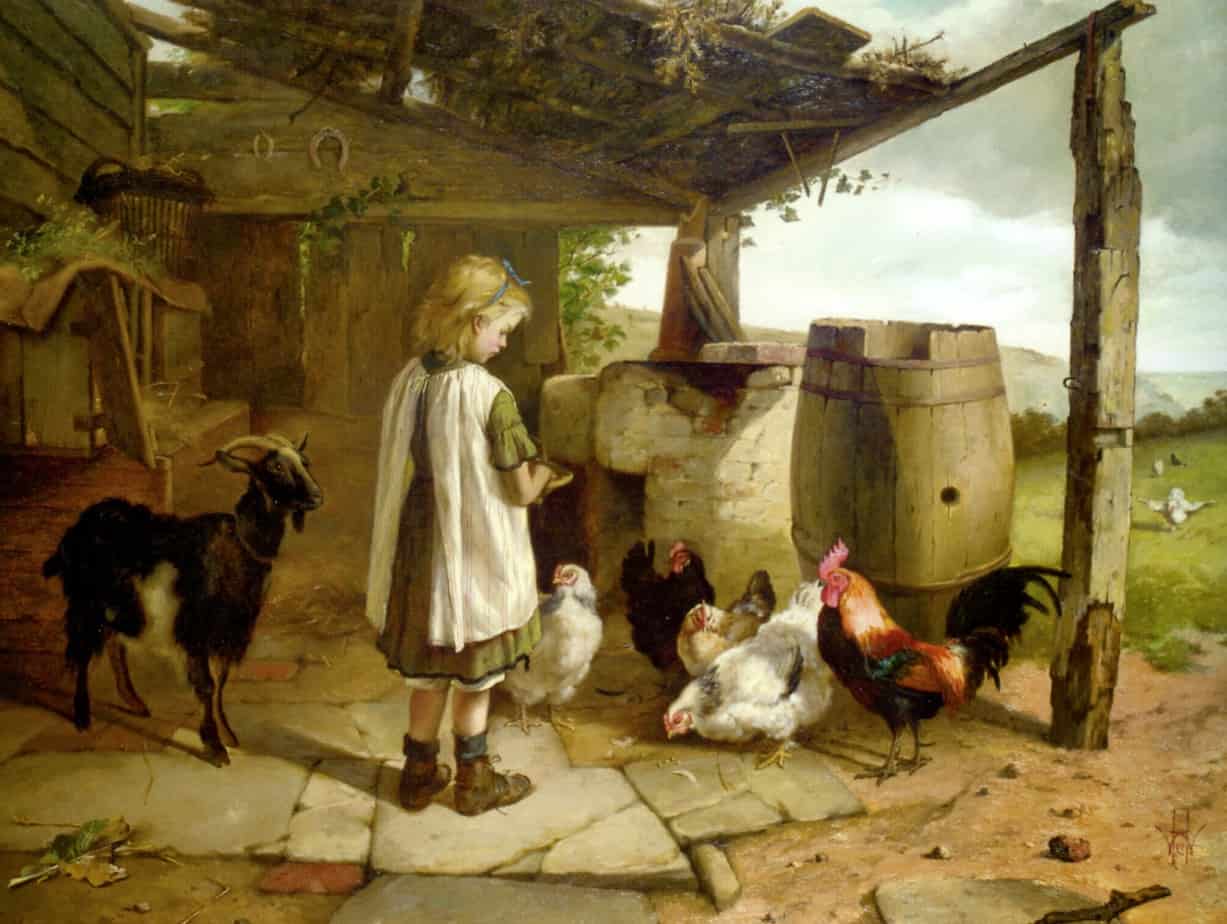
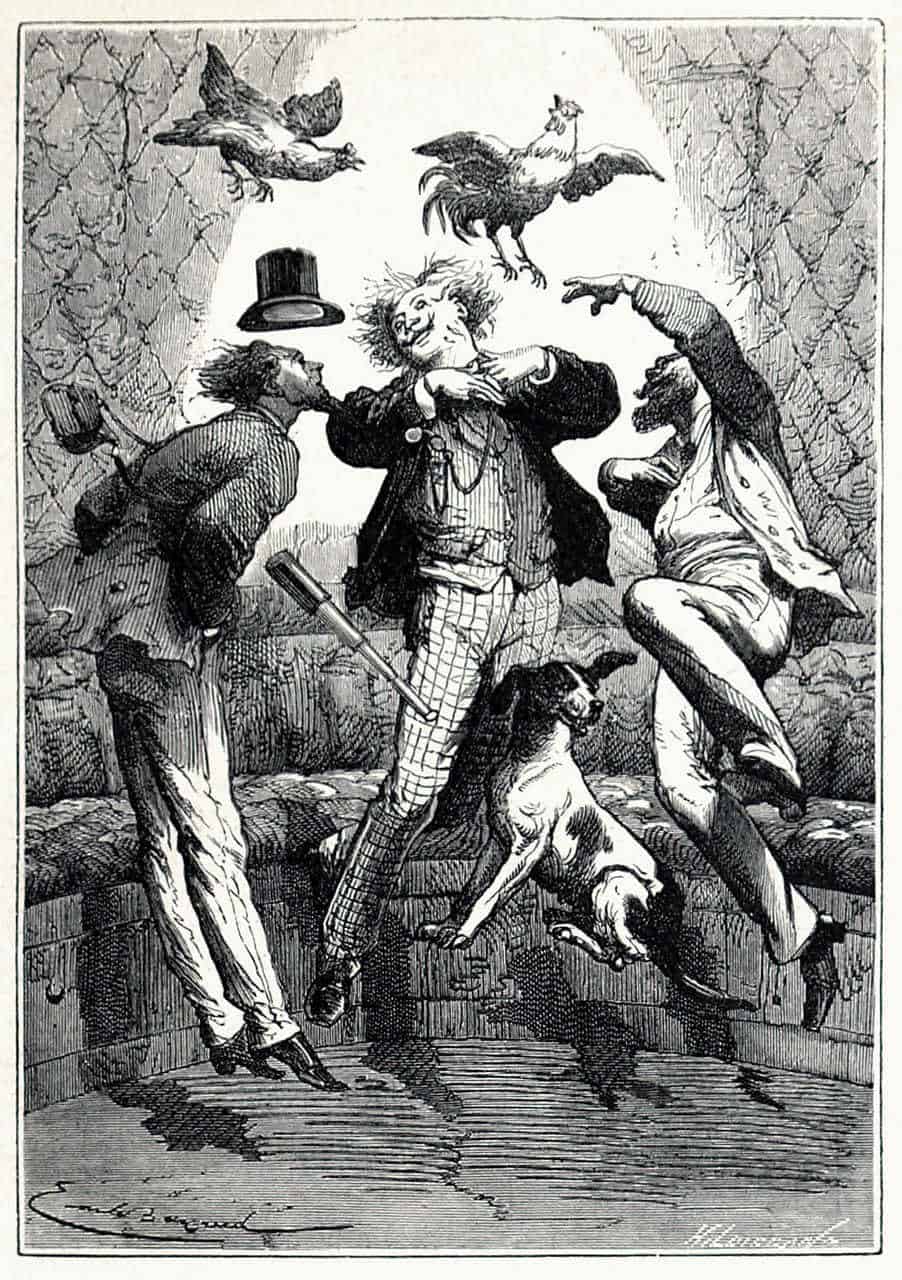
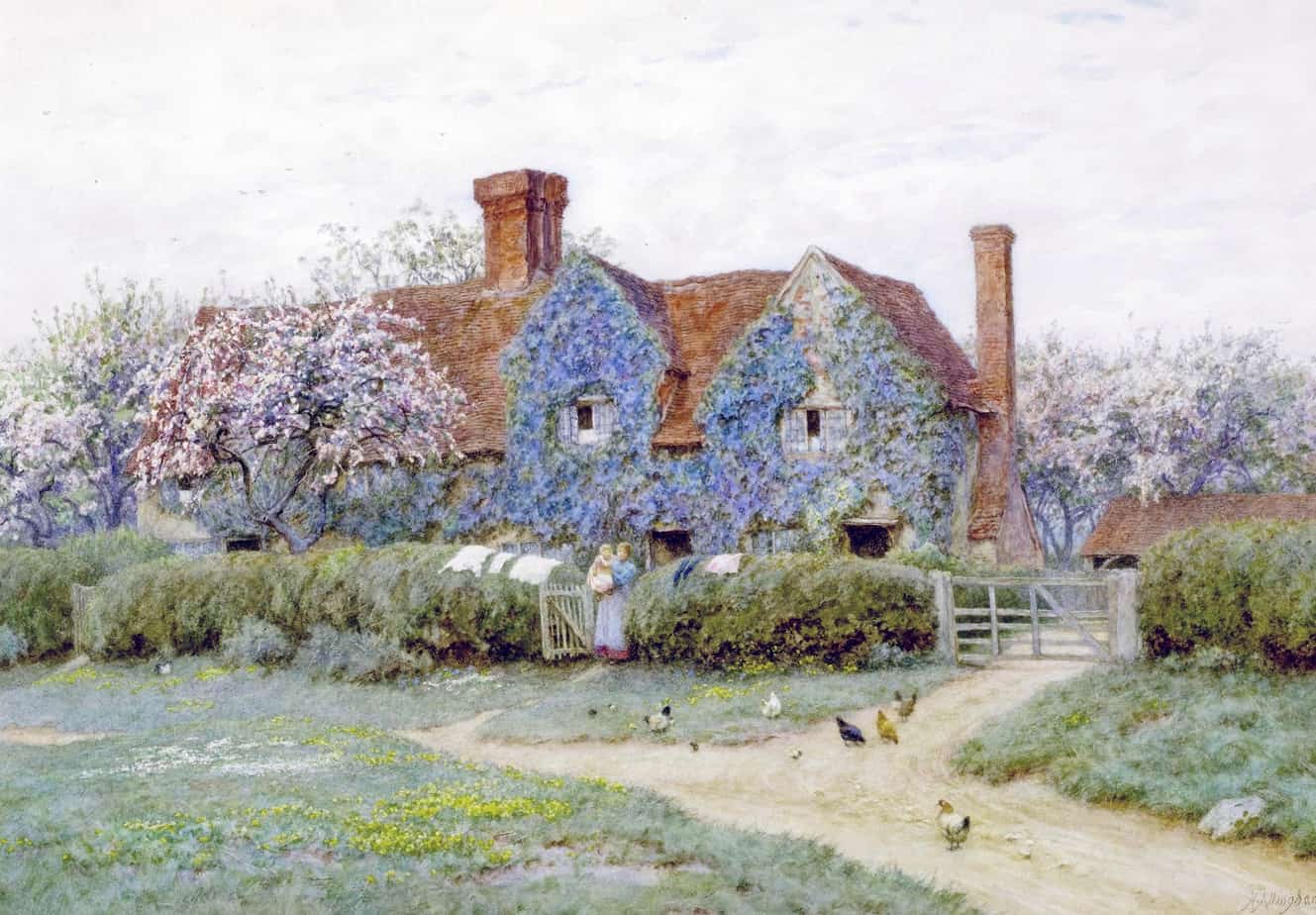
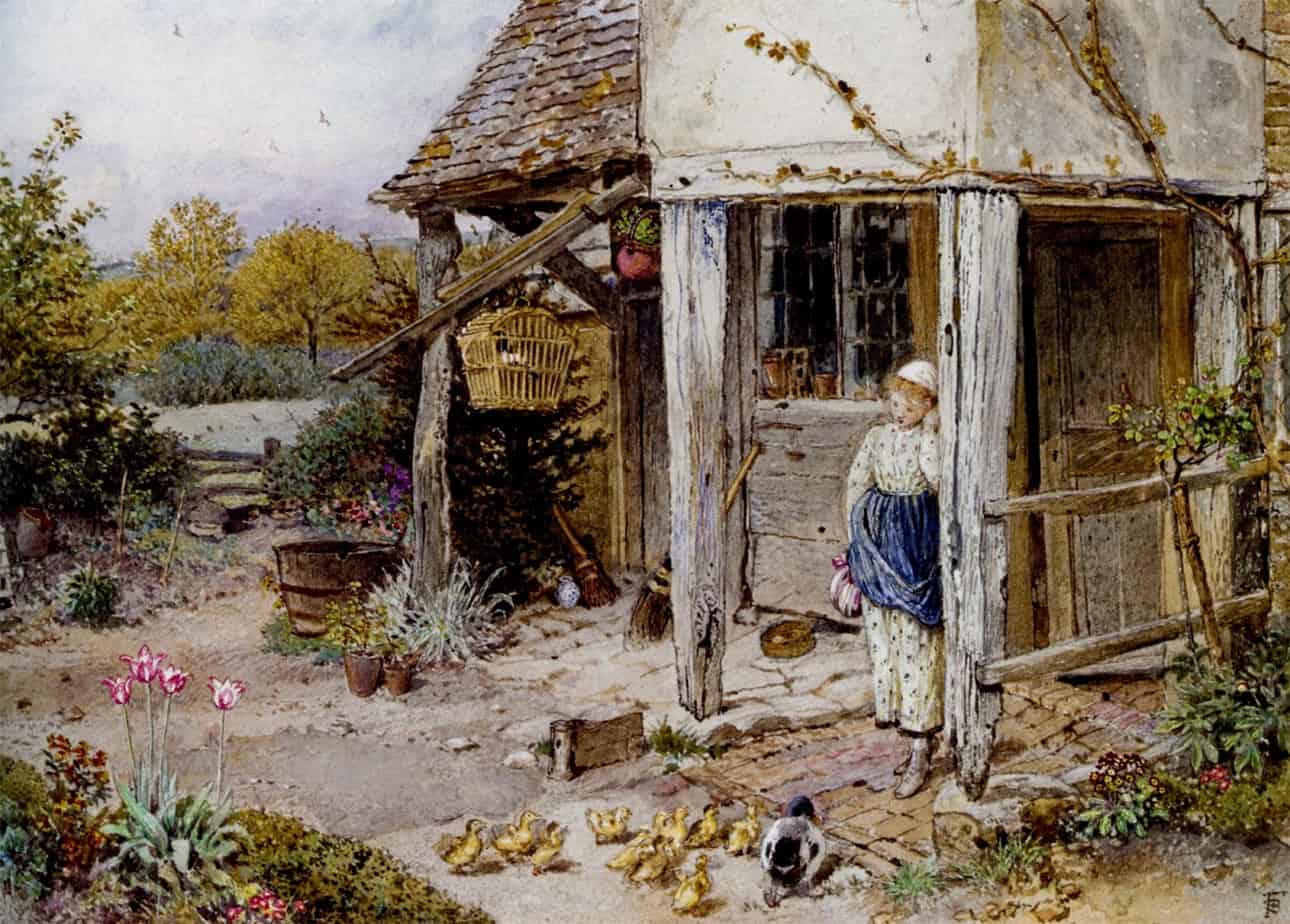
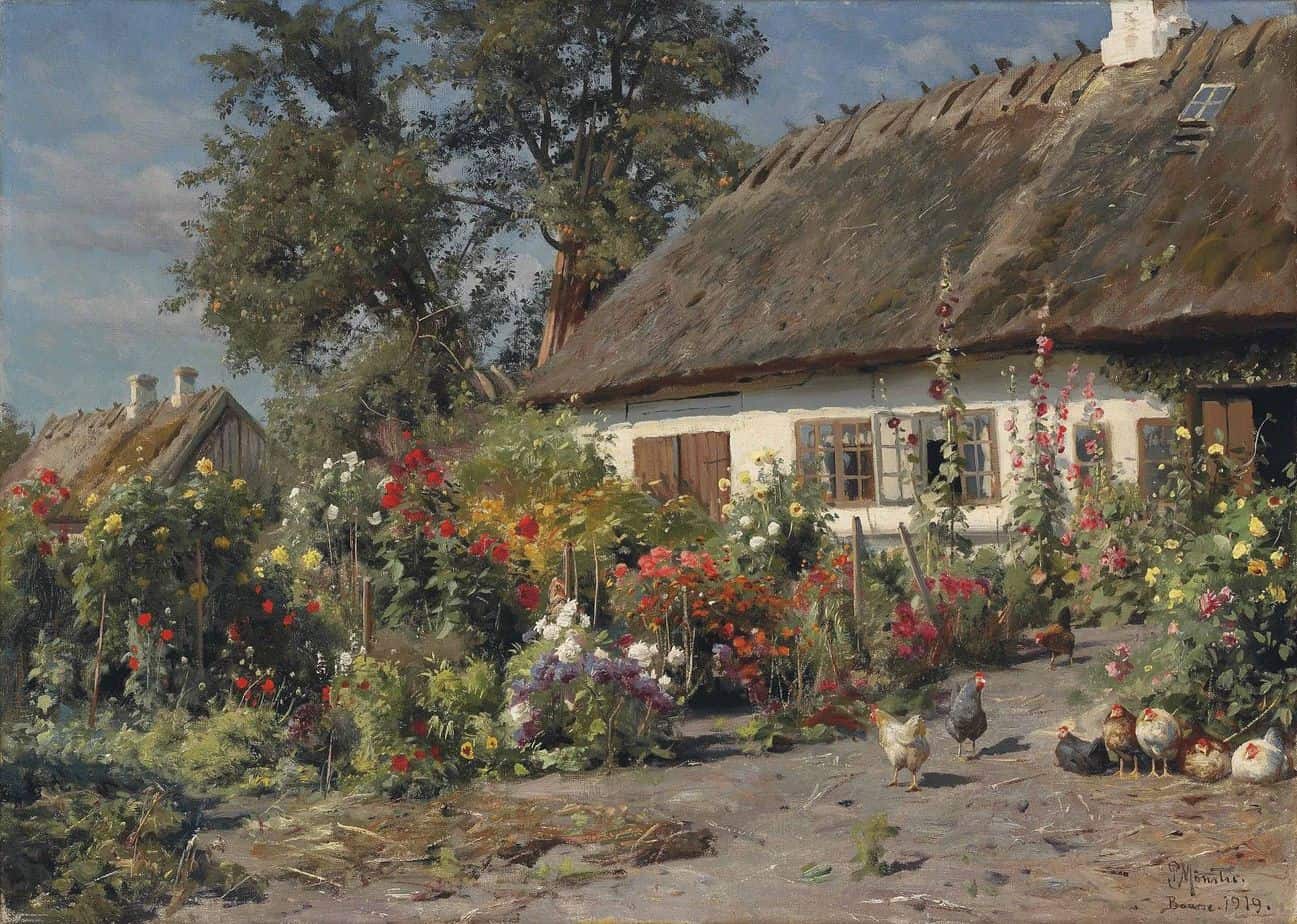
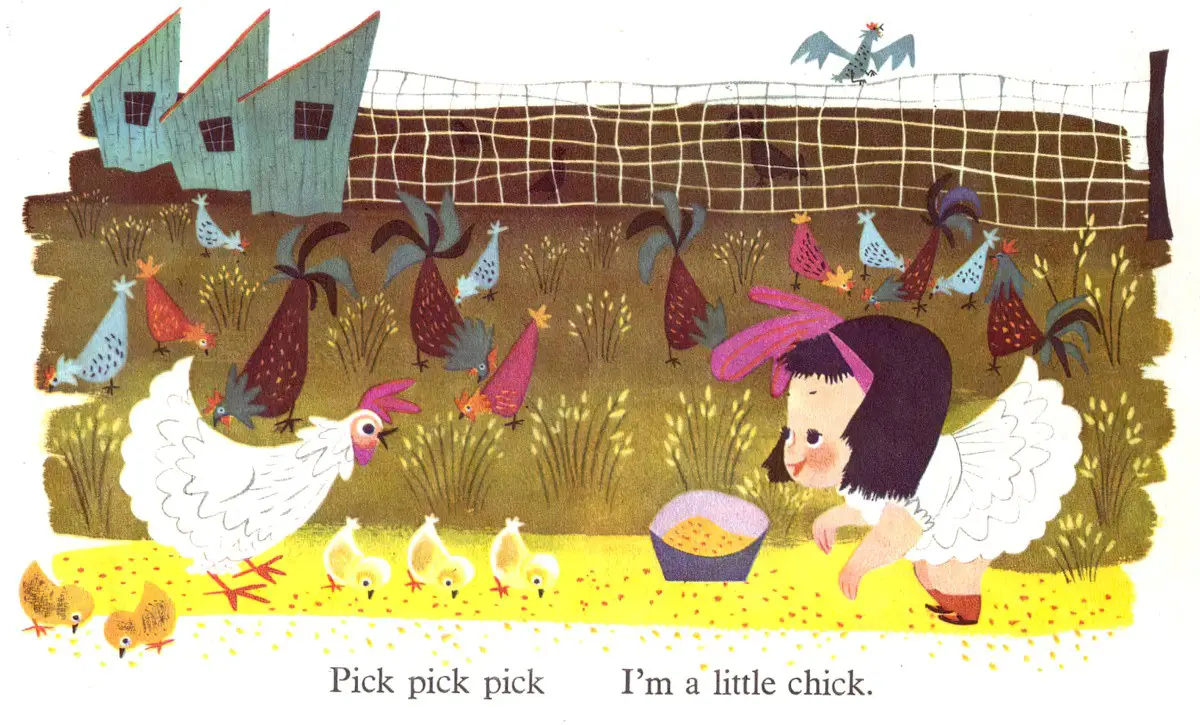
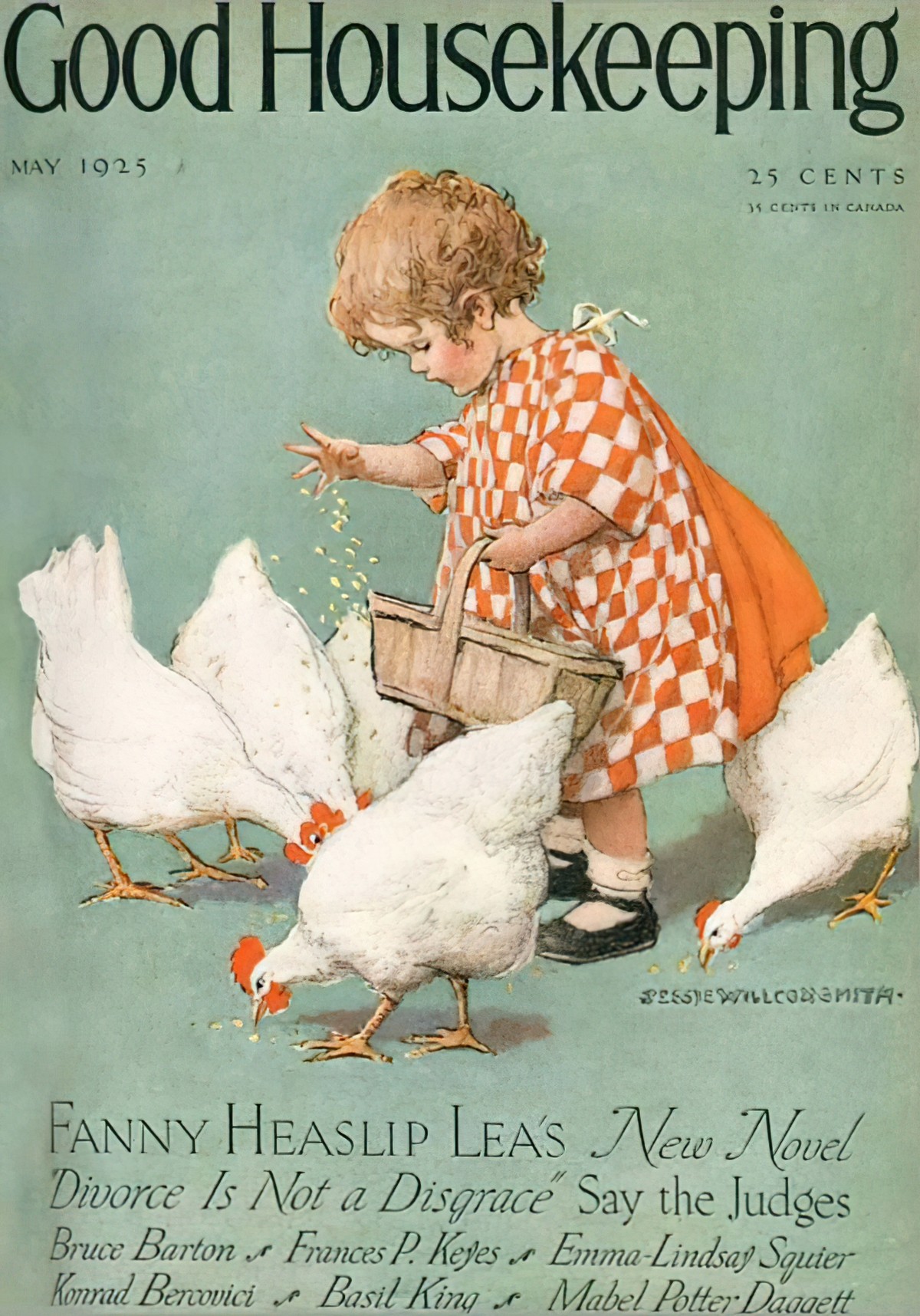
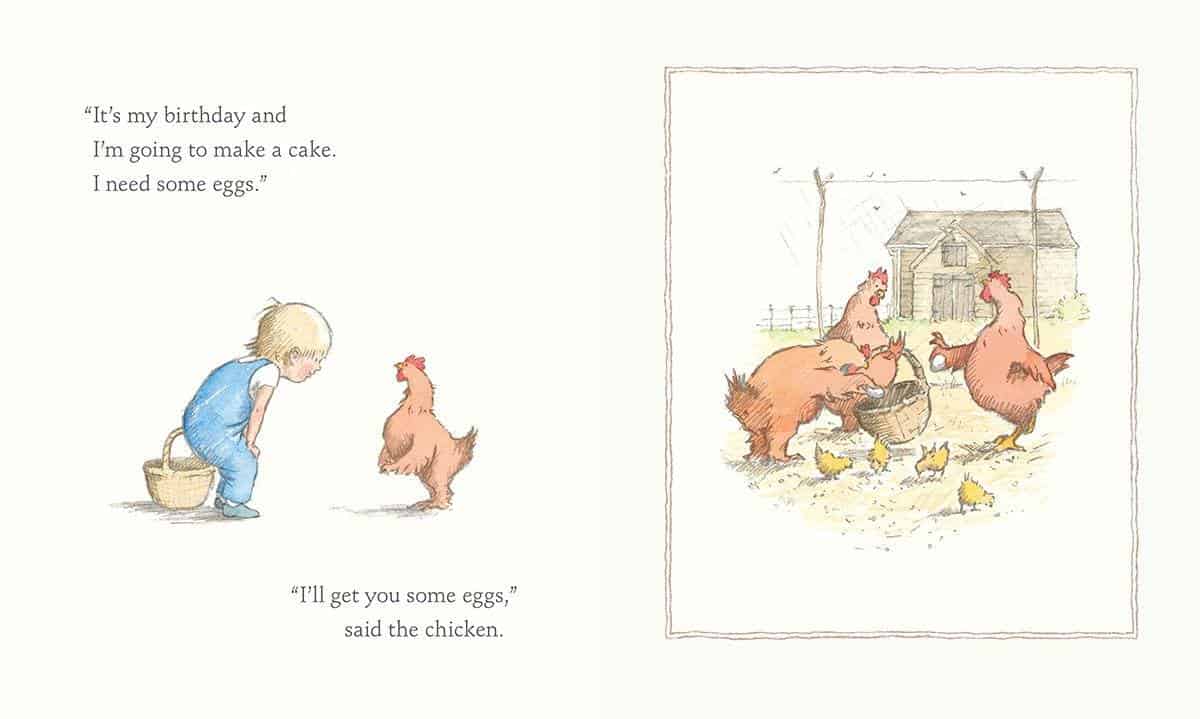
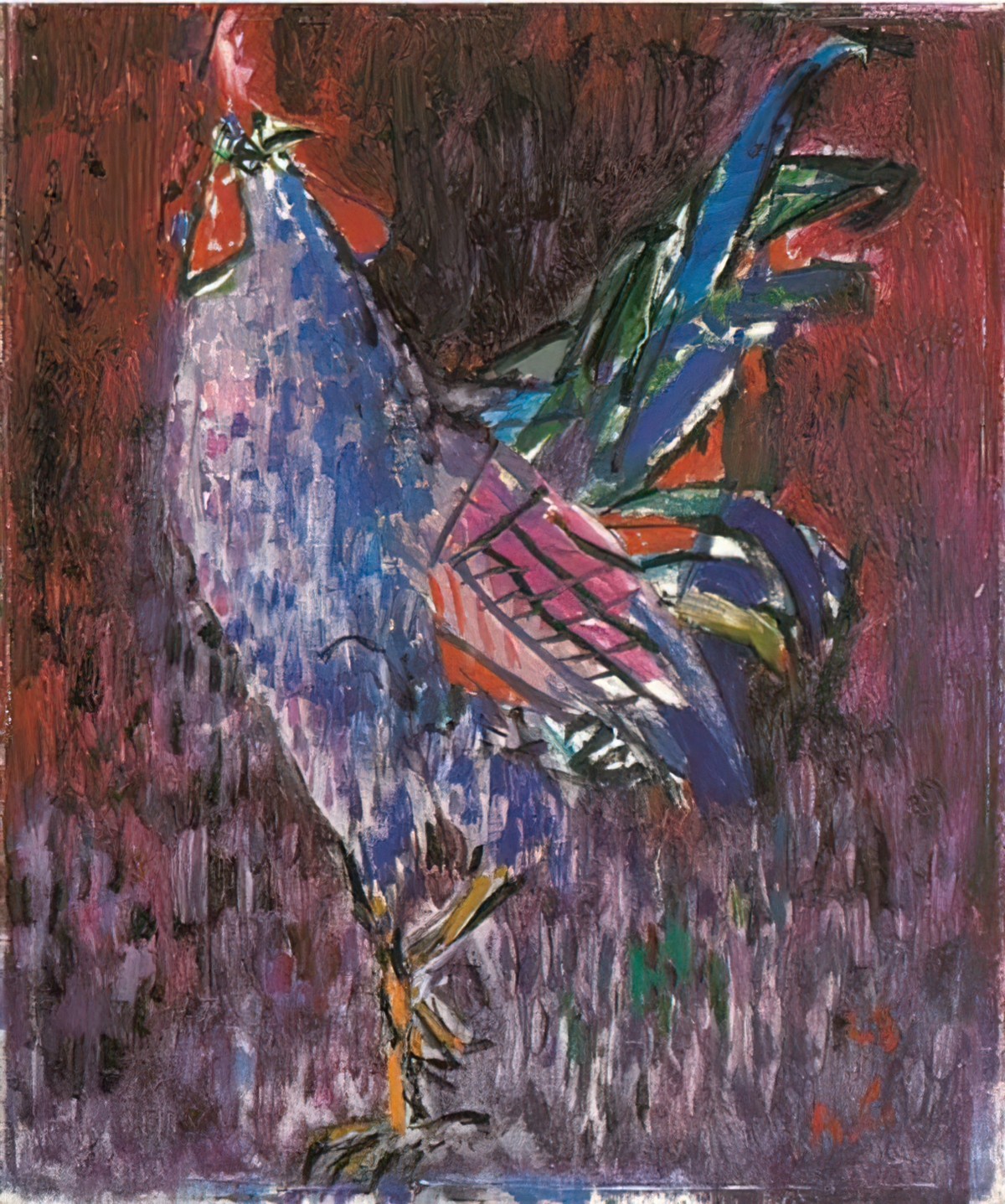
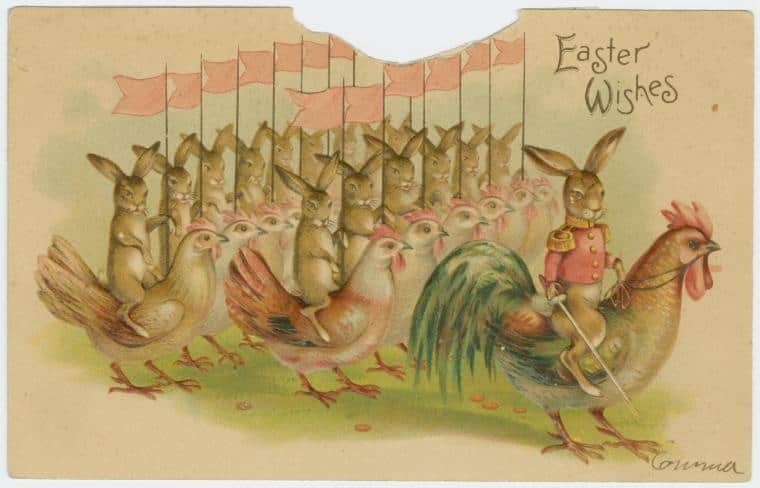
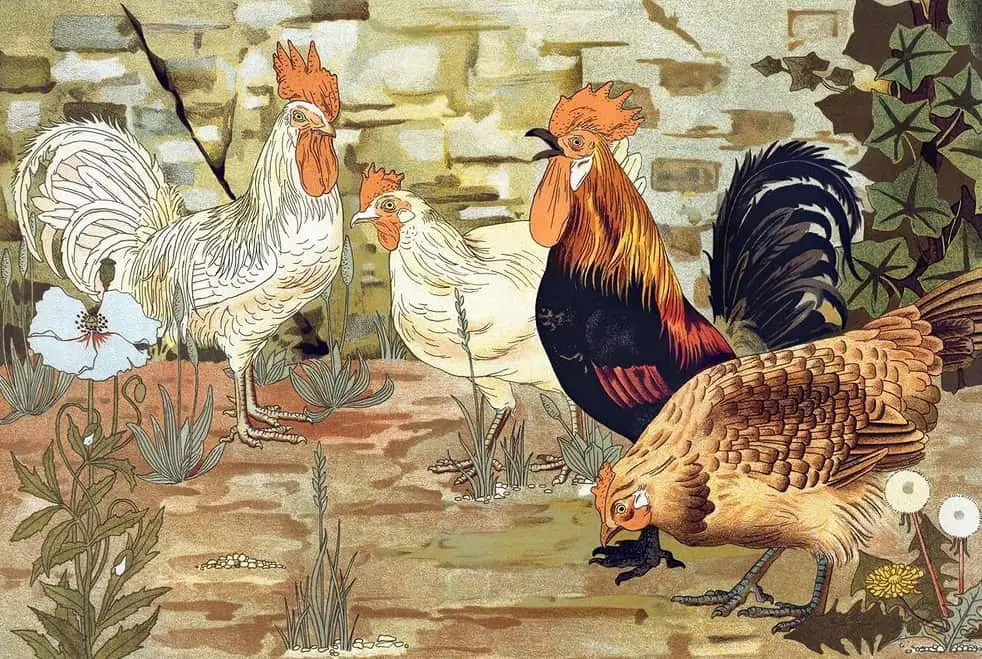
![Marie-Madeleine FRANC-NOHAIN [1878-1942] Alphabet In Pictures 1933 girl feeding chickens](https://www.slaphappylarry.com/wp-content/uploads/2021/08/Marie-Madeleine-FRANC-NOHAIN-1878-1942-Alphabet-In-Pictures-1933-chickens.jpg)
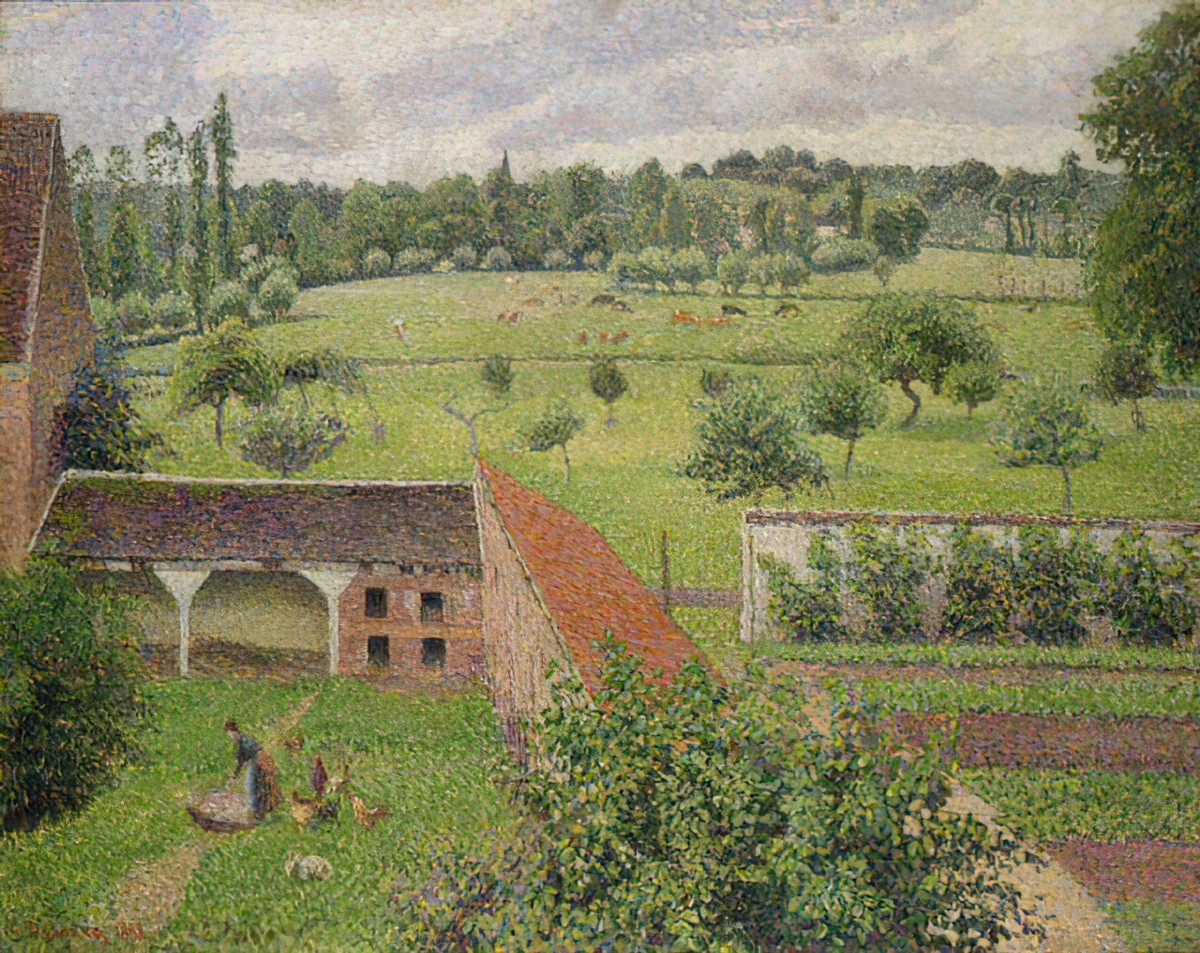
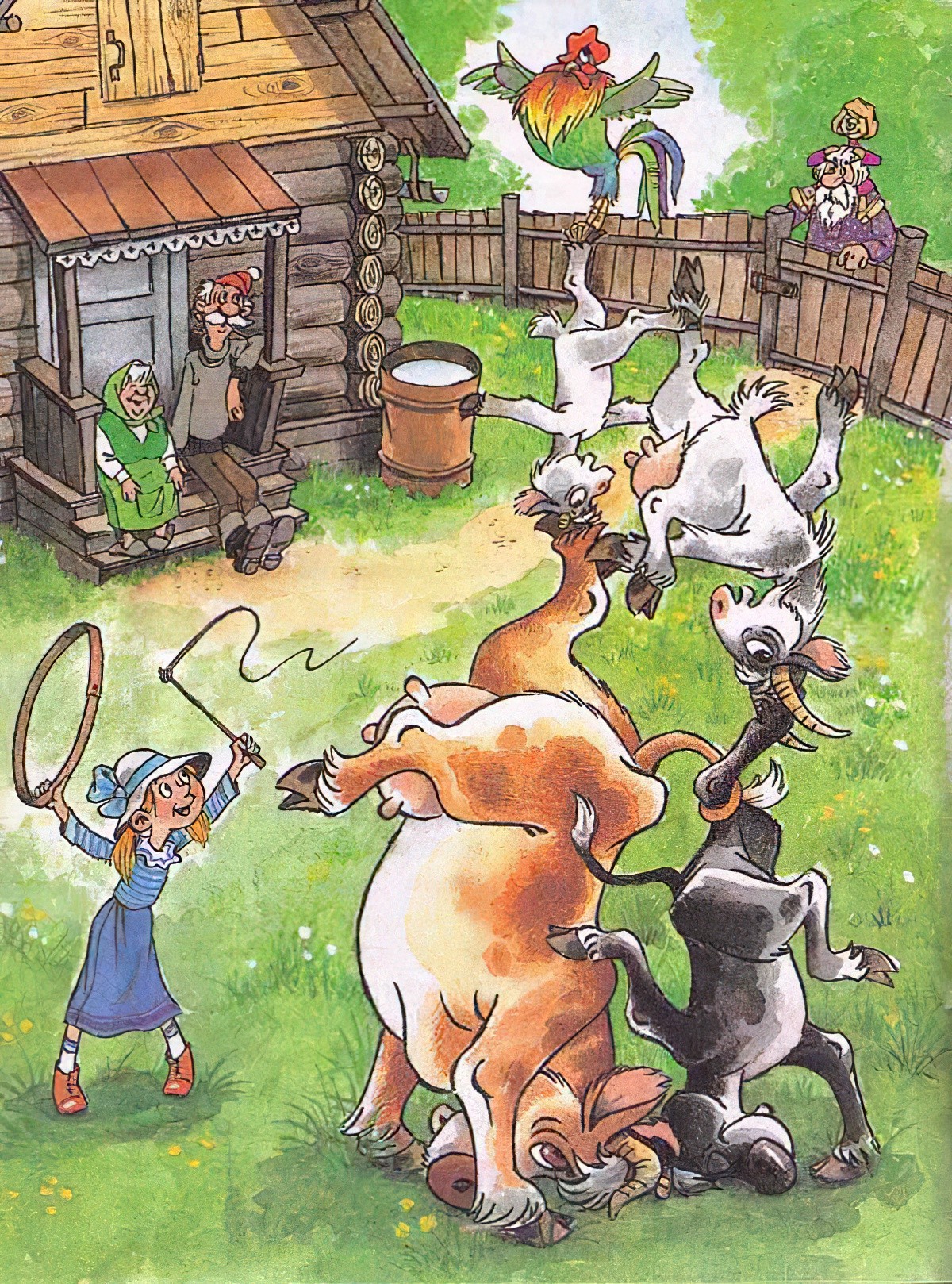
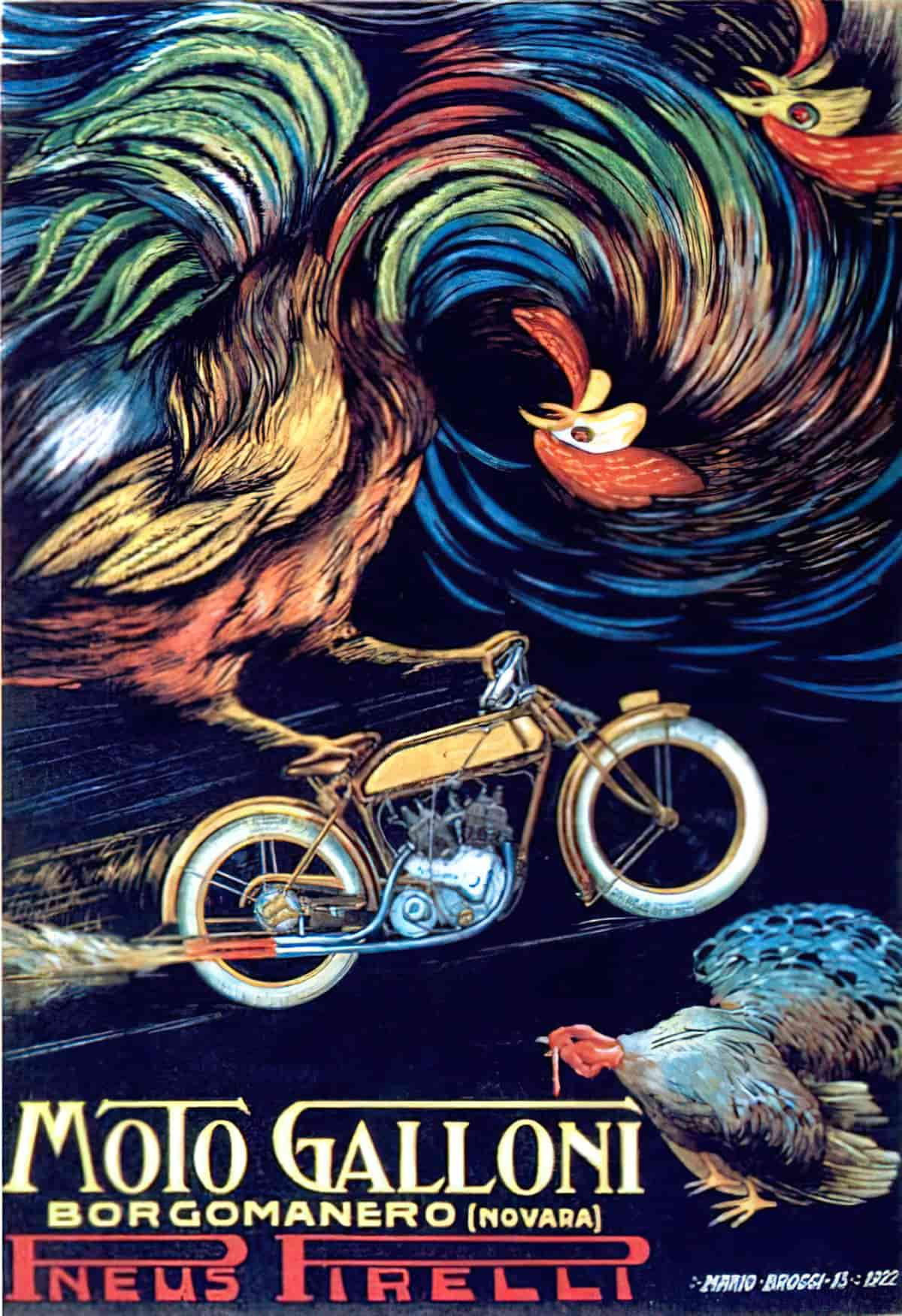
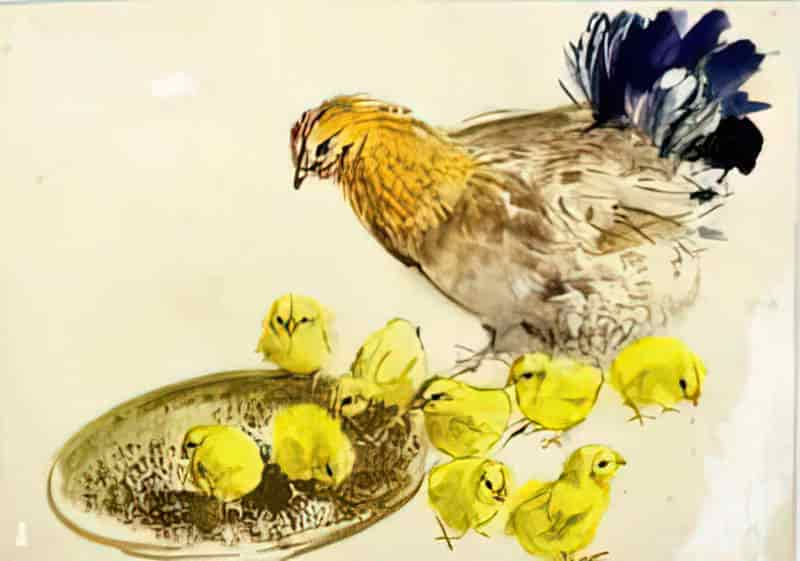
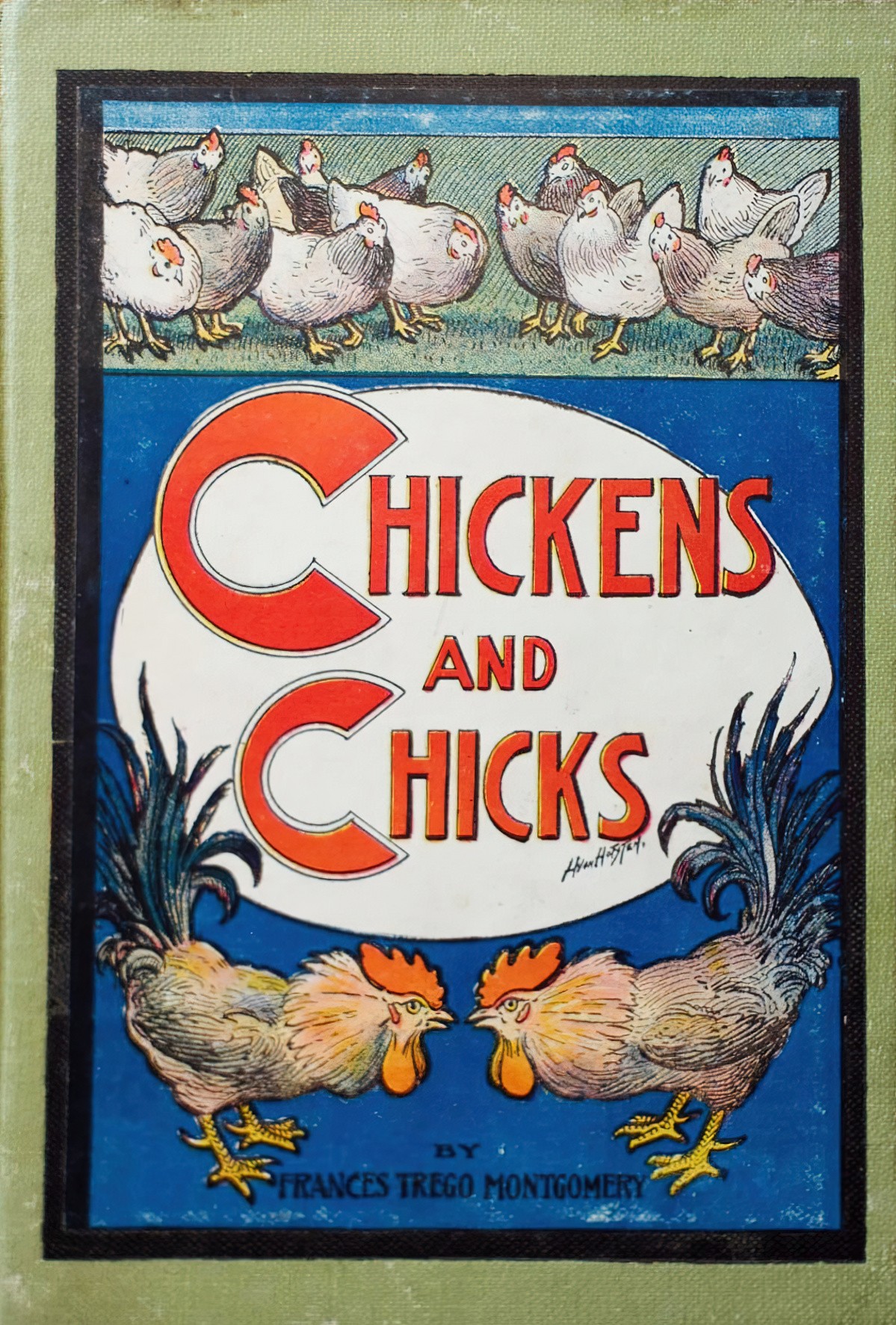
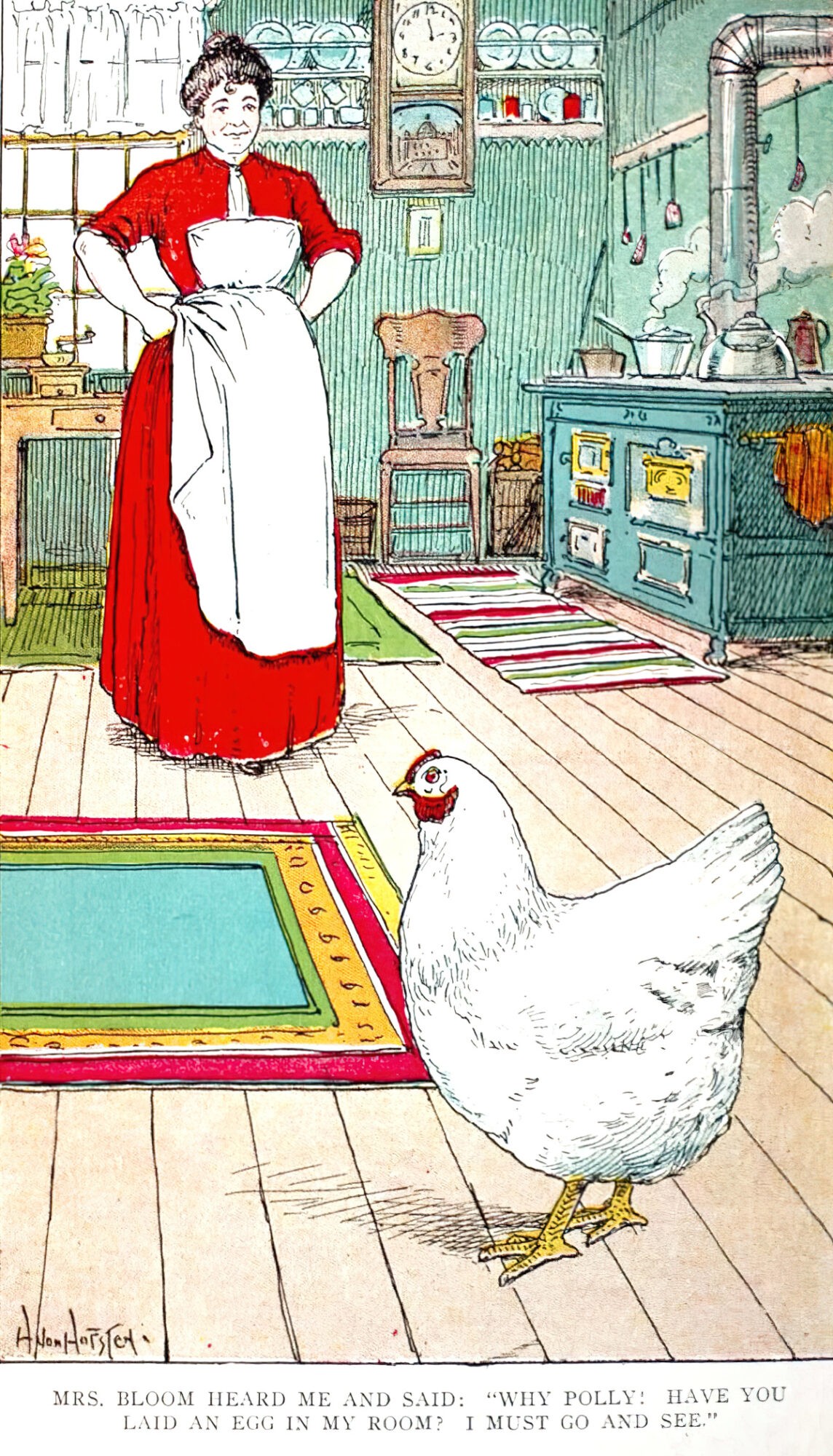
FURTHER READING
Children’s Stories Featuring Chickens
The Chicken Book by Garth Williams
Mr Chicken Goes To Paris by Leigh Hobbs
Roosters and Harlequin
The chanters or chorus often wore masks. Eventually one person, a character who was associated with the Phallus, the symbol of fertility surrounding the Dionysus worship, began the practice of interacting with the chorus. Over time, another character was added to express the God/hero and eventually yet another, as the unheroic comic or komos reveller.
A ludicrous figure with distorted mask, padded belly and buttocks and a large artificial phallus. In keeping with this costume the language of the dialogue was full of frank obscenity, a feature of ordinary life. The procession initially sang unison hymns in a horse-shoe formation round a central alter of Dionysus. Gradually these hymns evolved into interactive secular stories.
“They were enlivened by the antics of the satyrs – half men, half goats – who were the attendants of Dionysus.”
The costume of the comic actor was, as might be expected, less hampering, since he needed to be something of an acrobat. He usually wore soft slippers (socci), flesh-coloured tights and a short tunic, grotesquely padded. Masks were exaggerated for comic affect. The attendants of Dionysus in the satyr play wore short furry breeches to which was attached a tail.
It appears that the requirement for early comics to be nimble is a tradition, which has evolved and been folded into the term, harlequinesque. However the attributes of the c*ck is also a consideration. Hugill, tells us along with the wearing of animal heads, some clowns wore the popular c*cks’ head. “The c*ck was considered a stupid, vain and libidinous creature and the character wearing this headdress would be interpreted as having the same traits.”
Dressing and Undressing The Harlequin
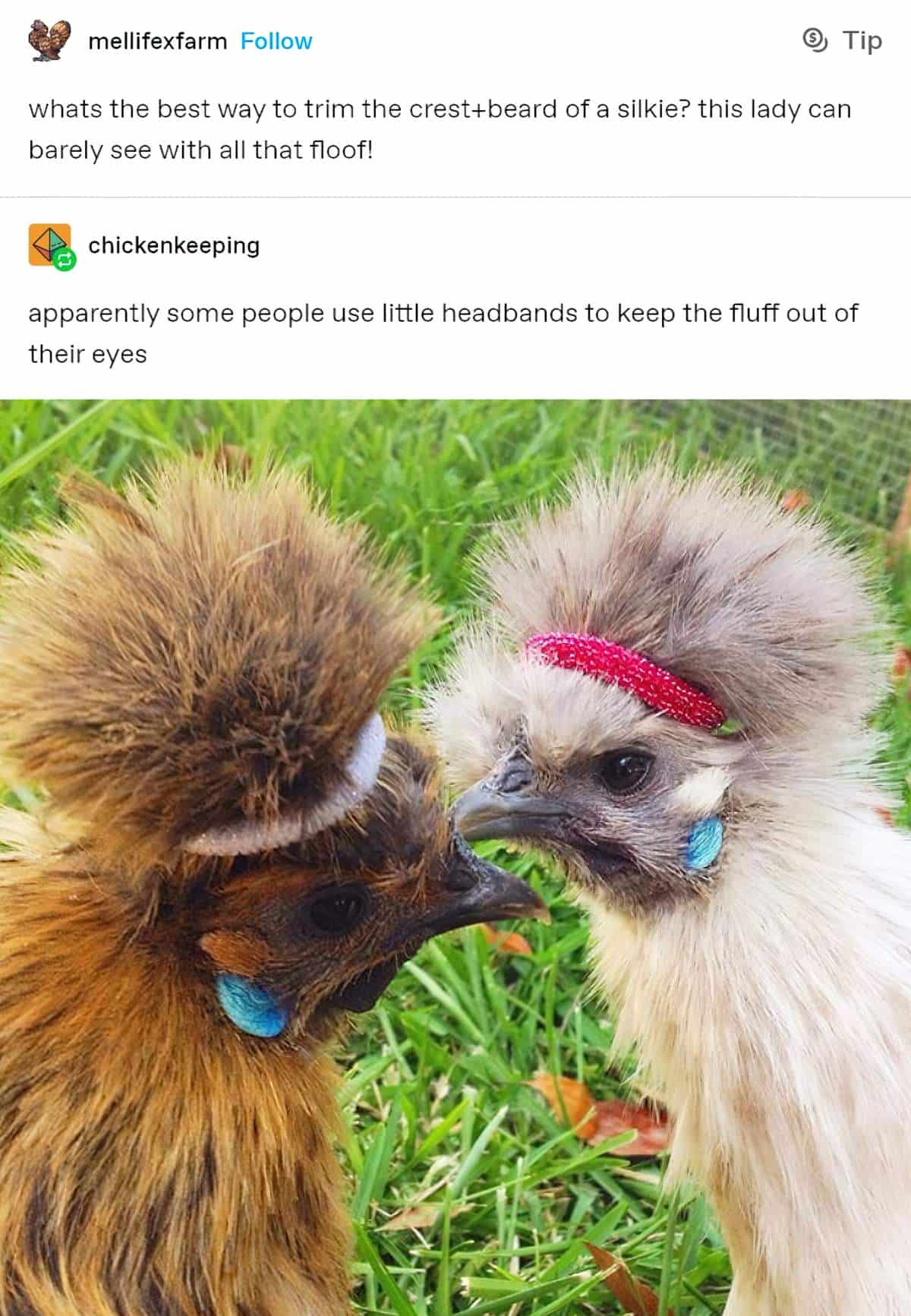
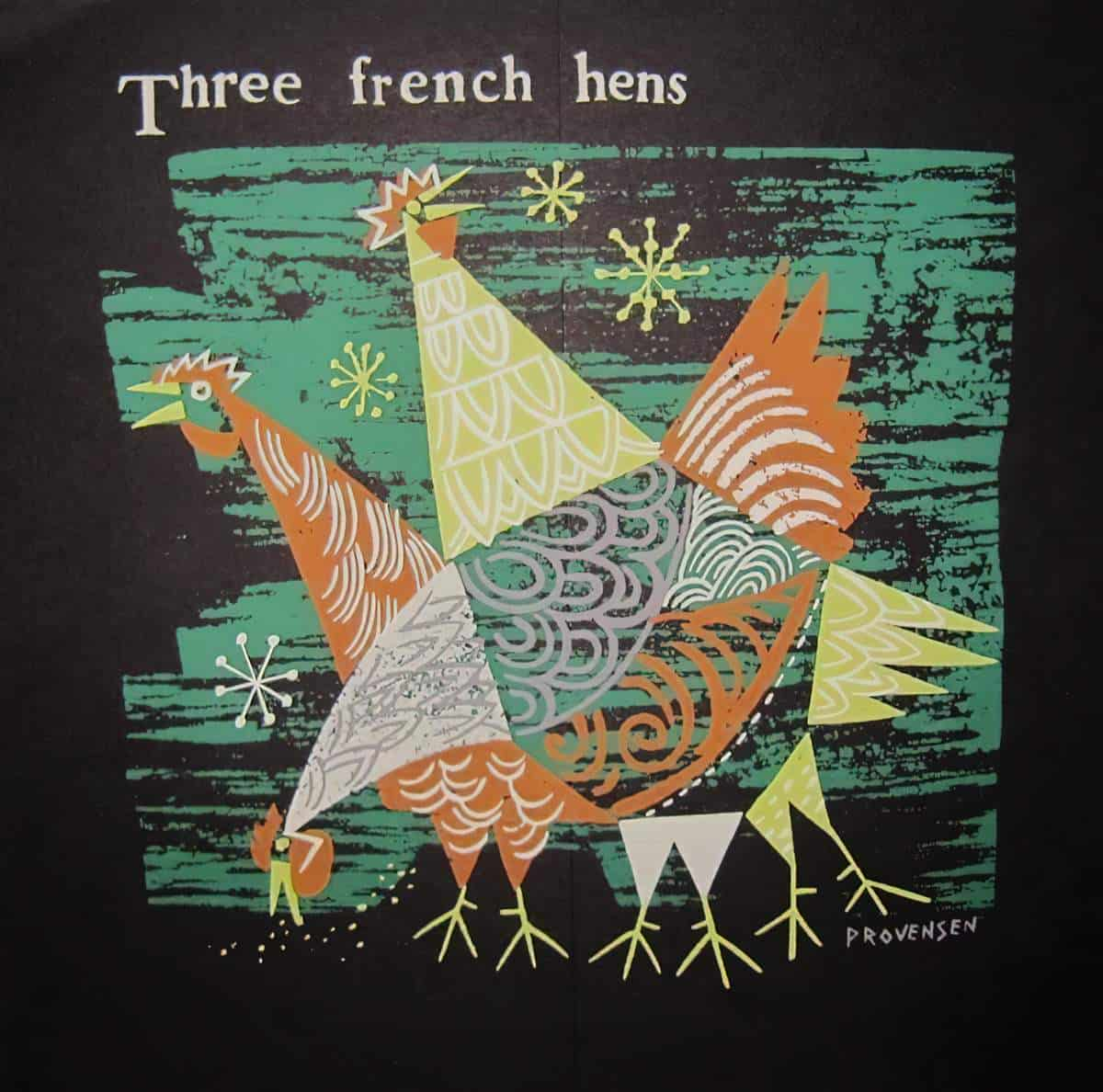
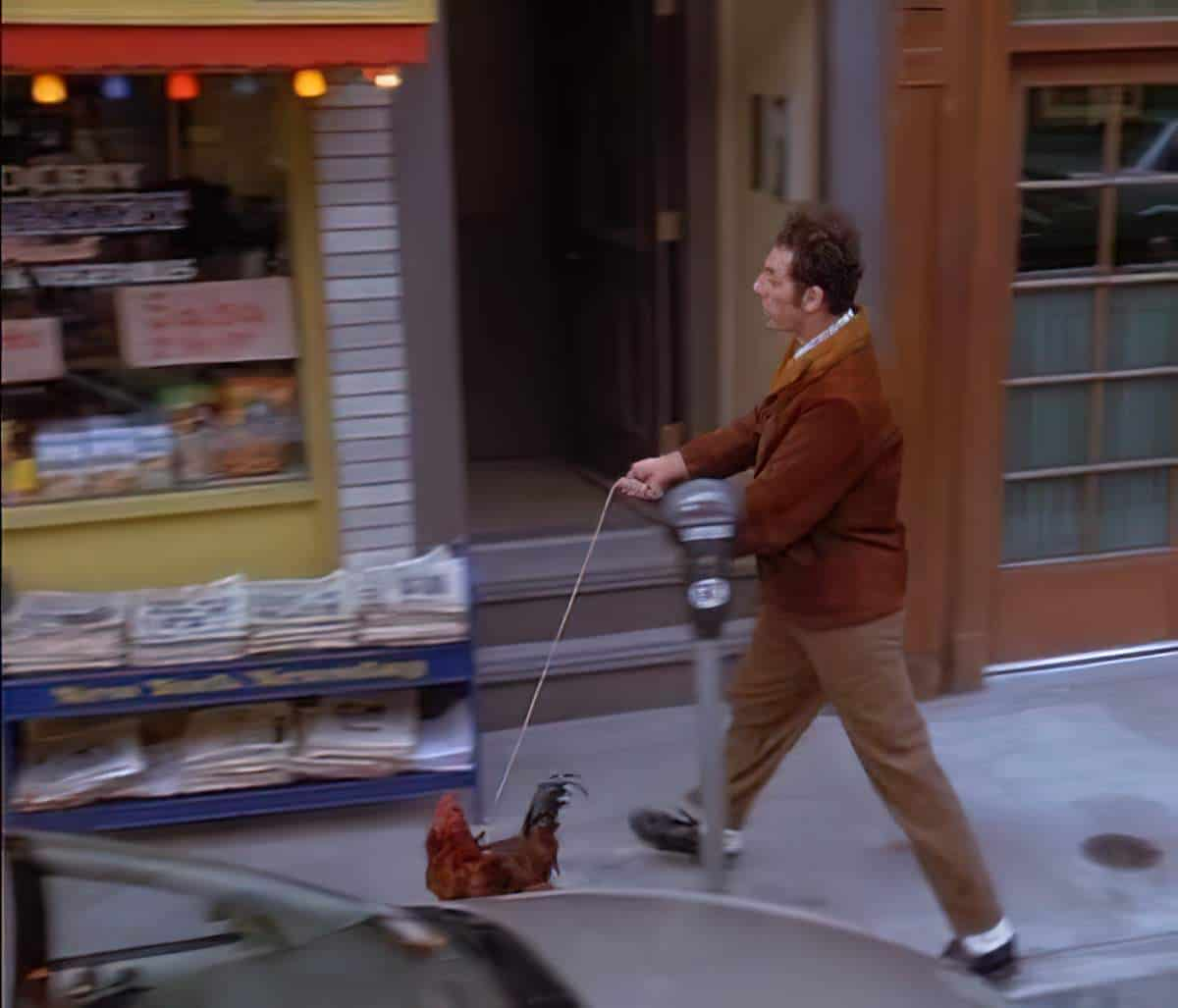
Header art: ACHTER DE BERGEN (1979) Lilo Fromm
